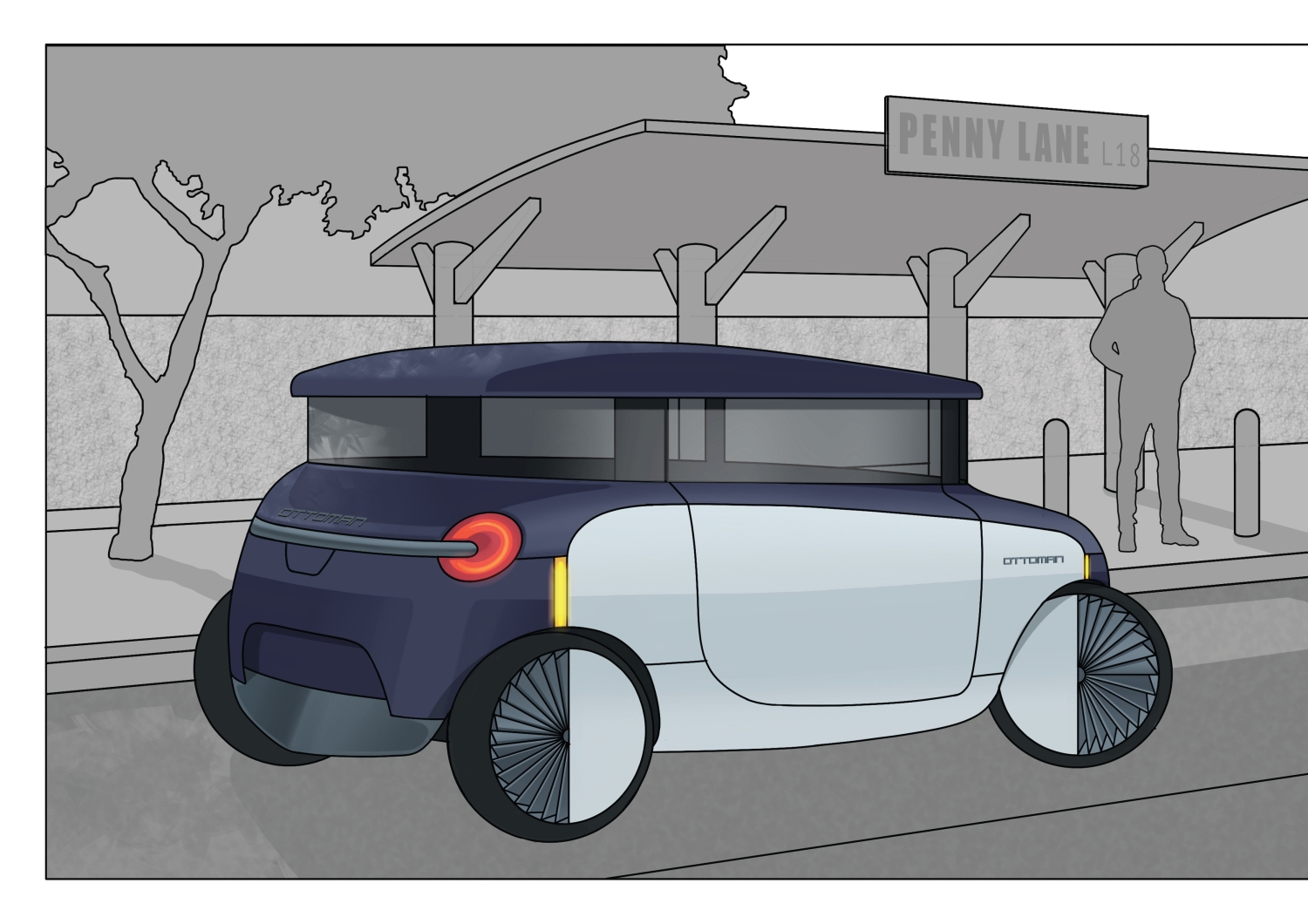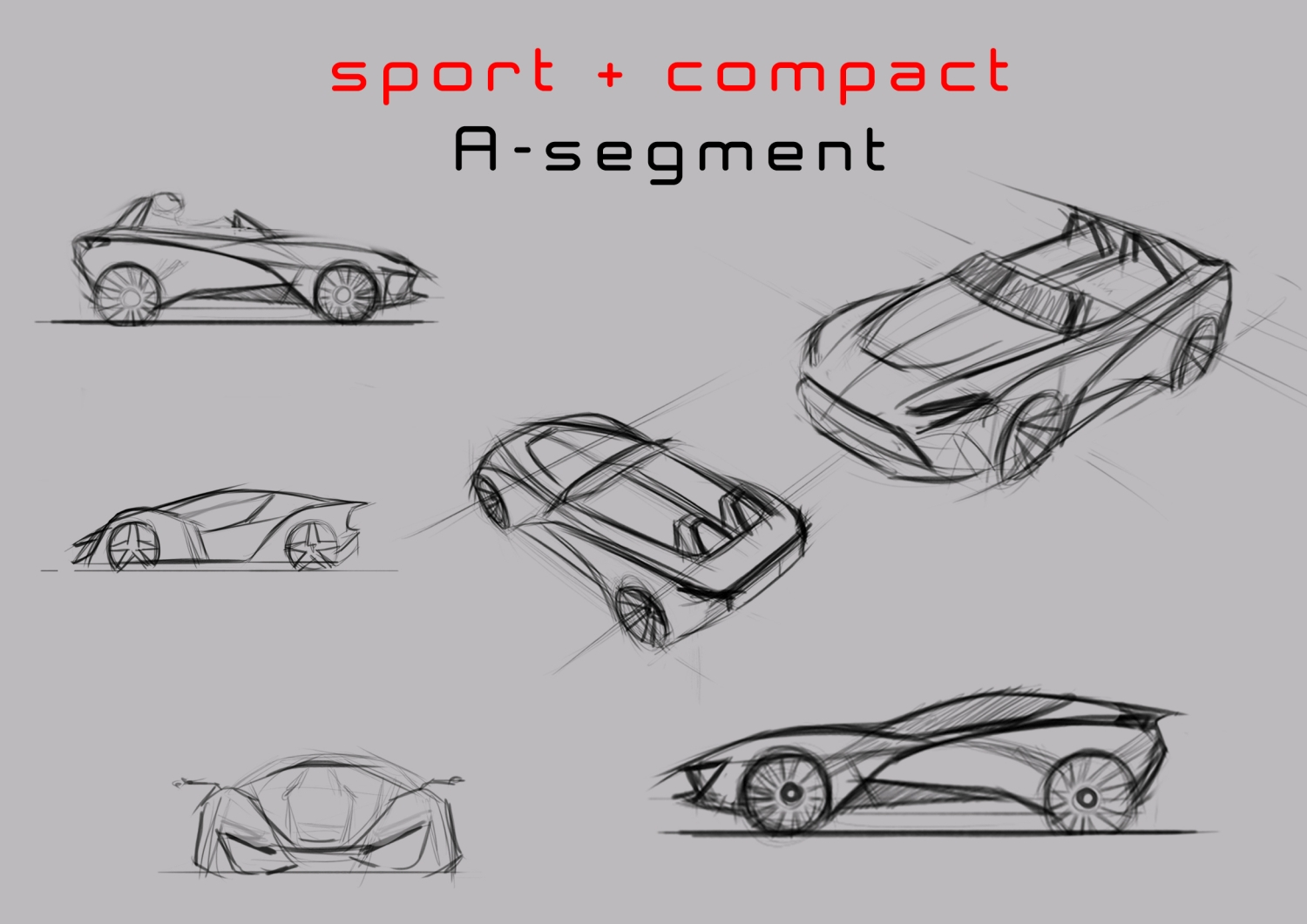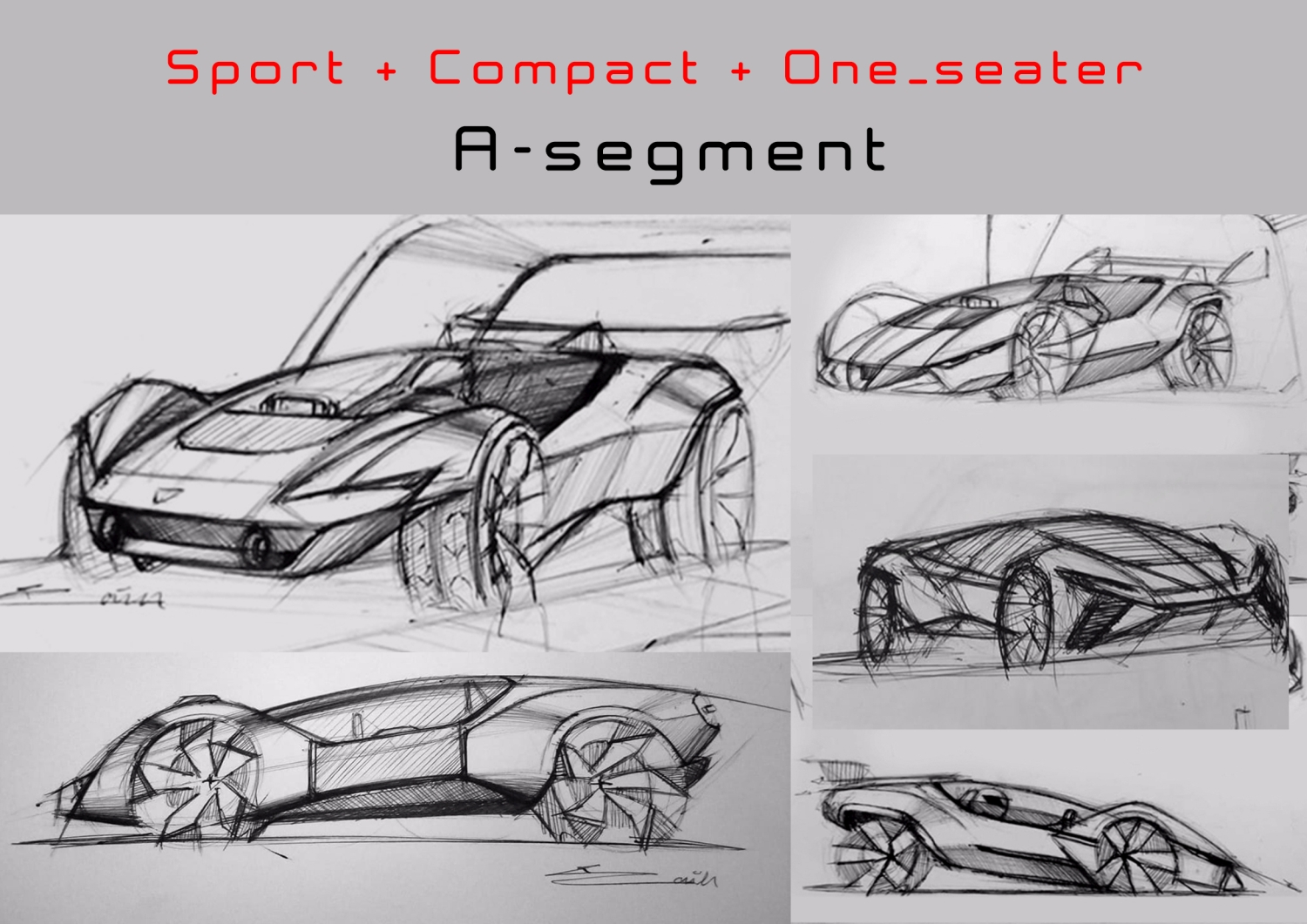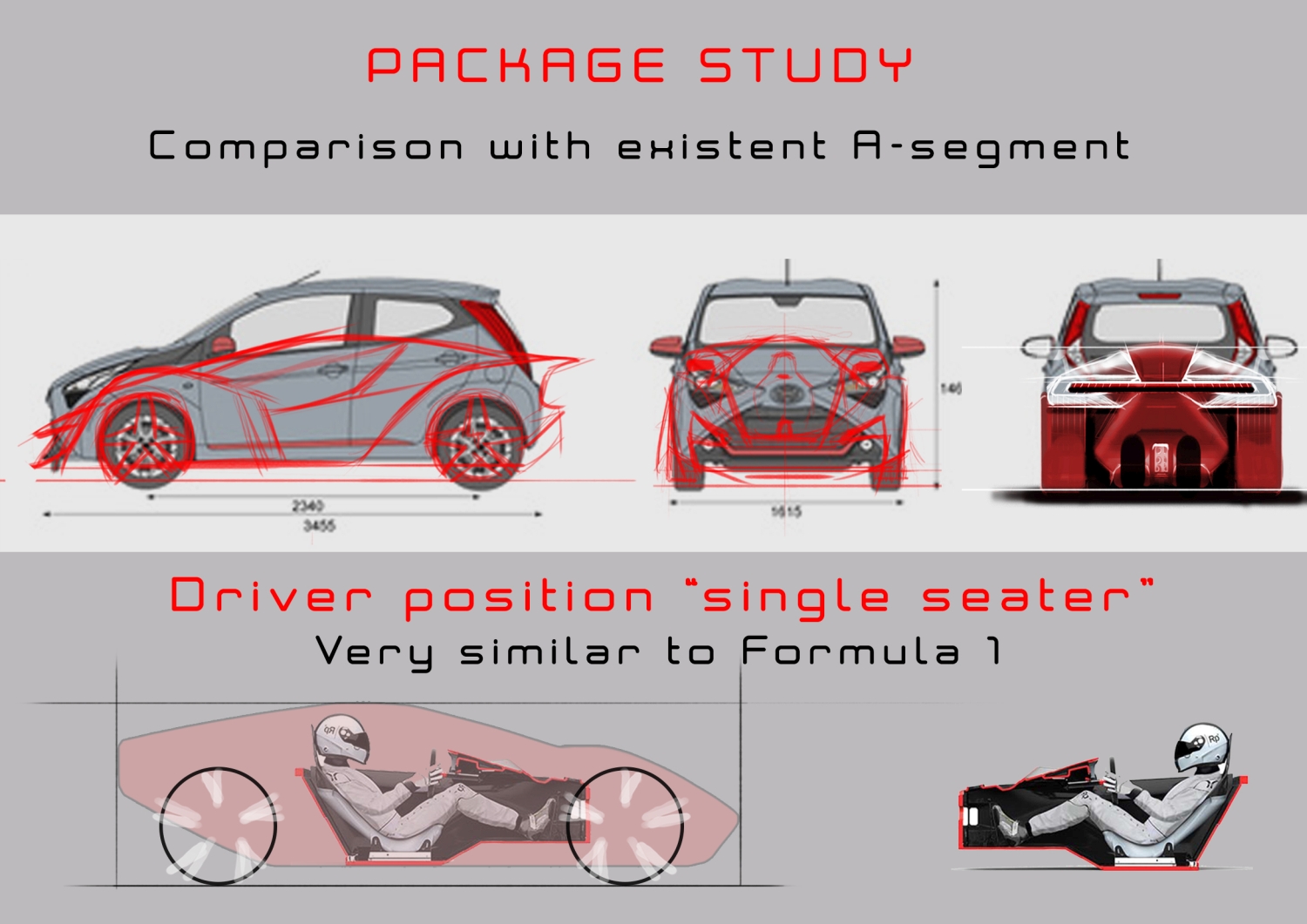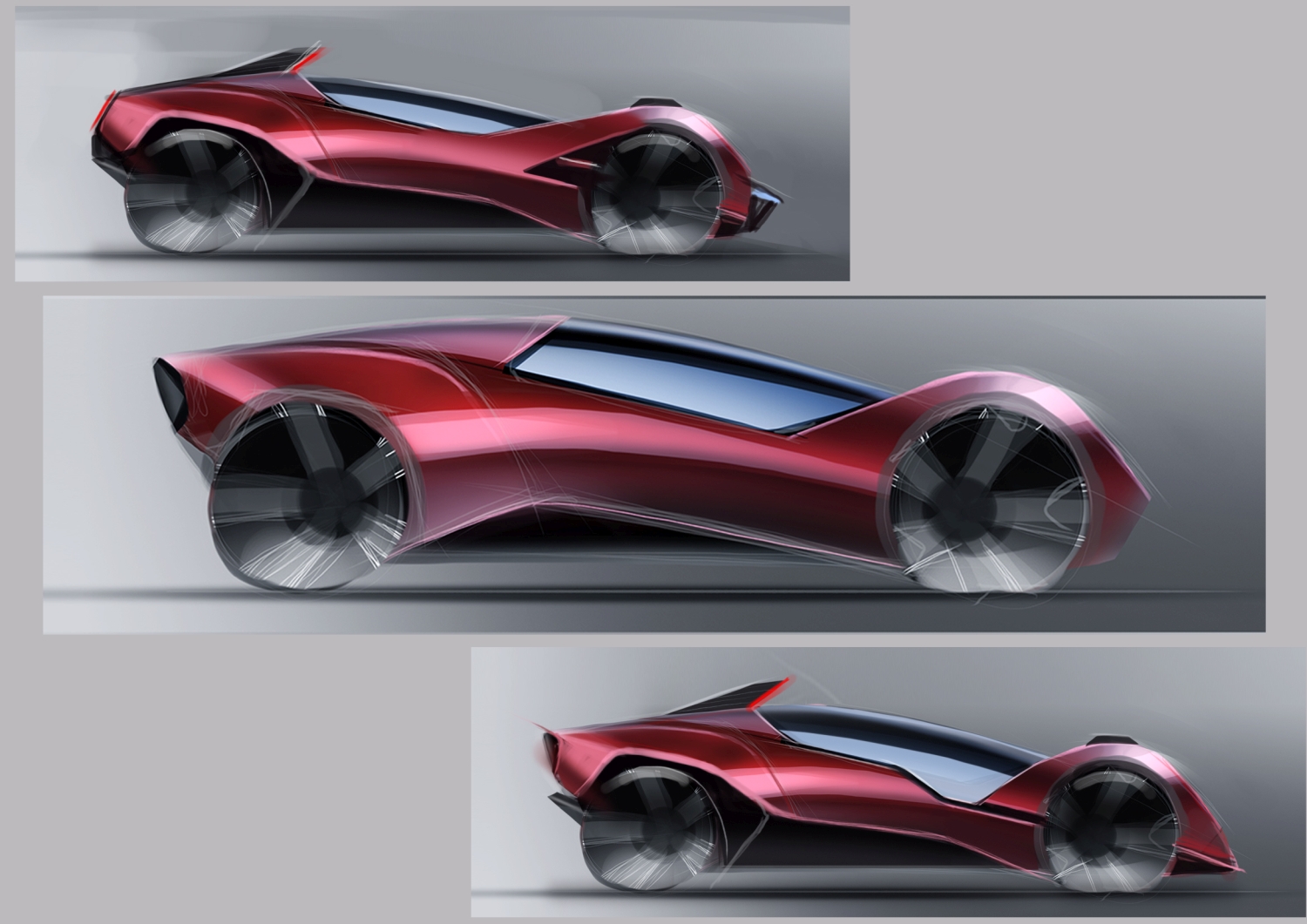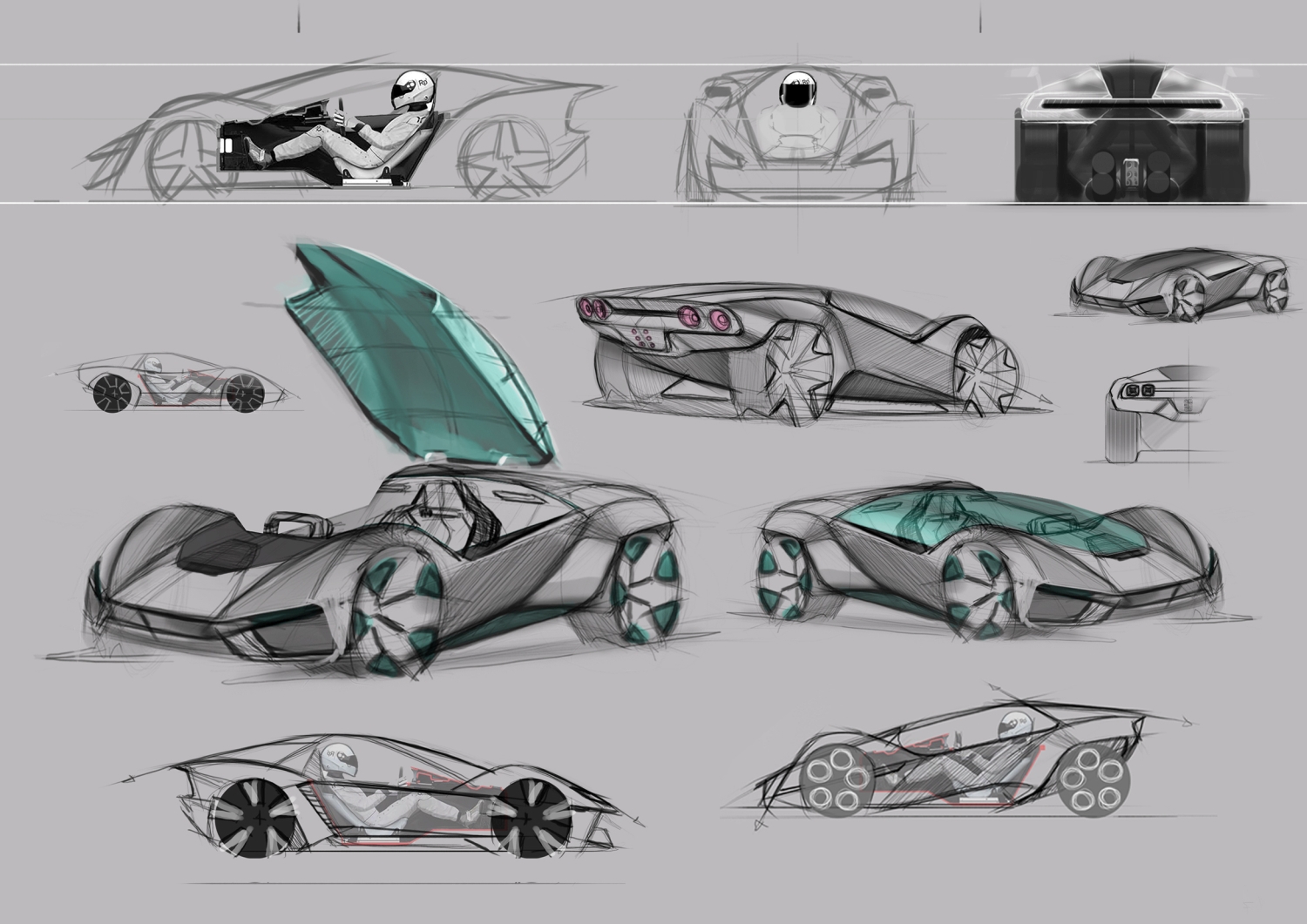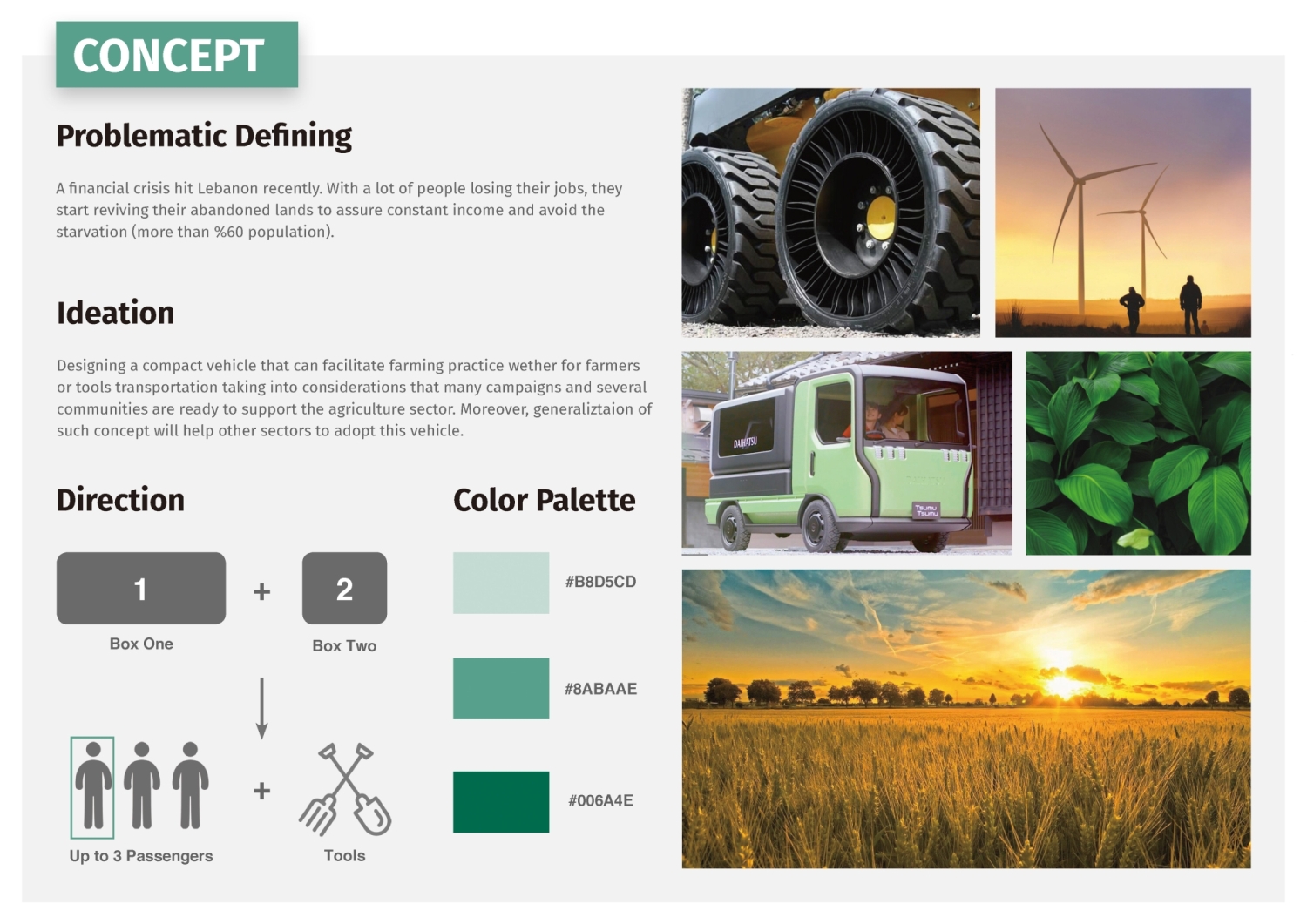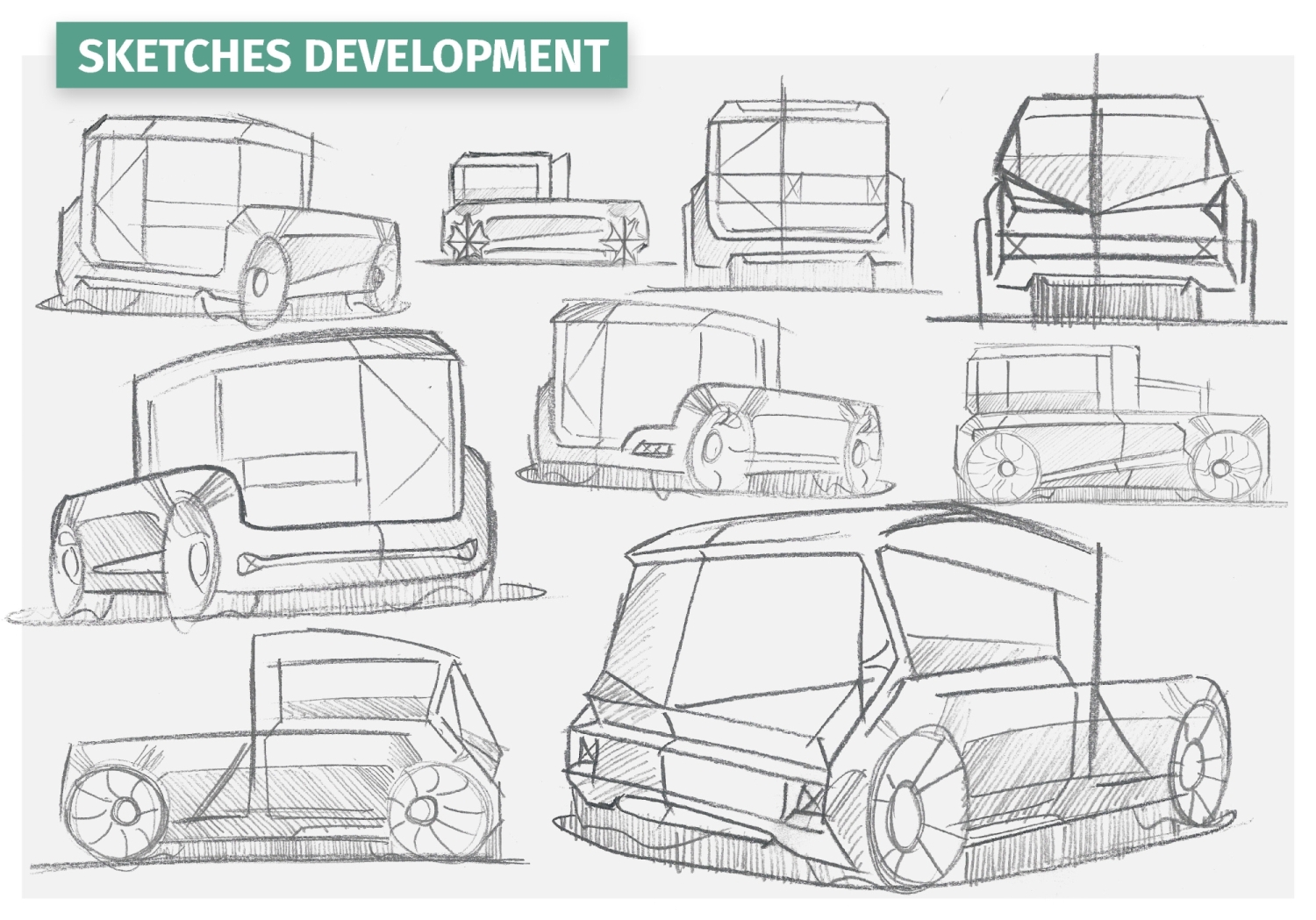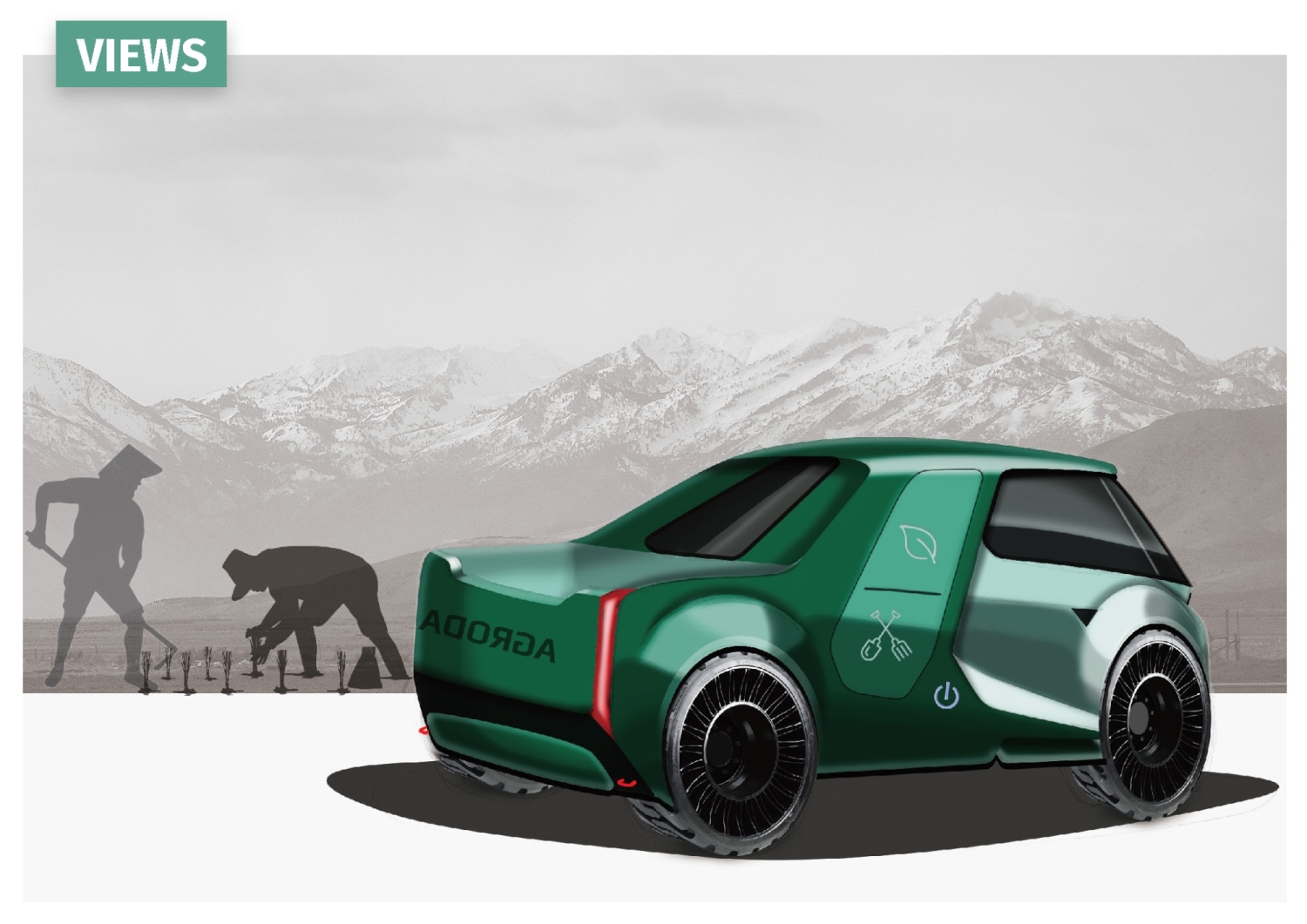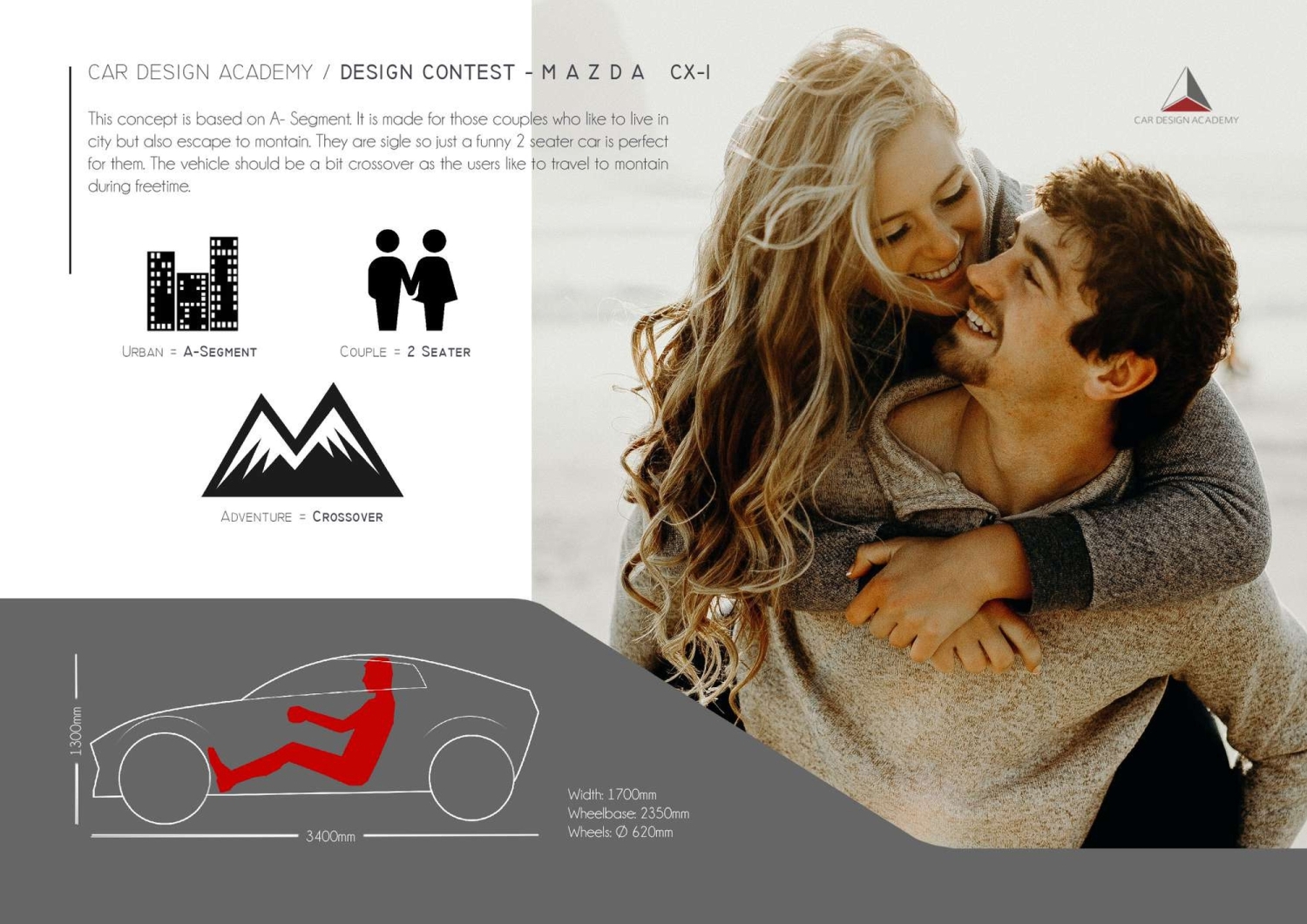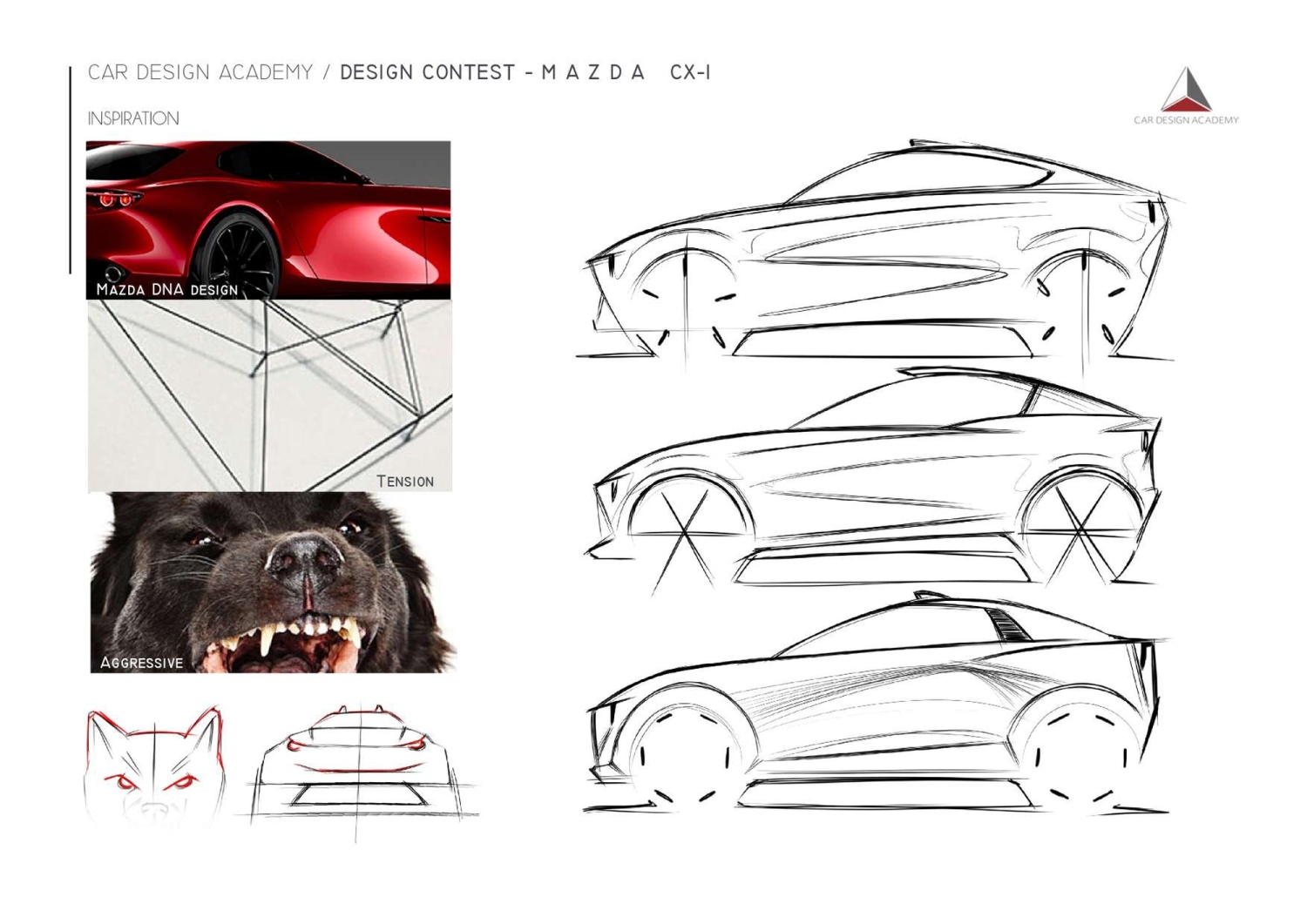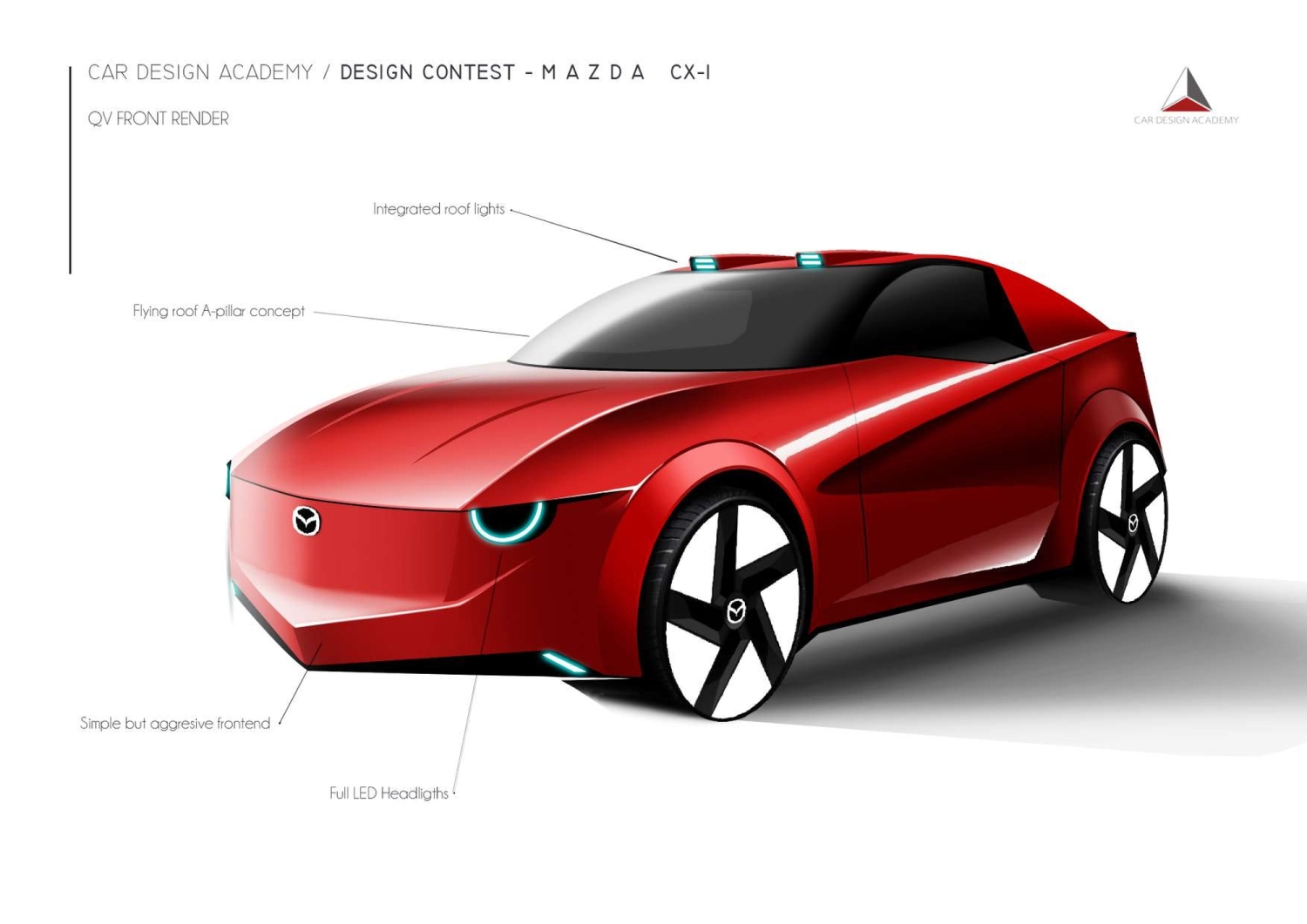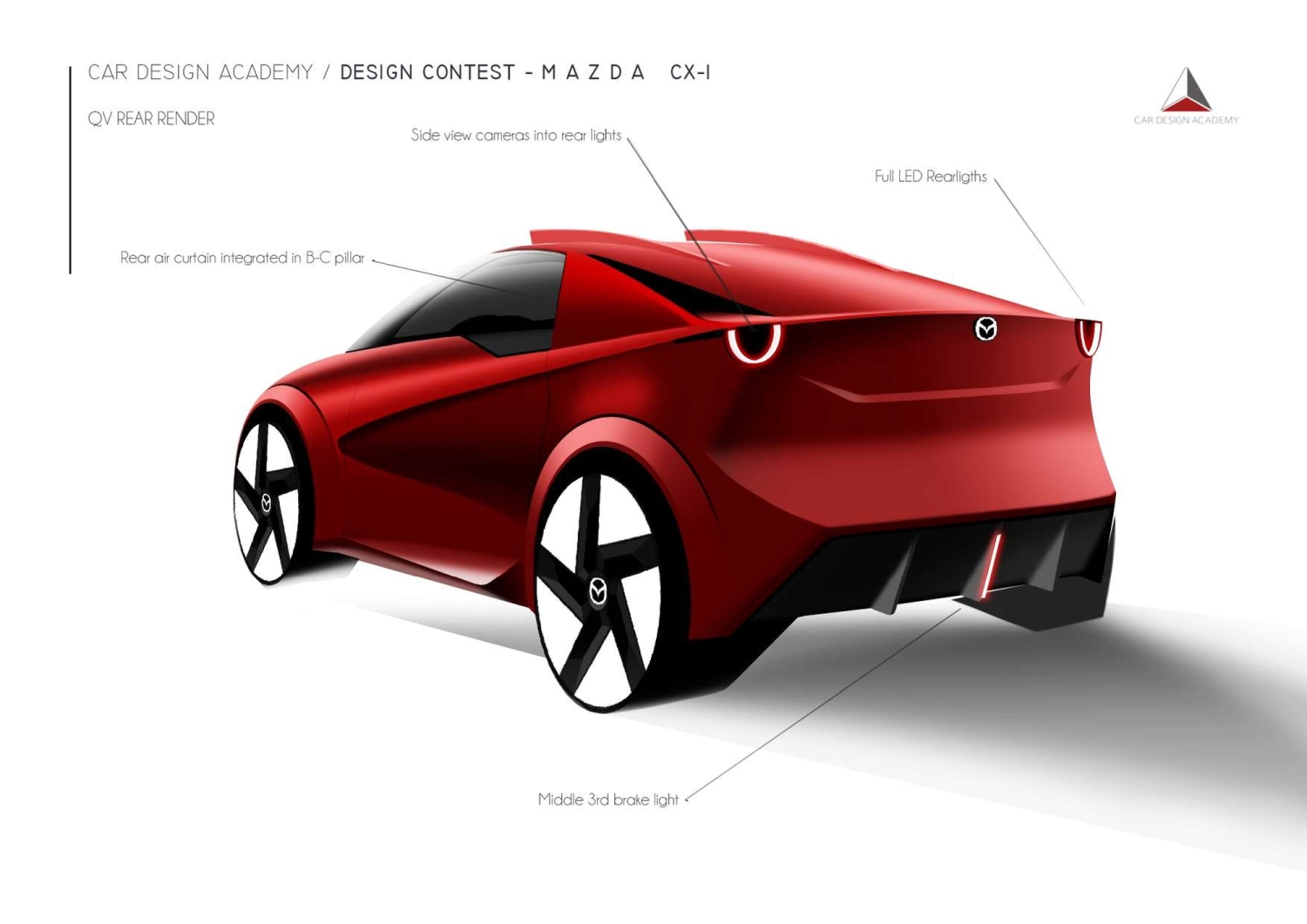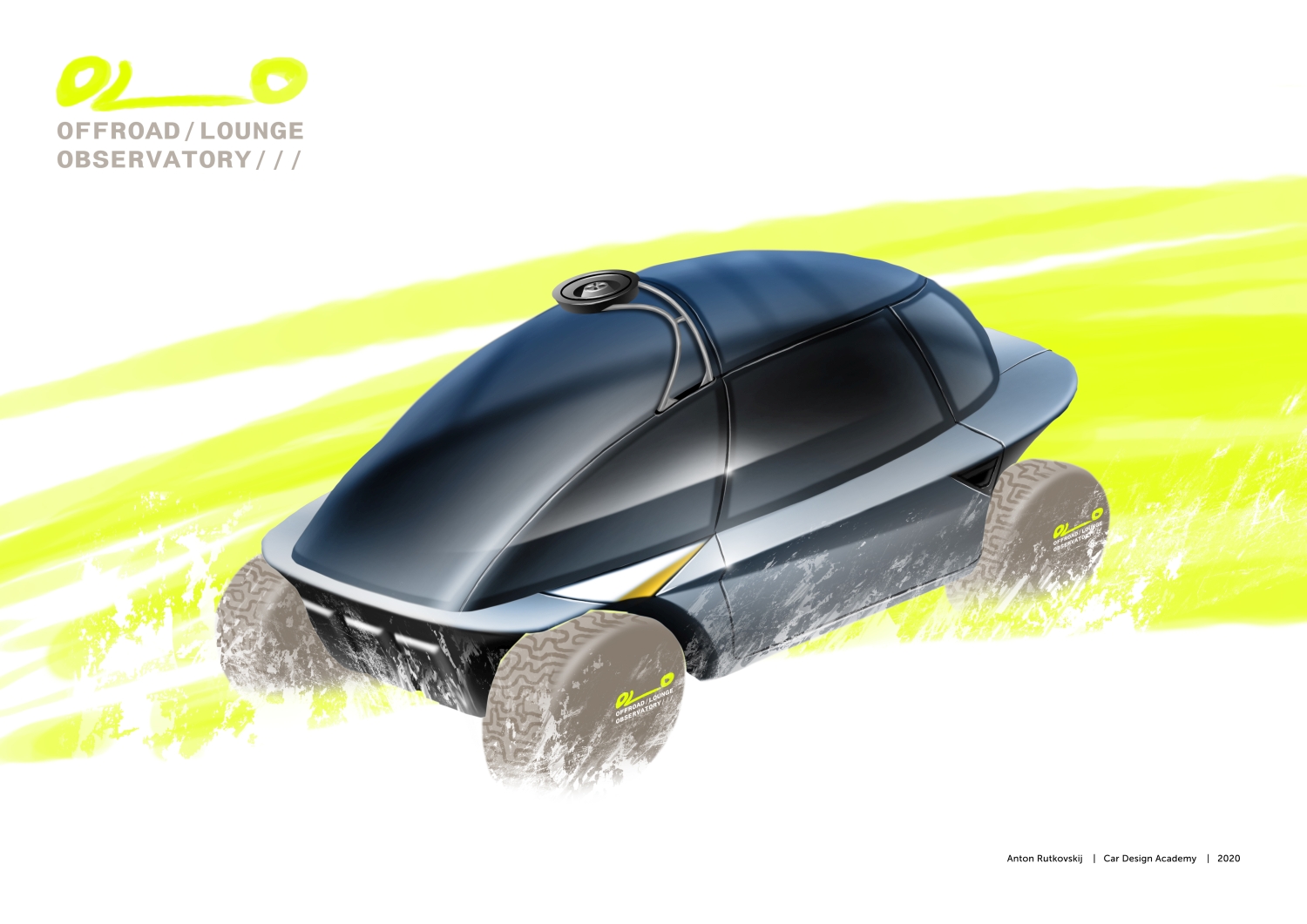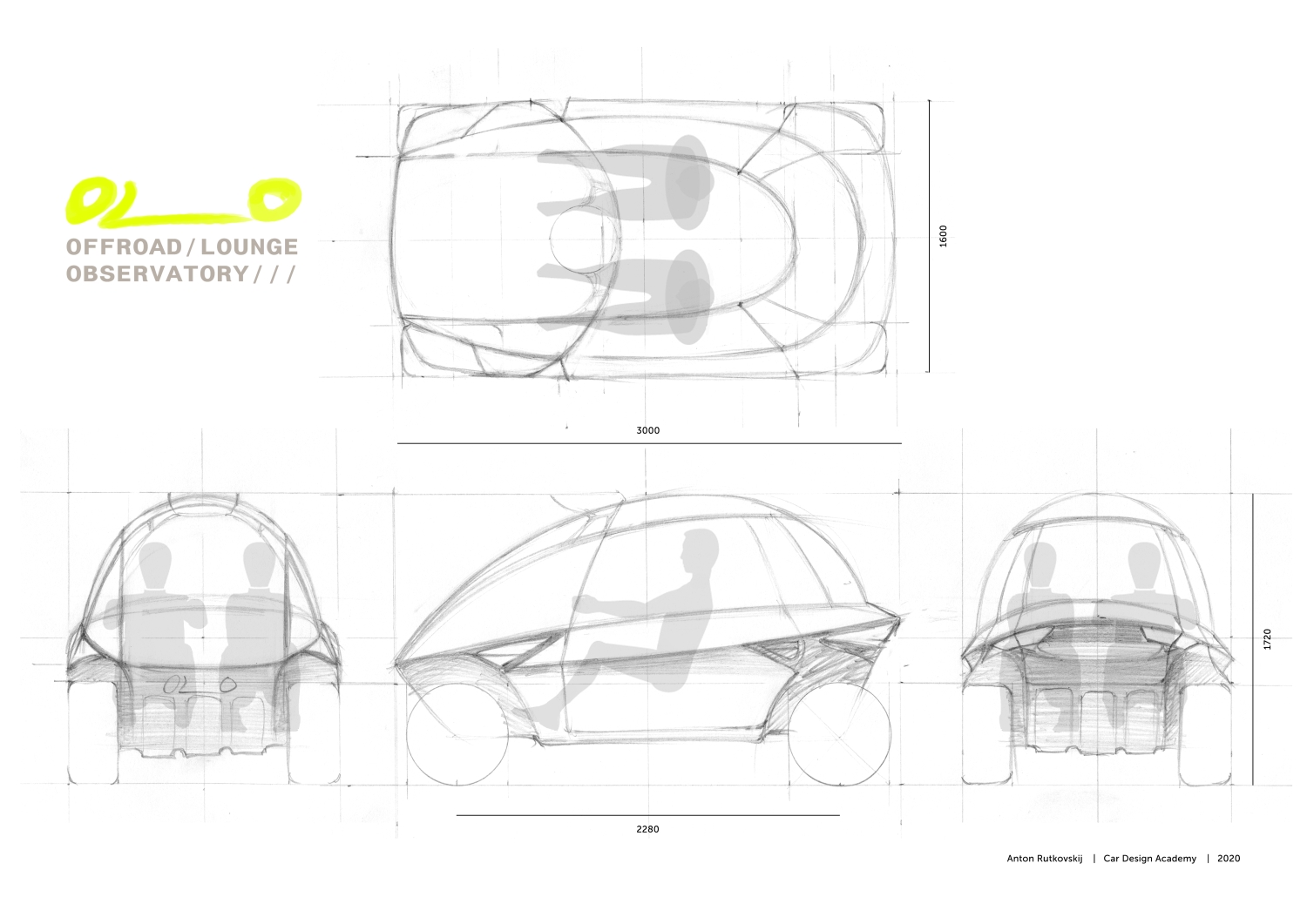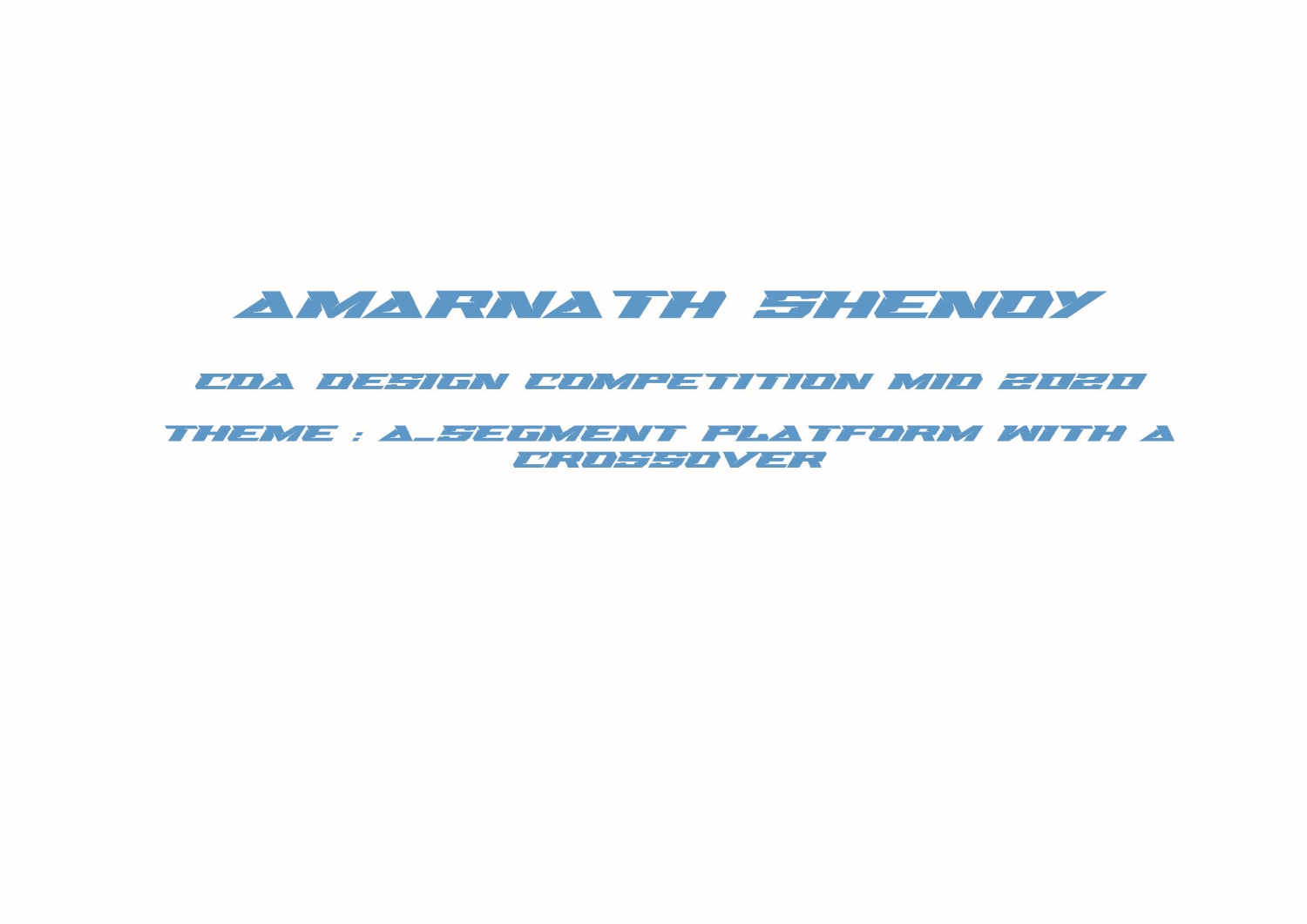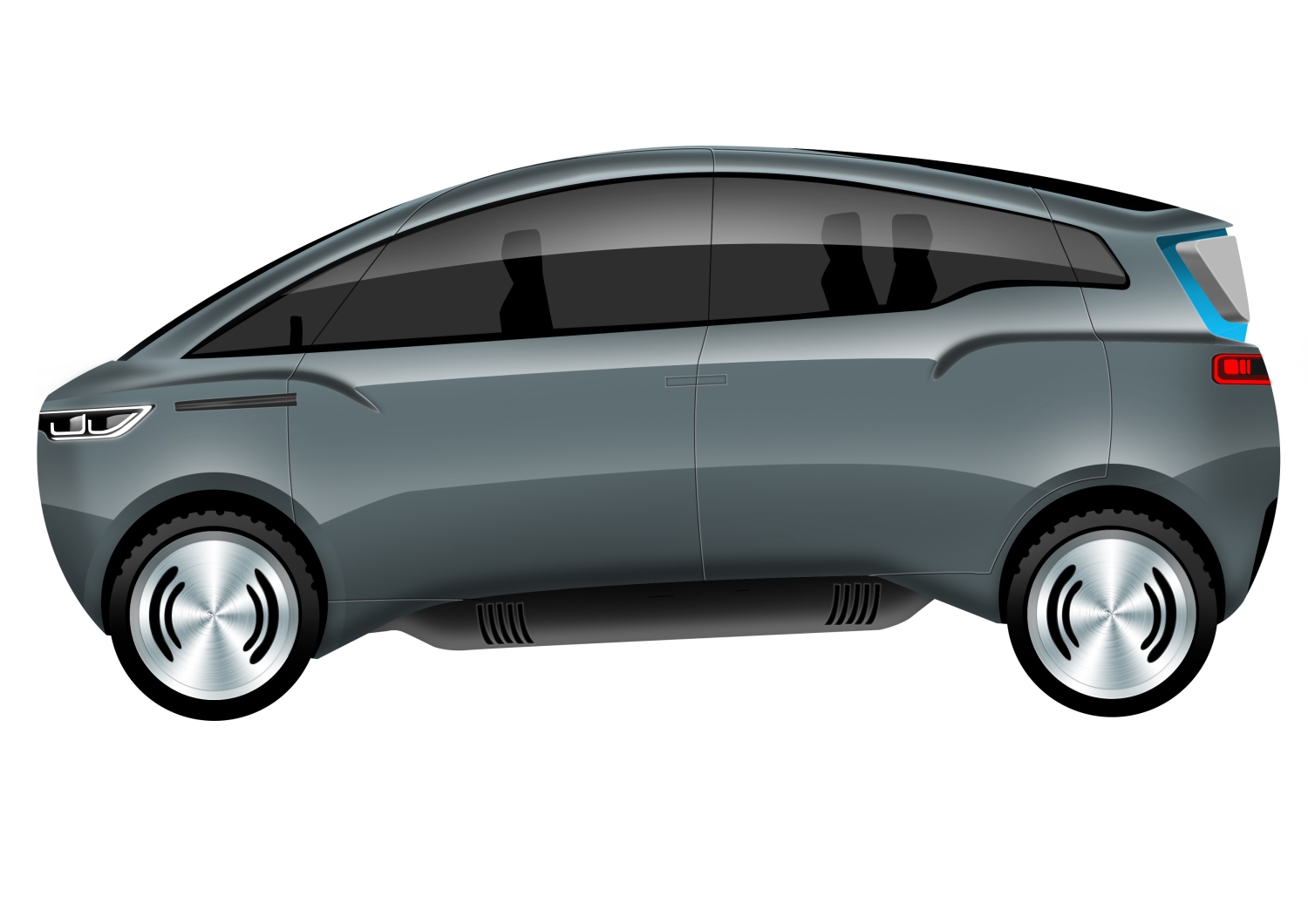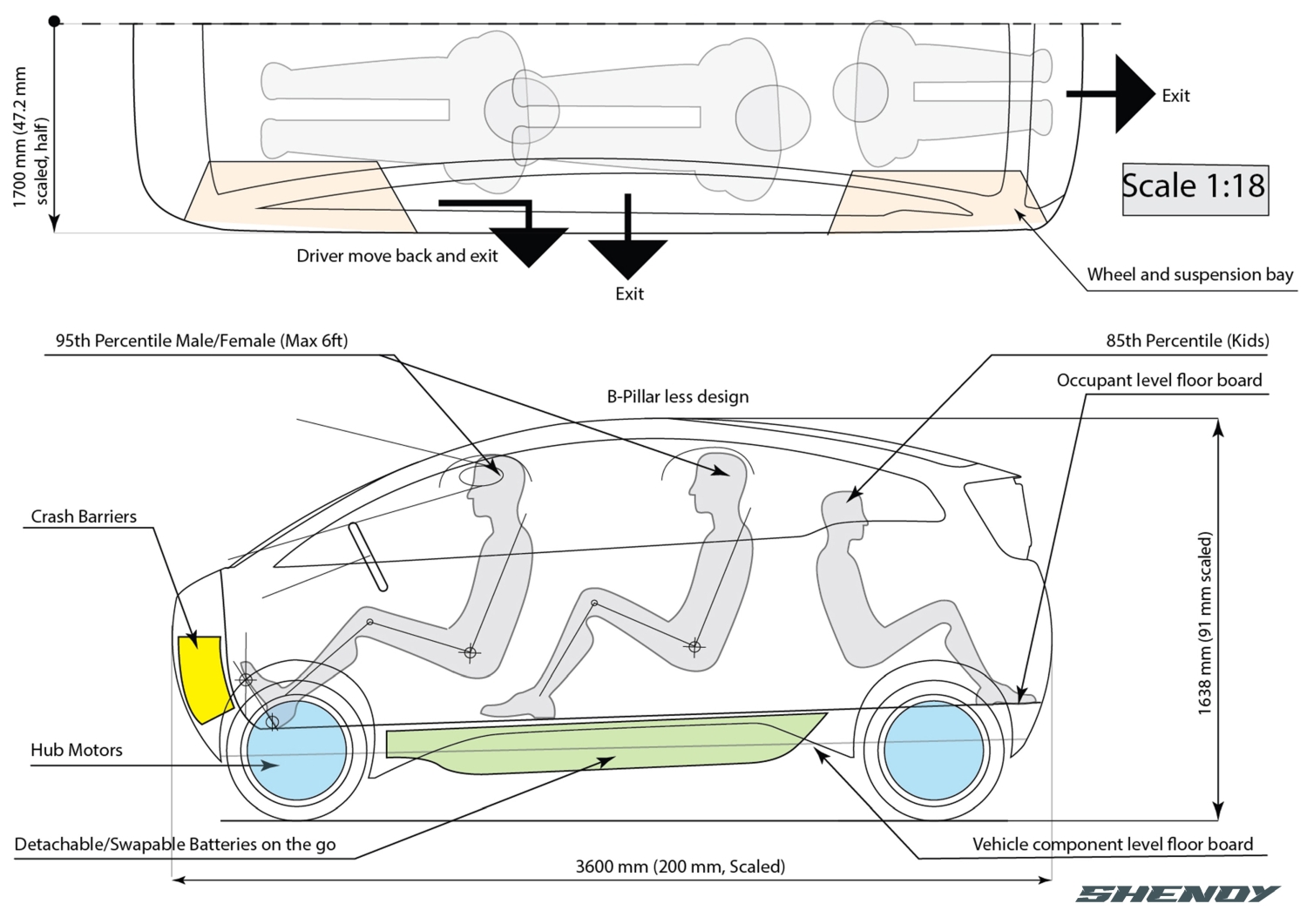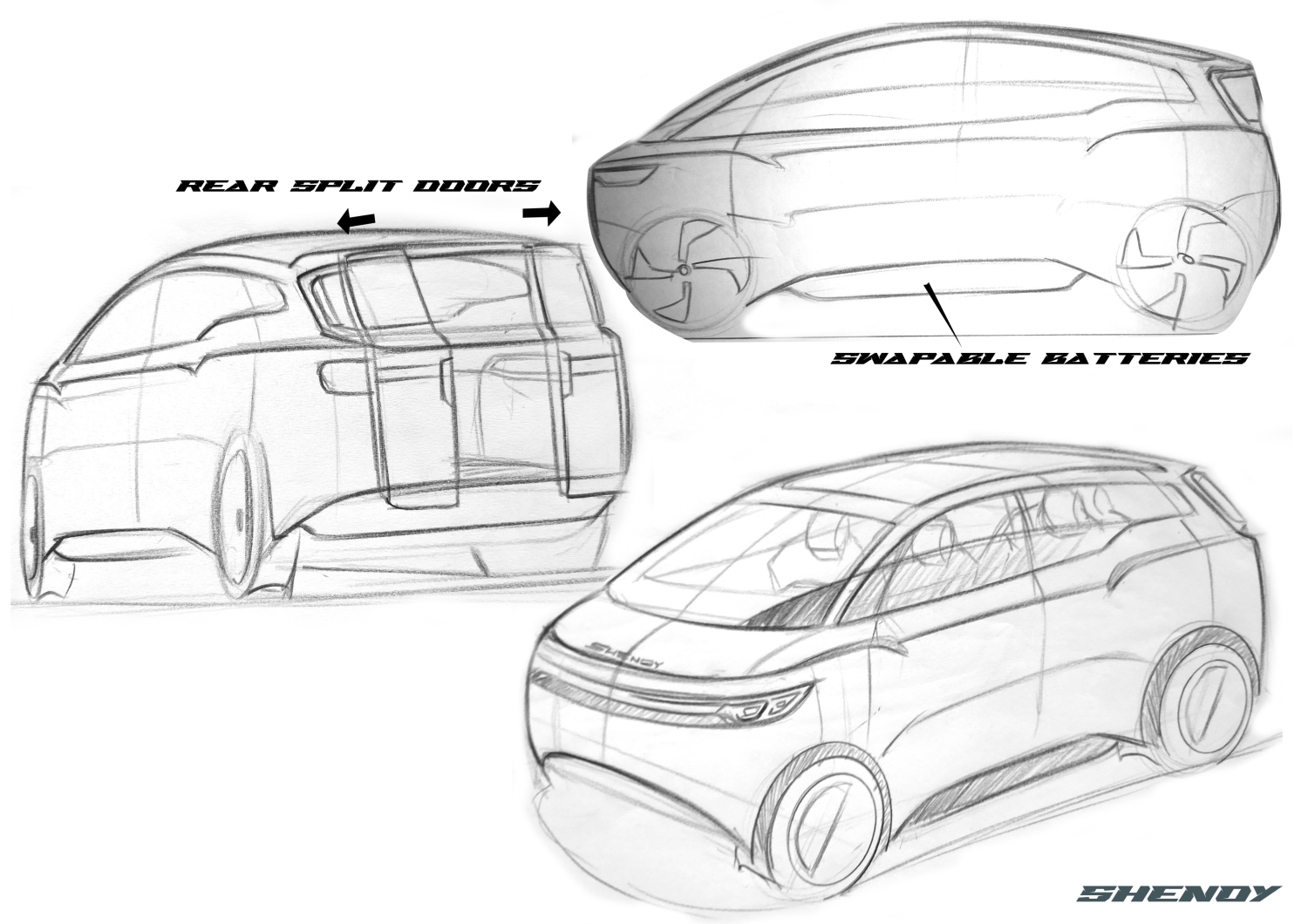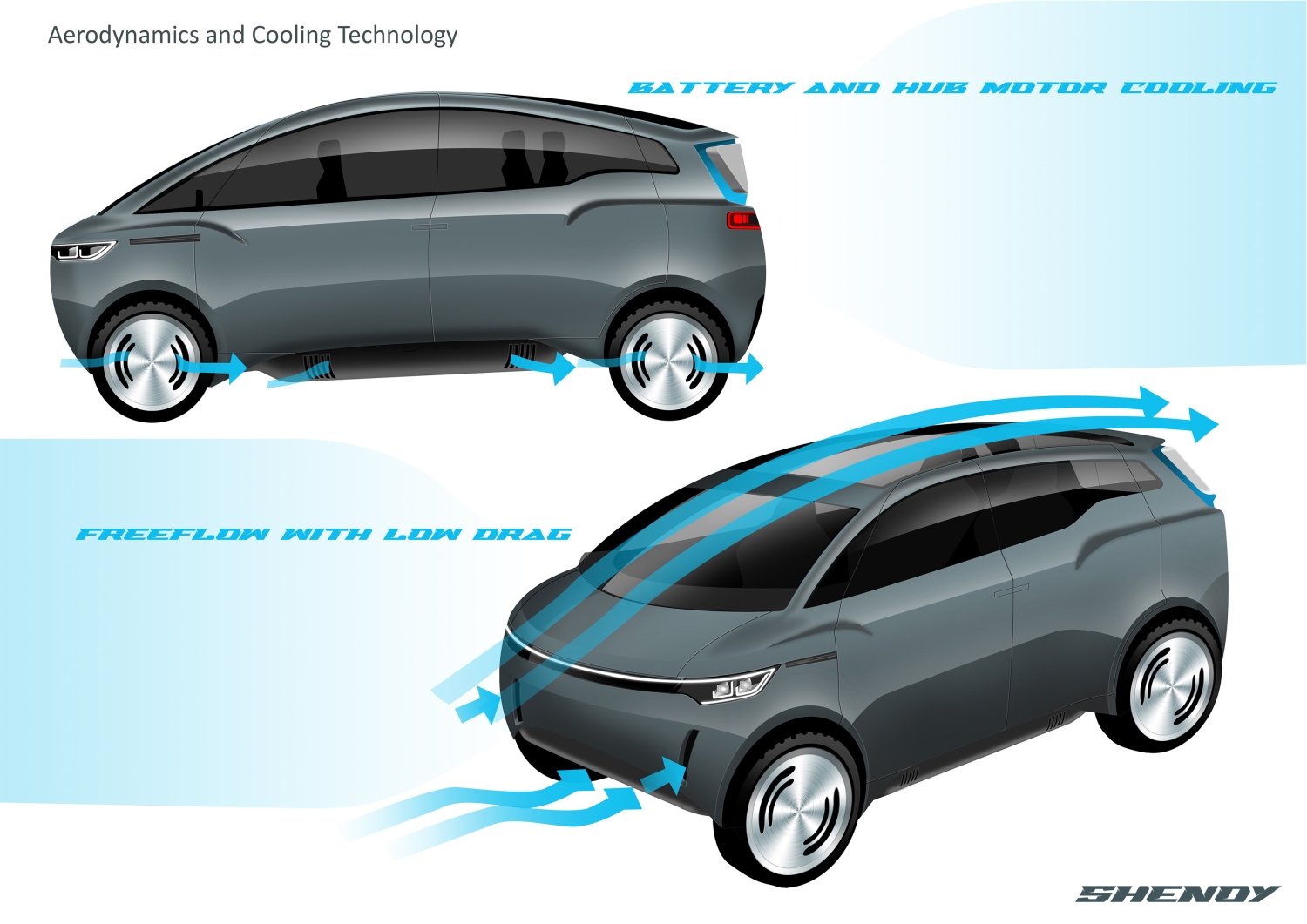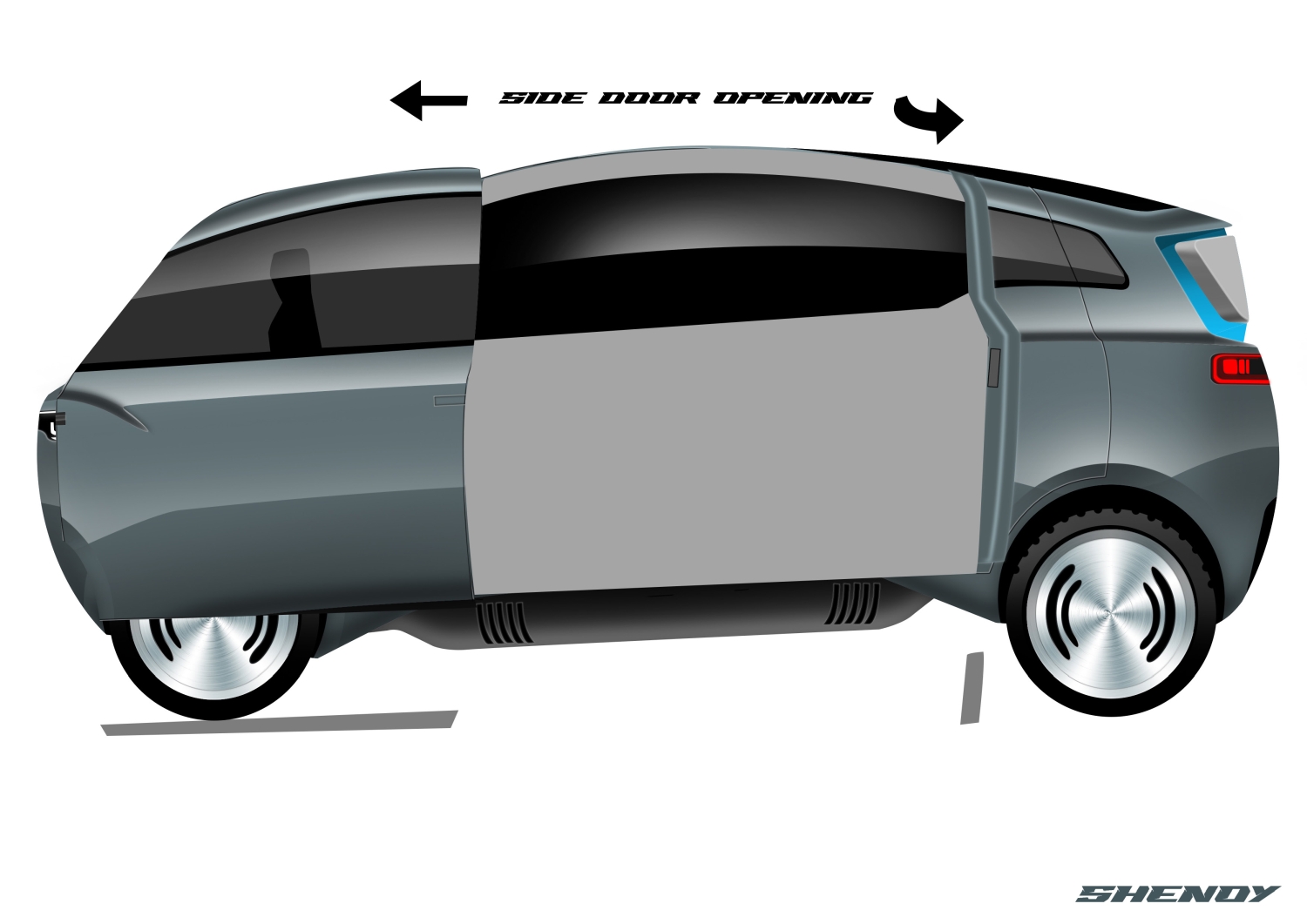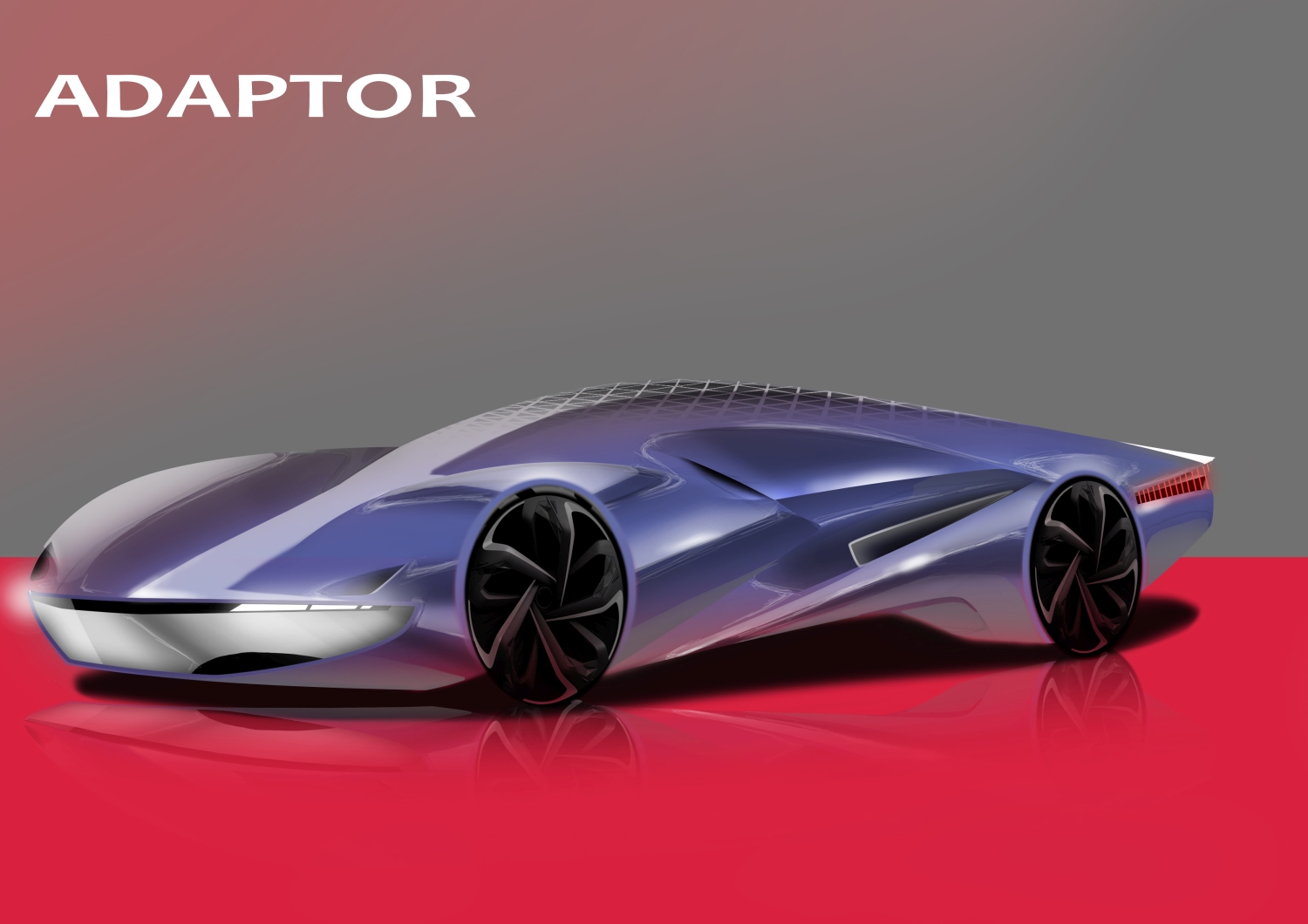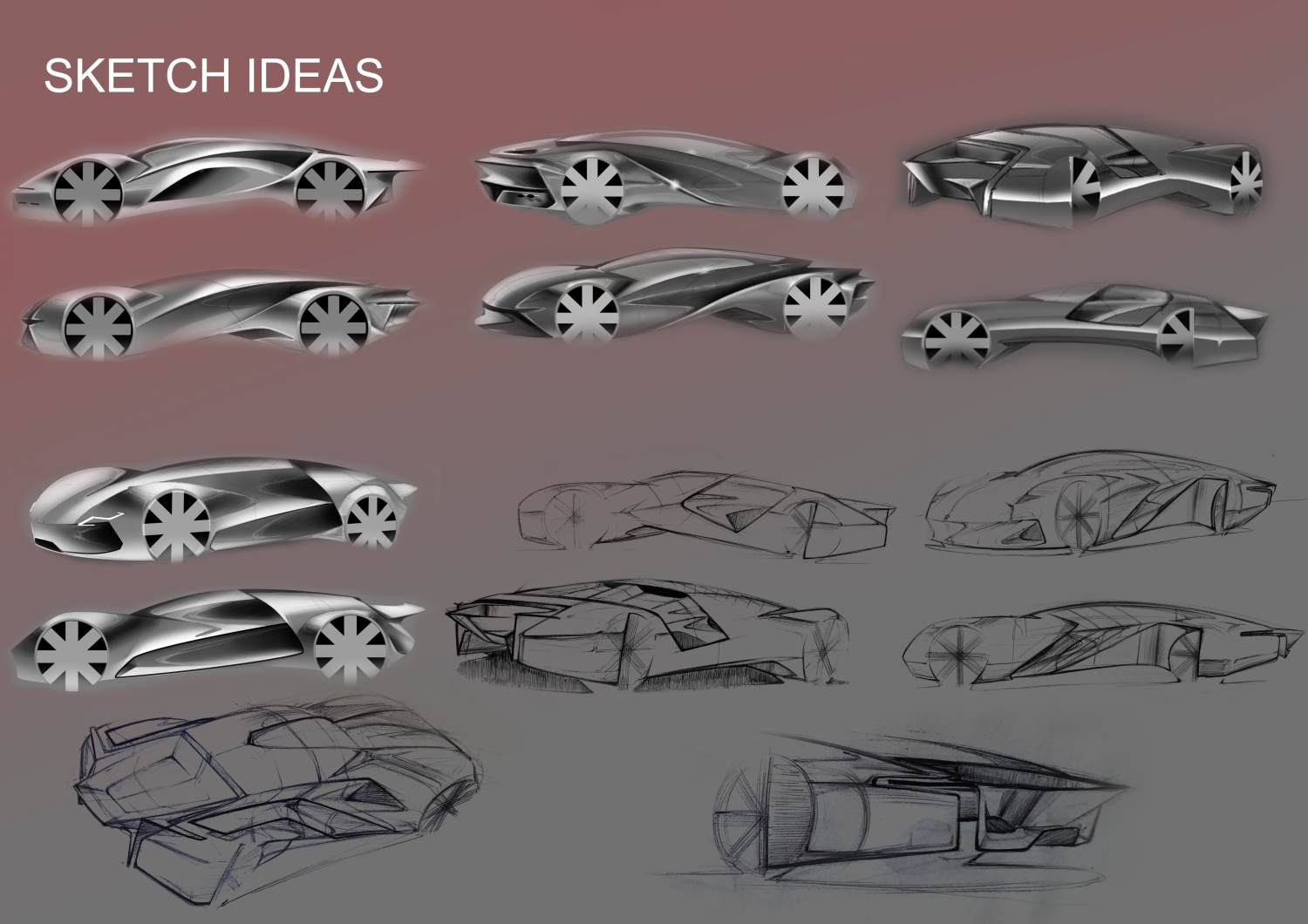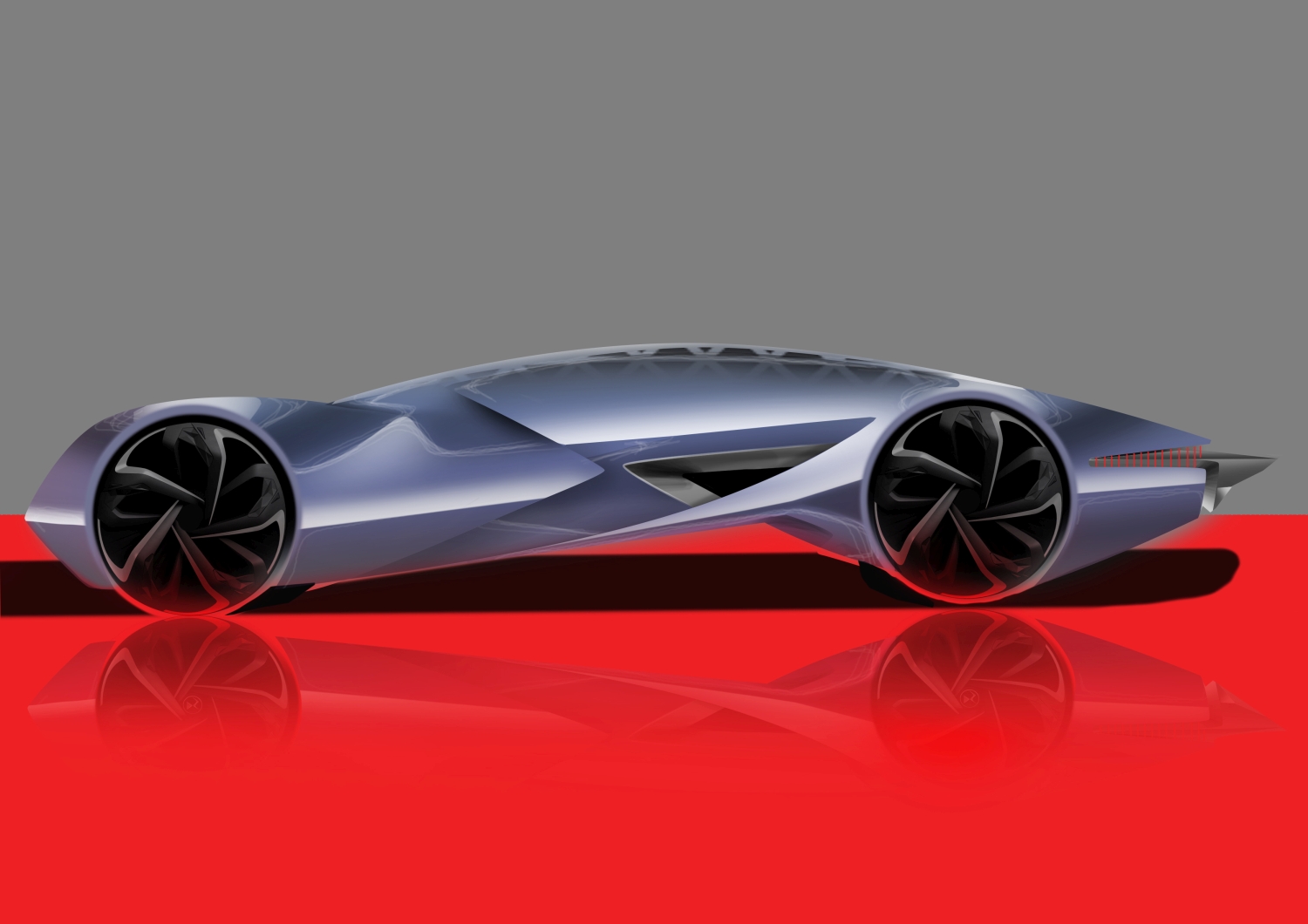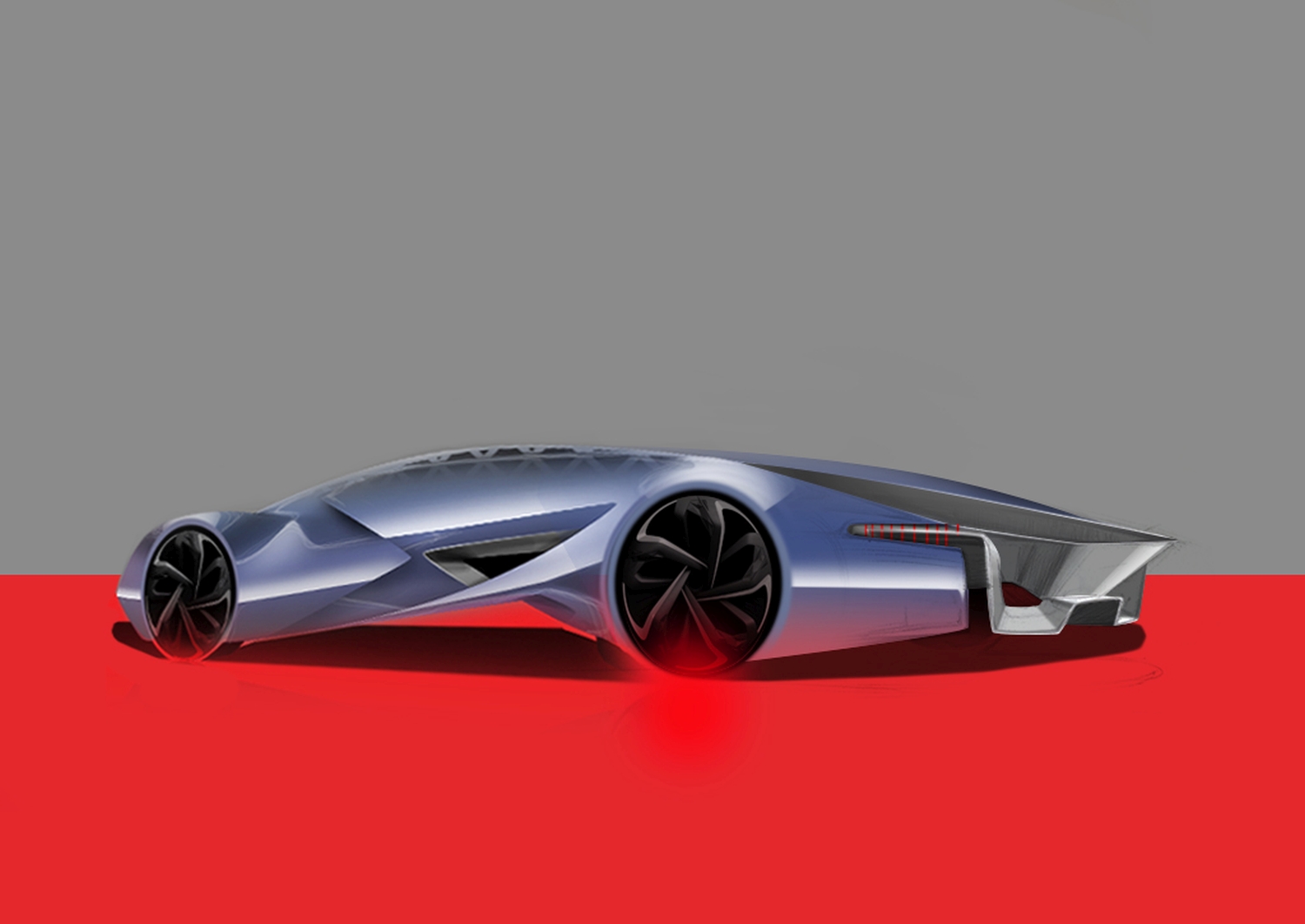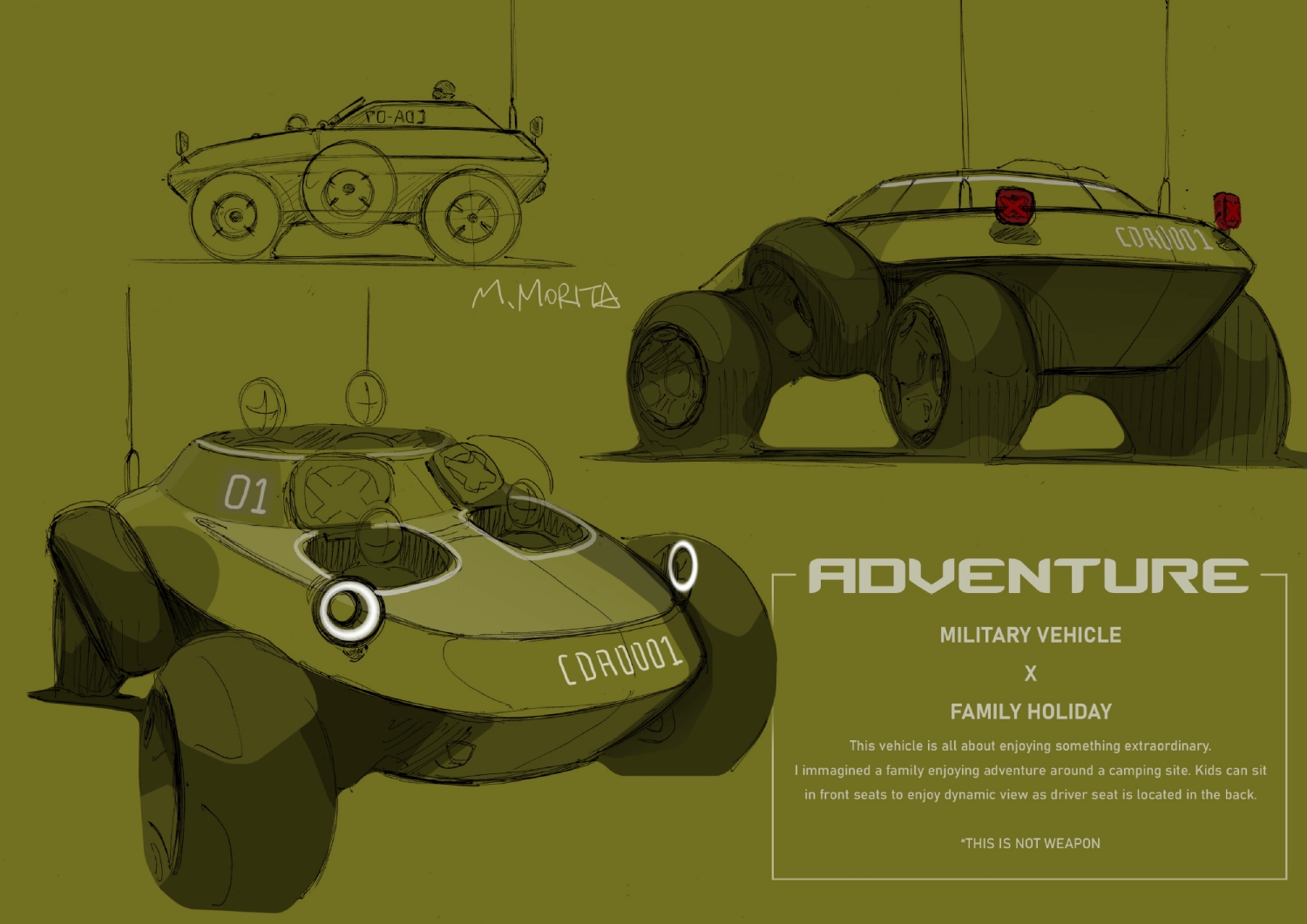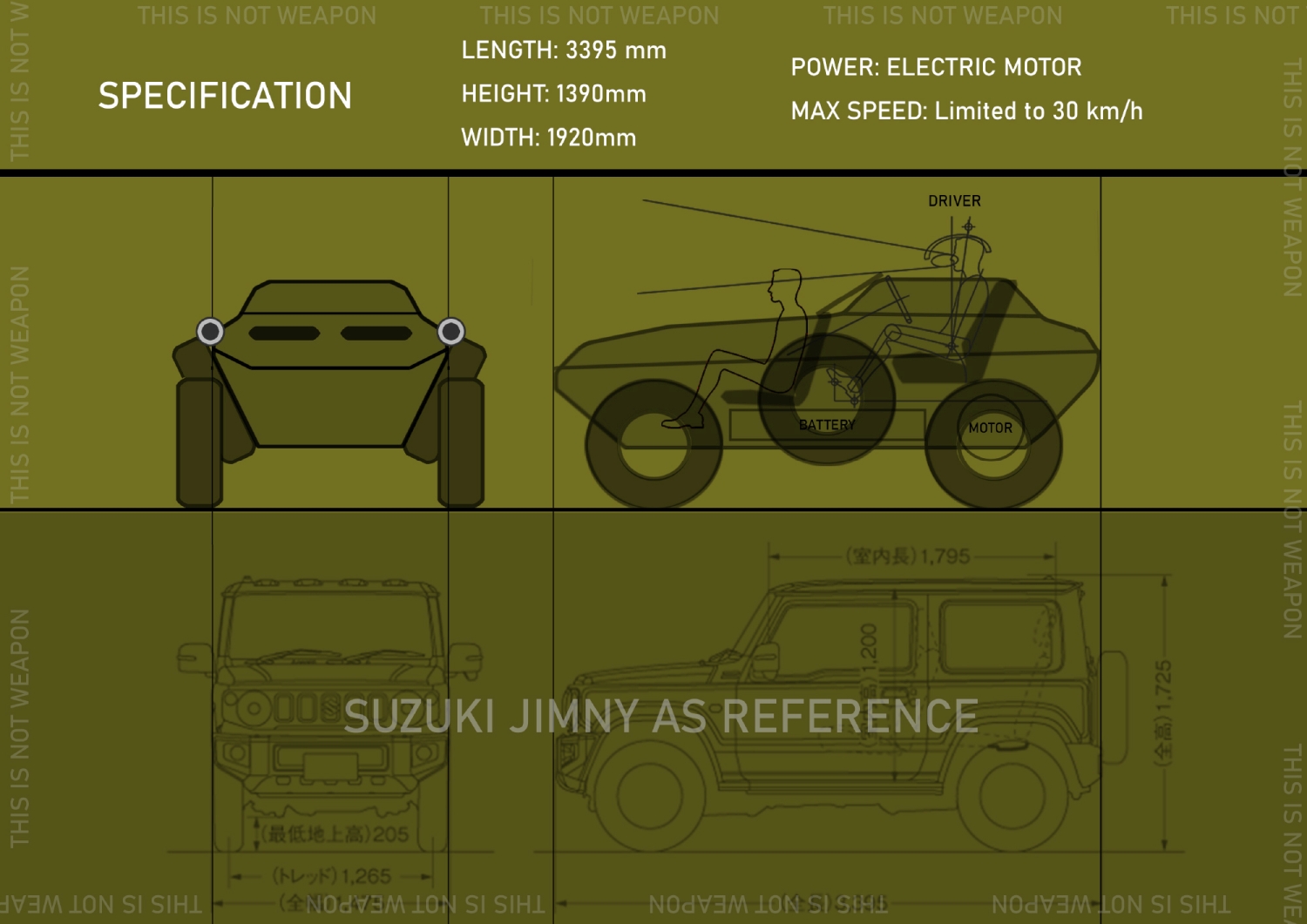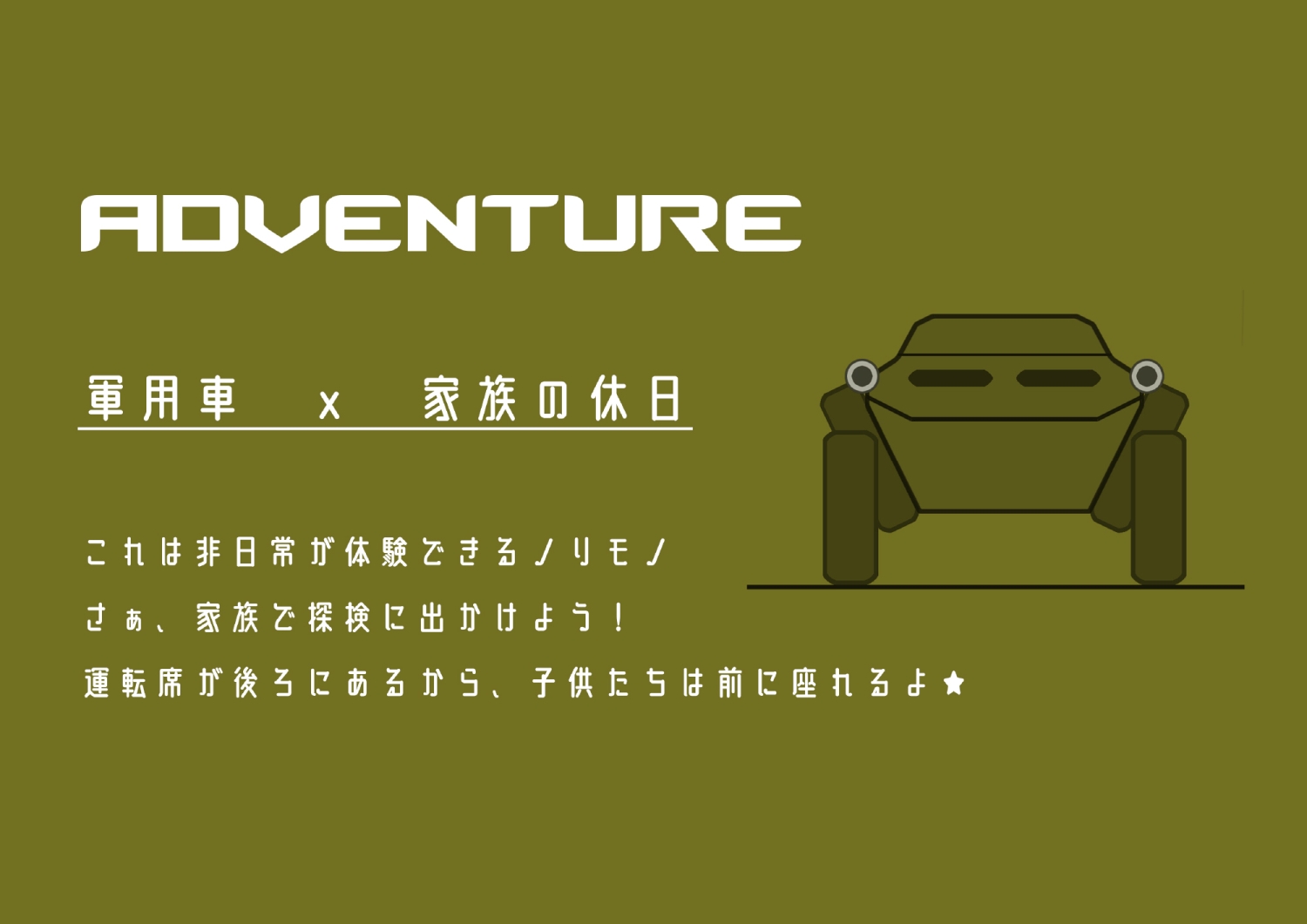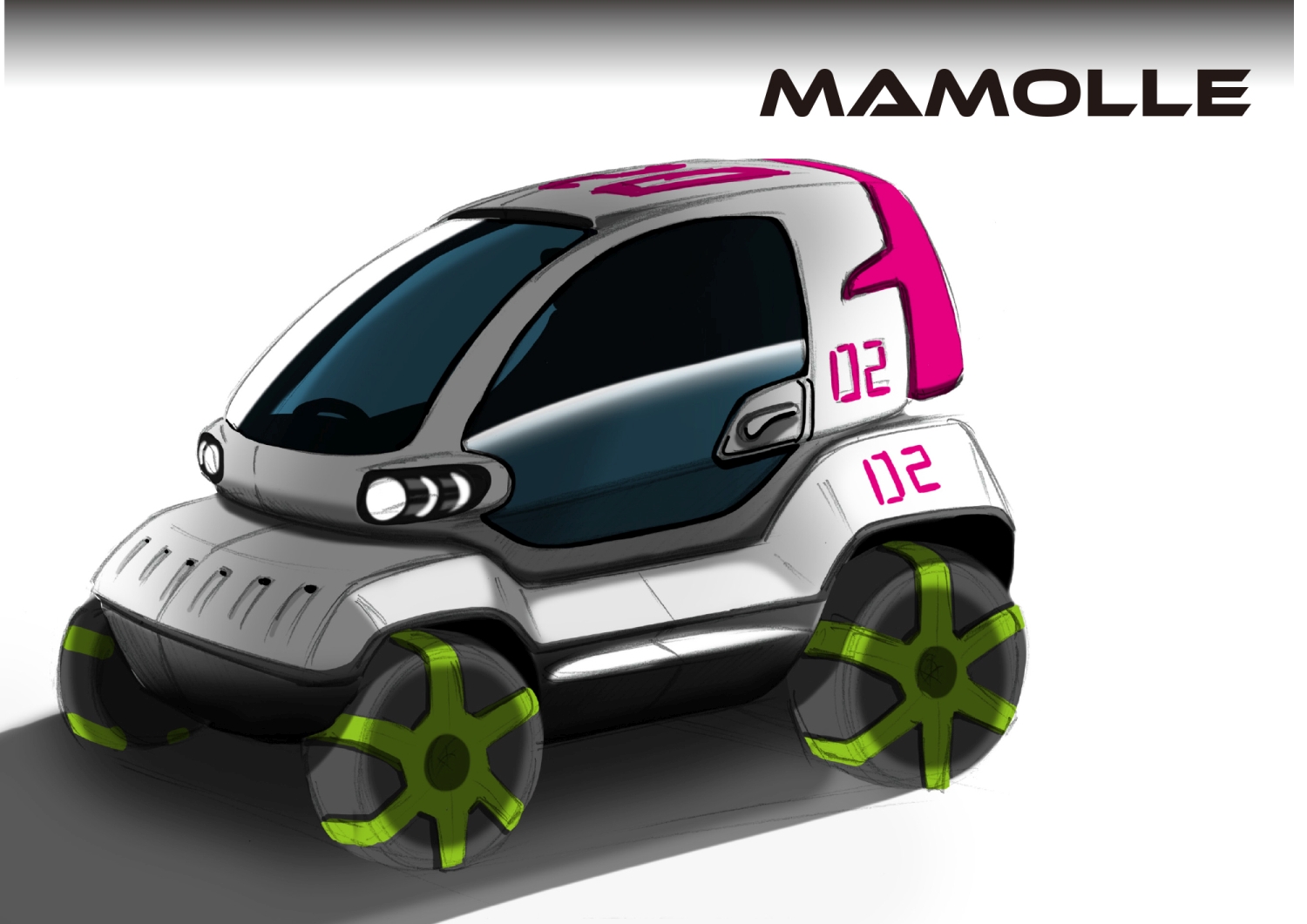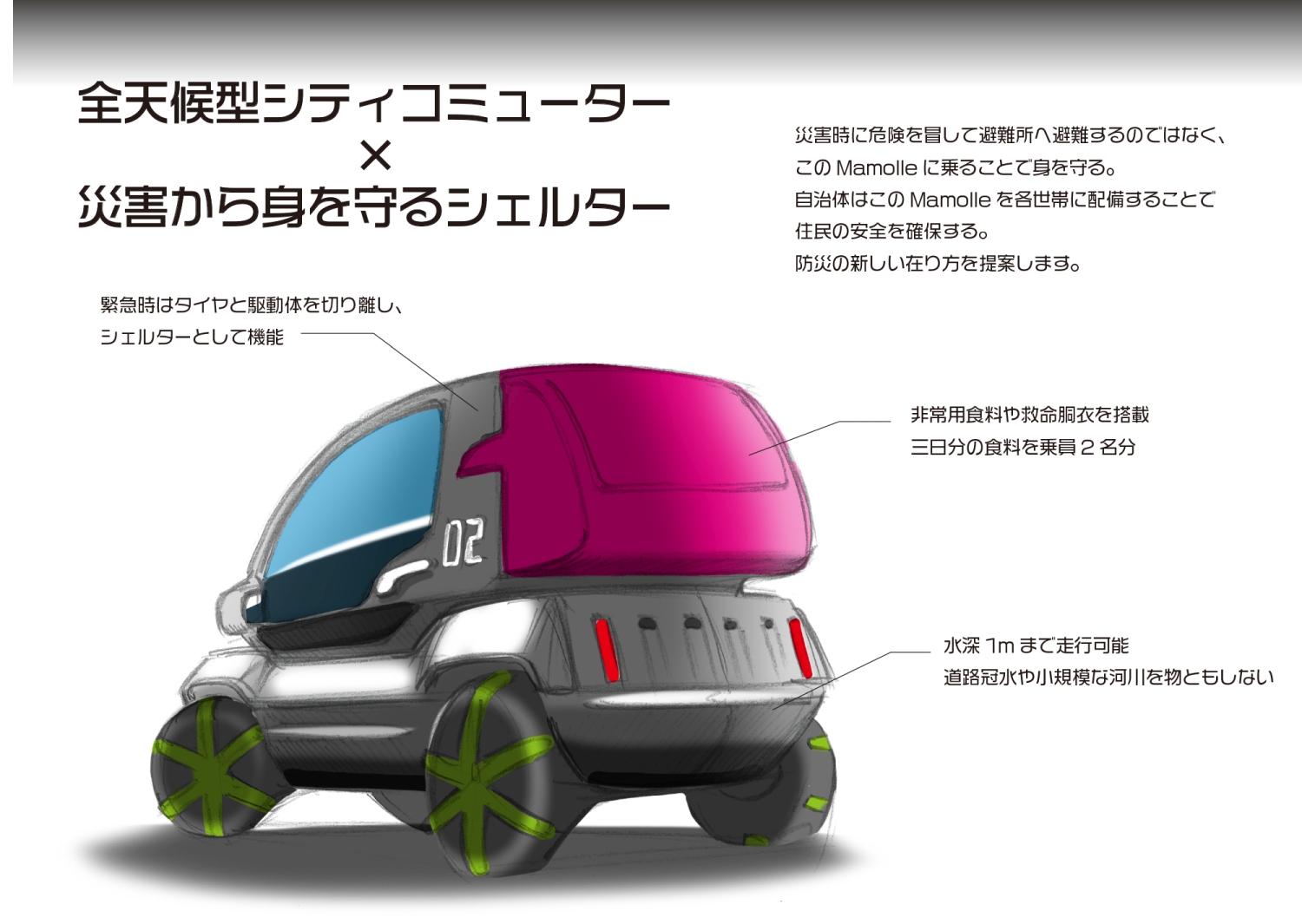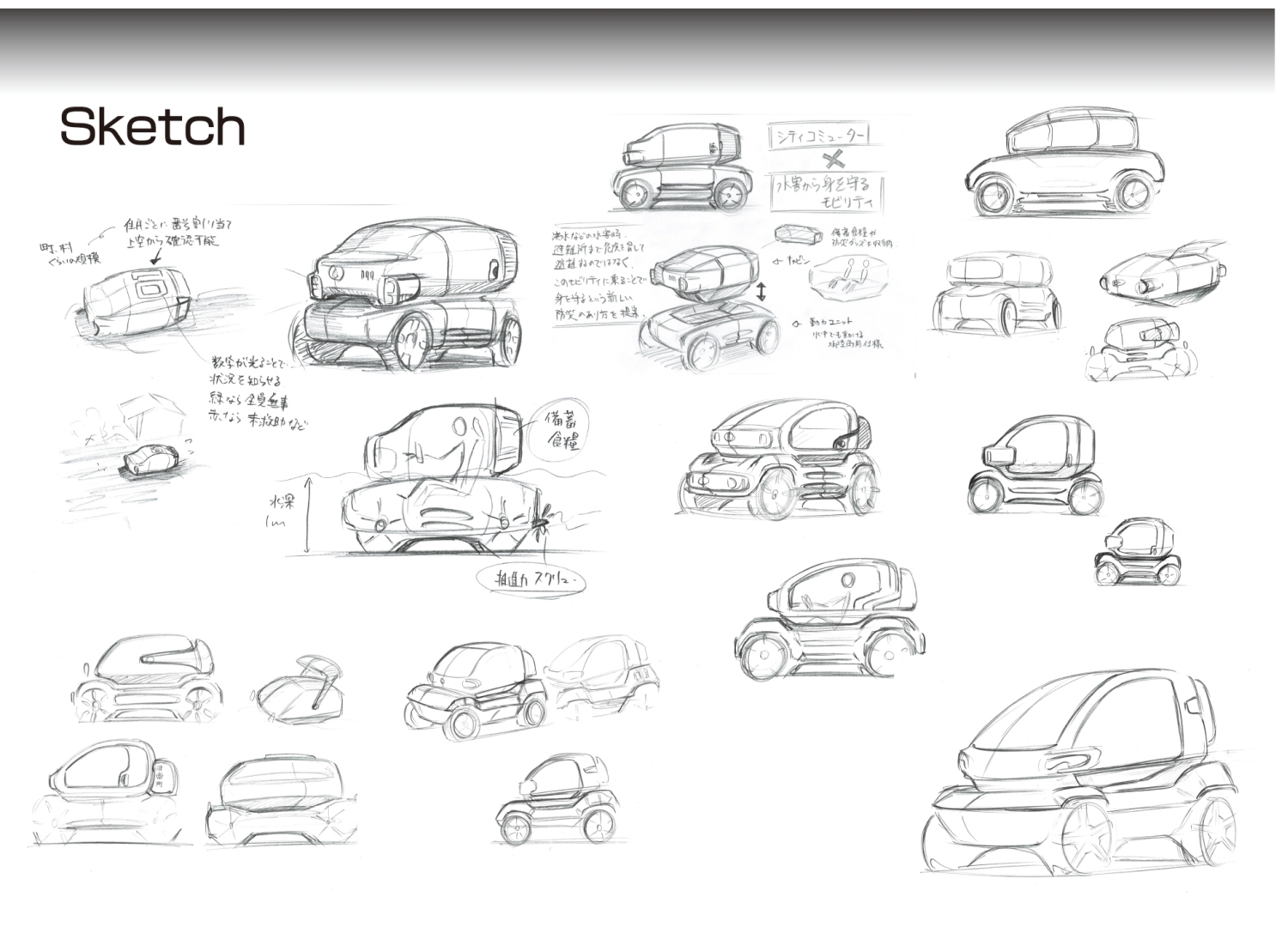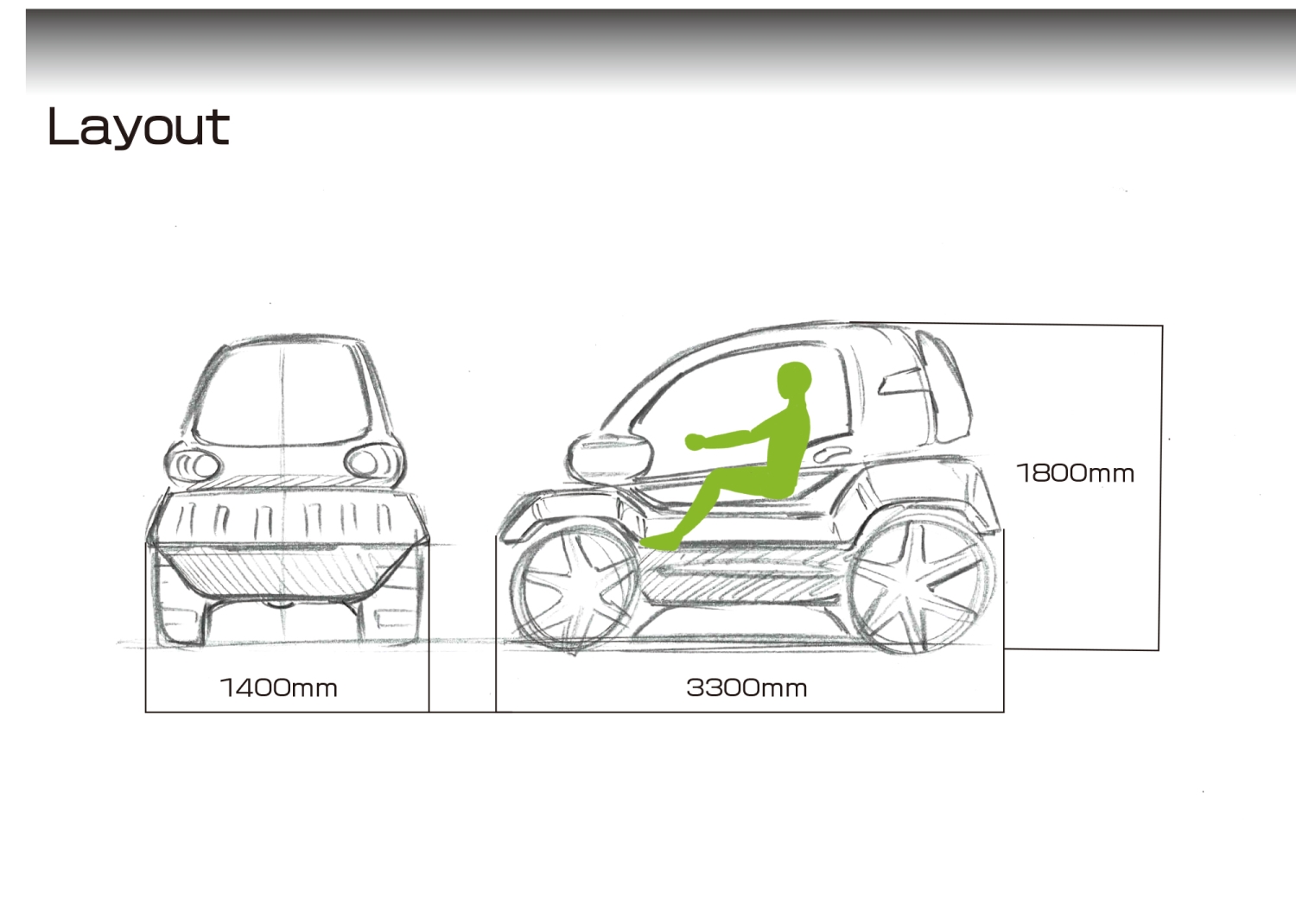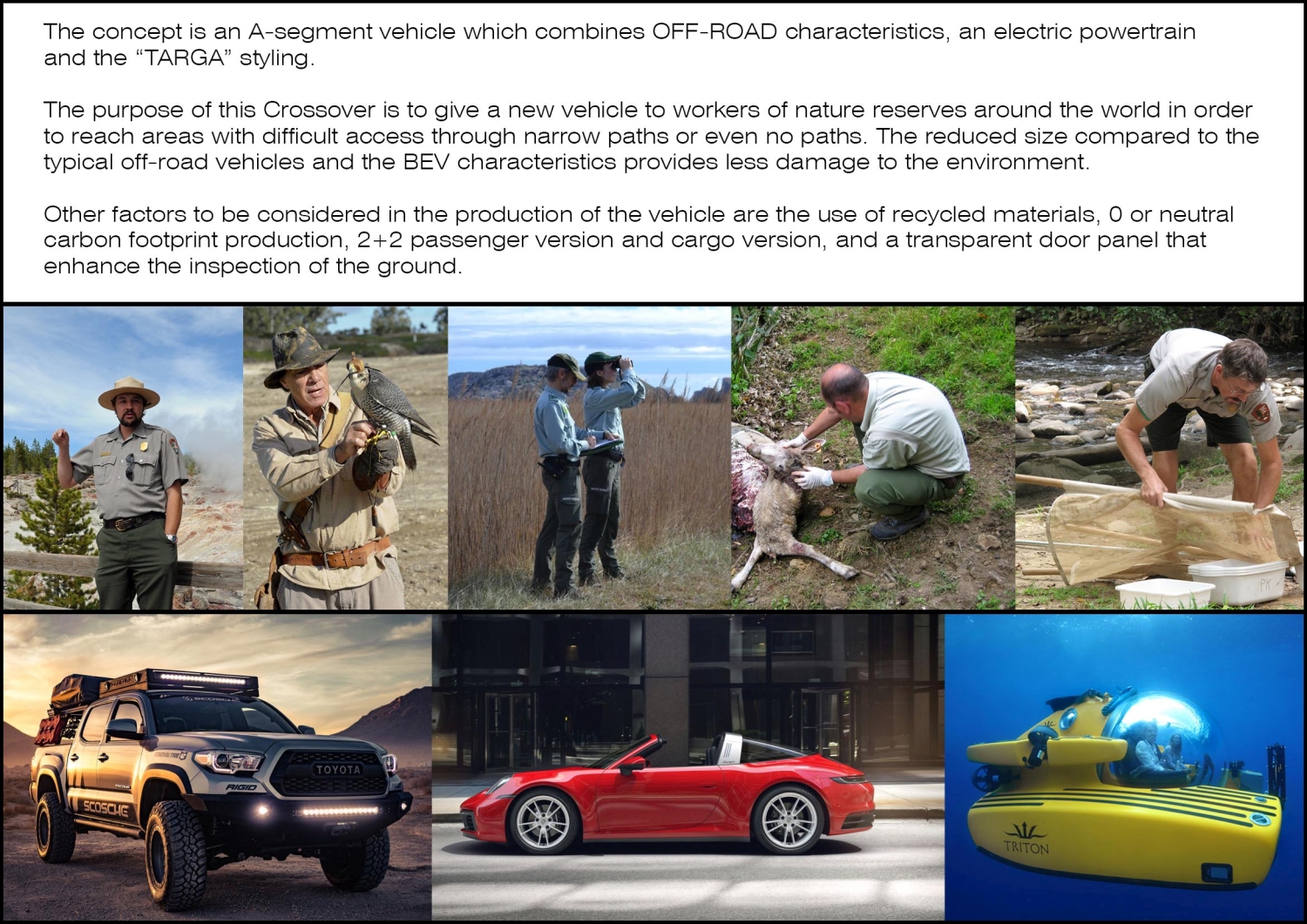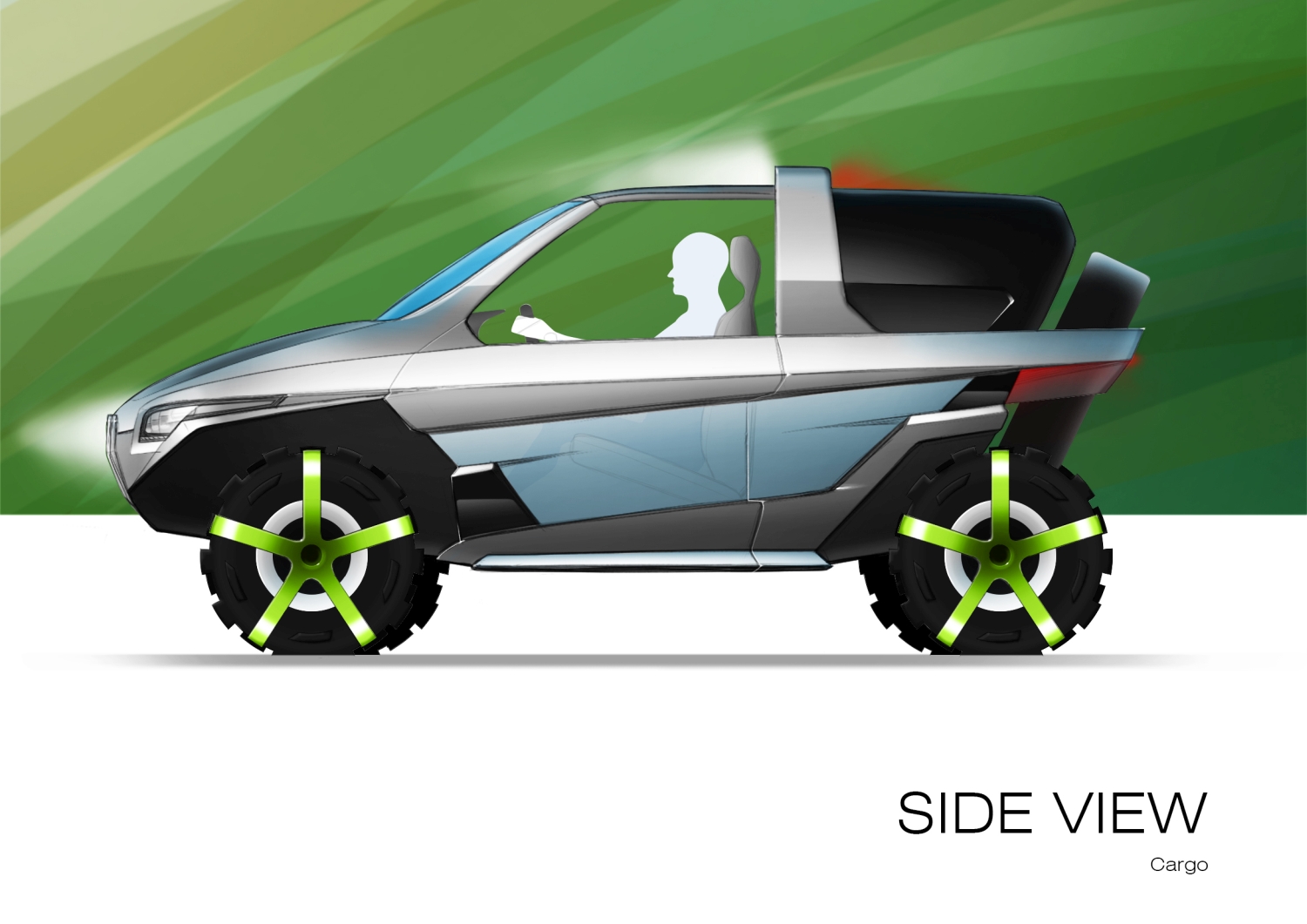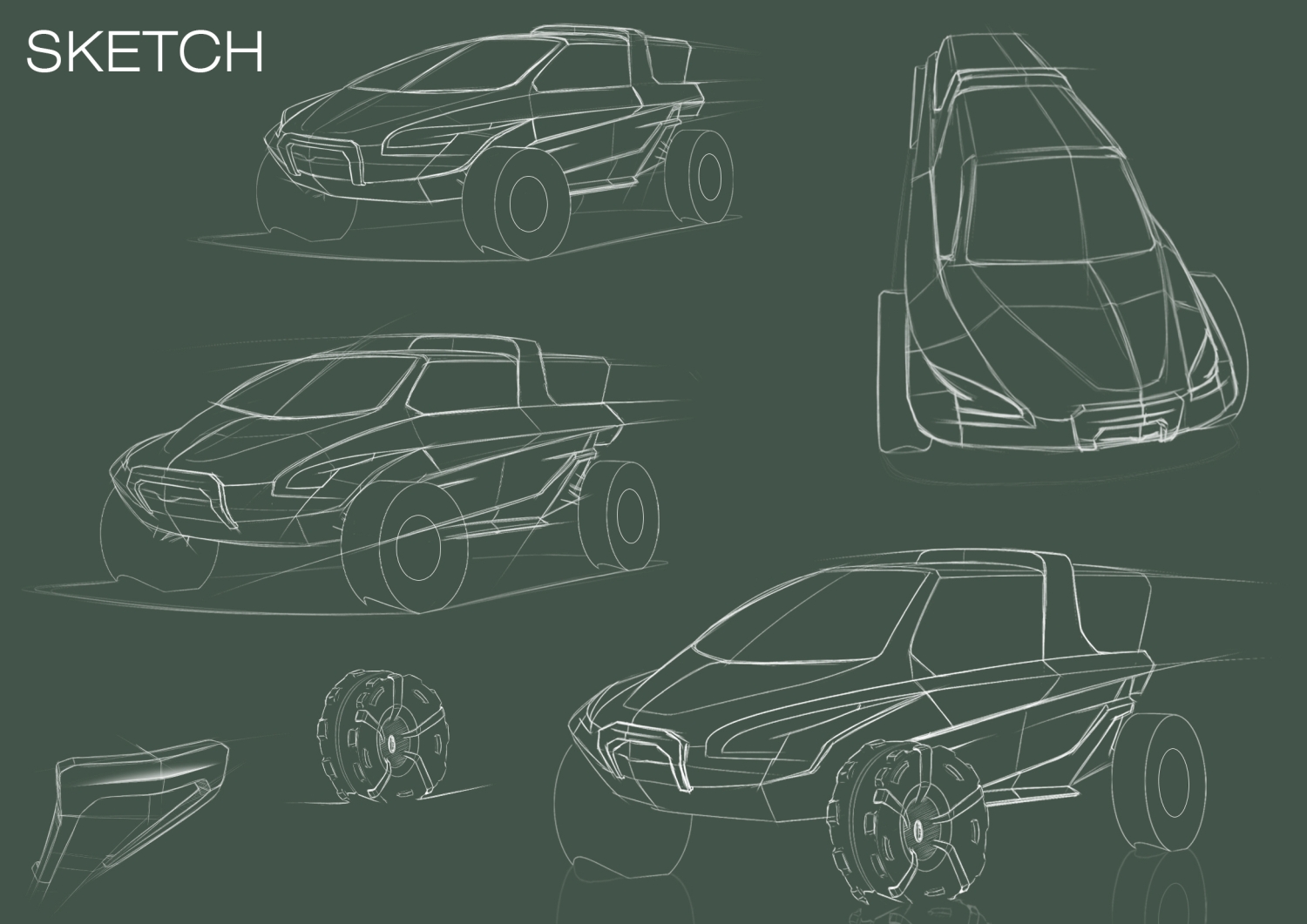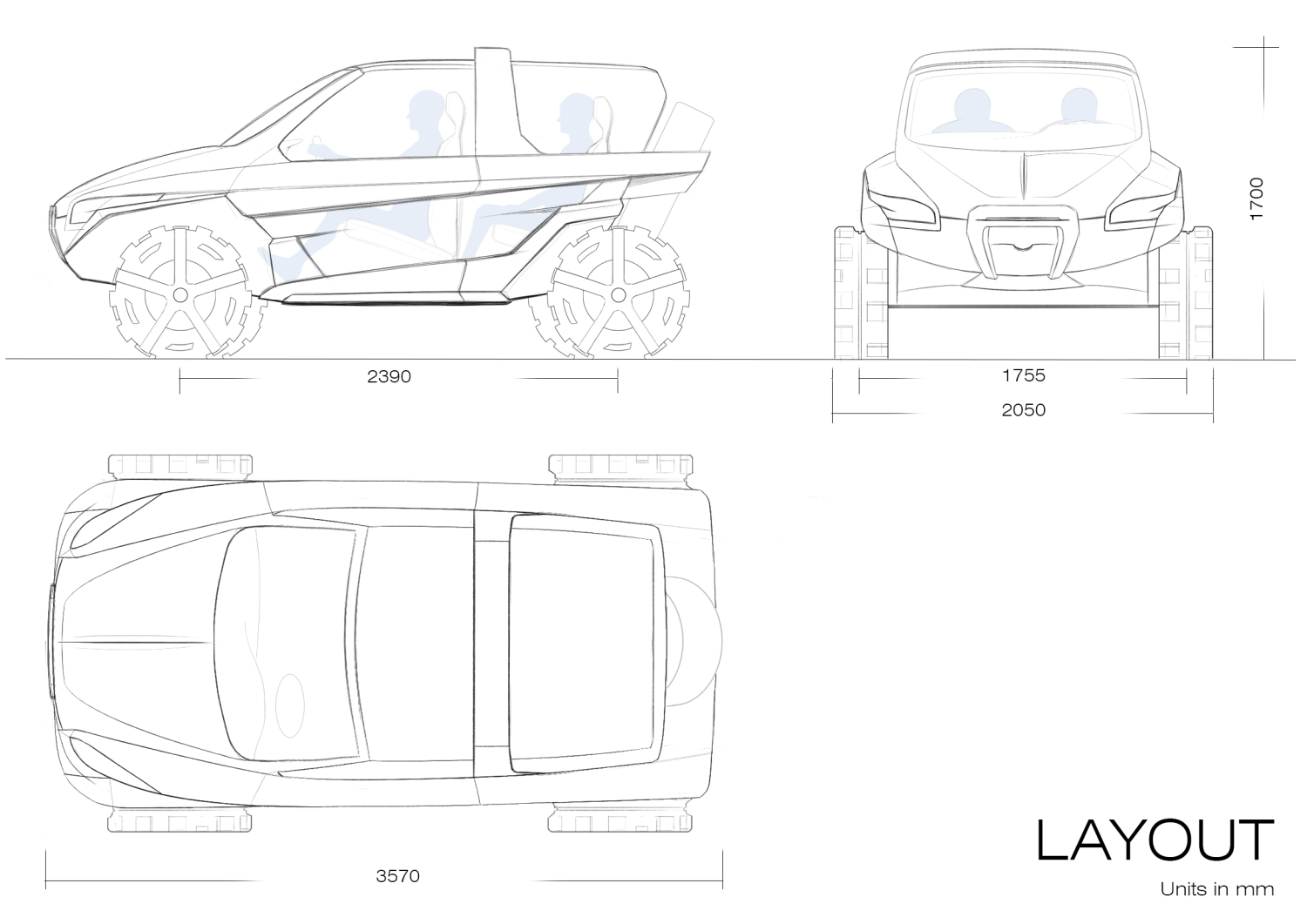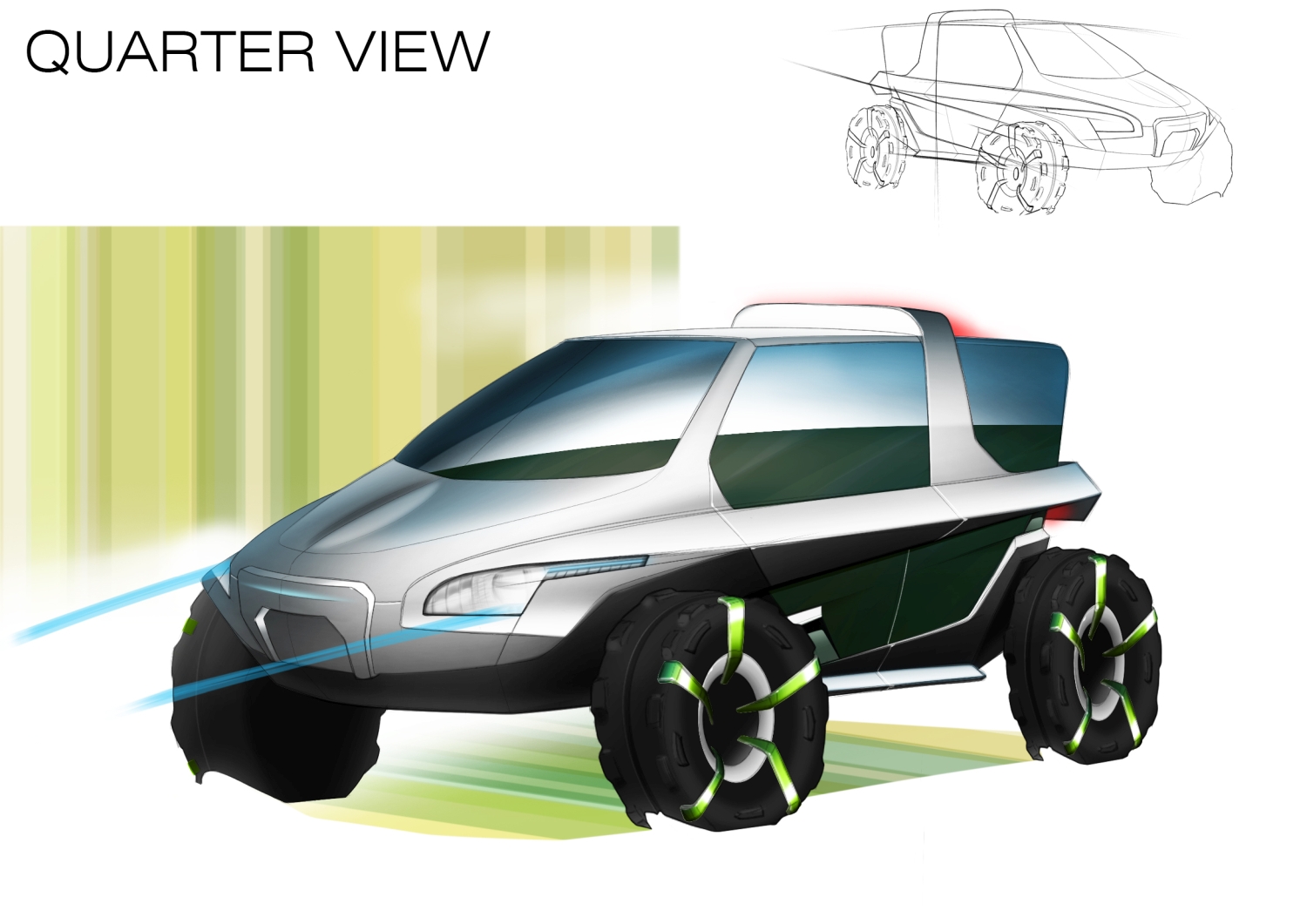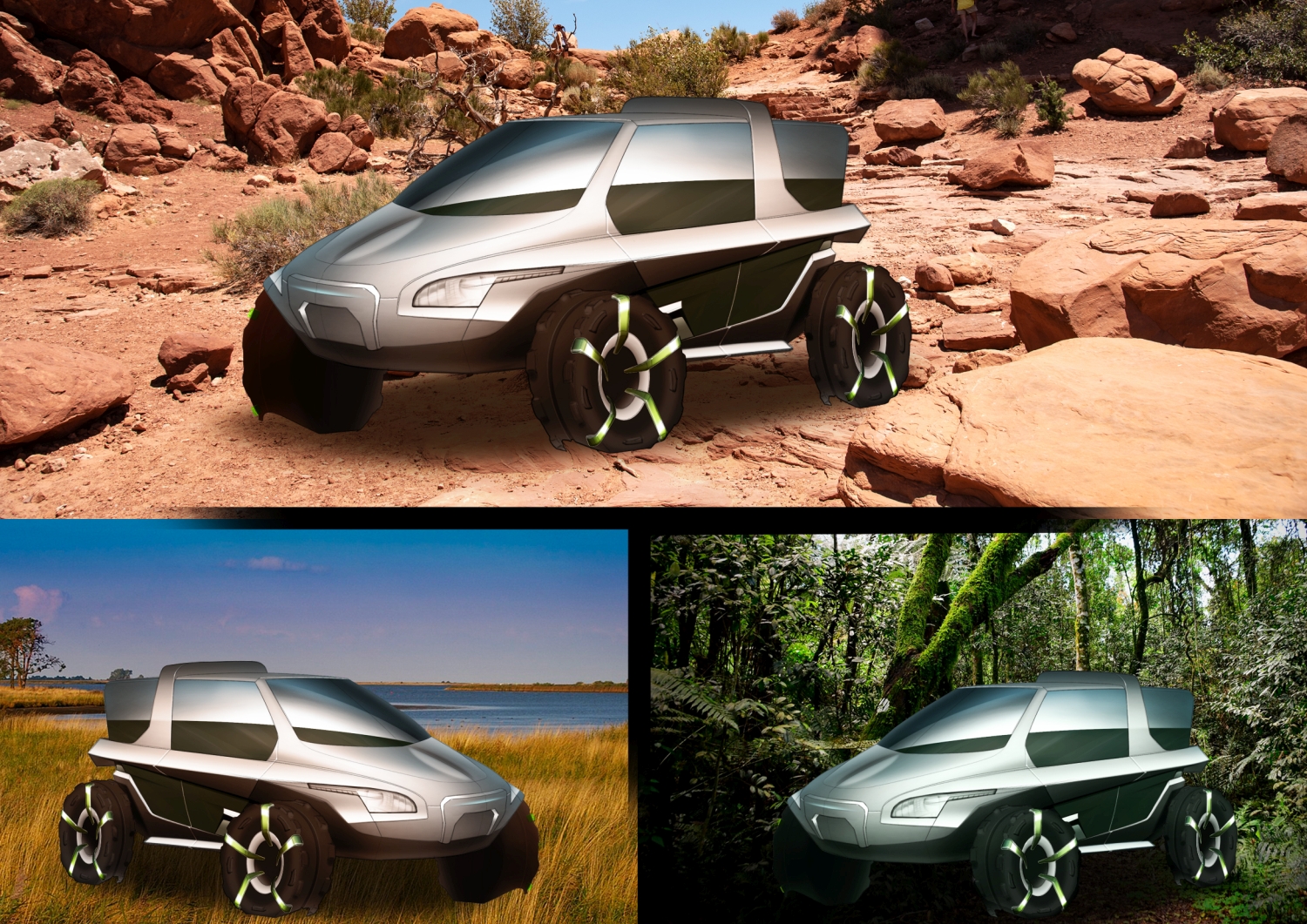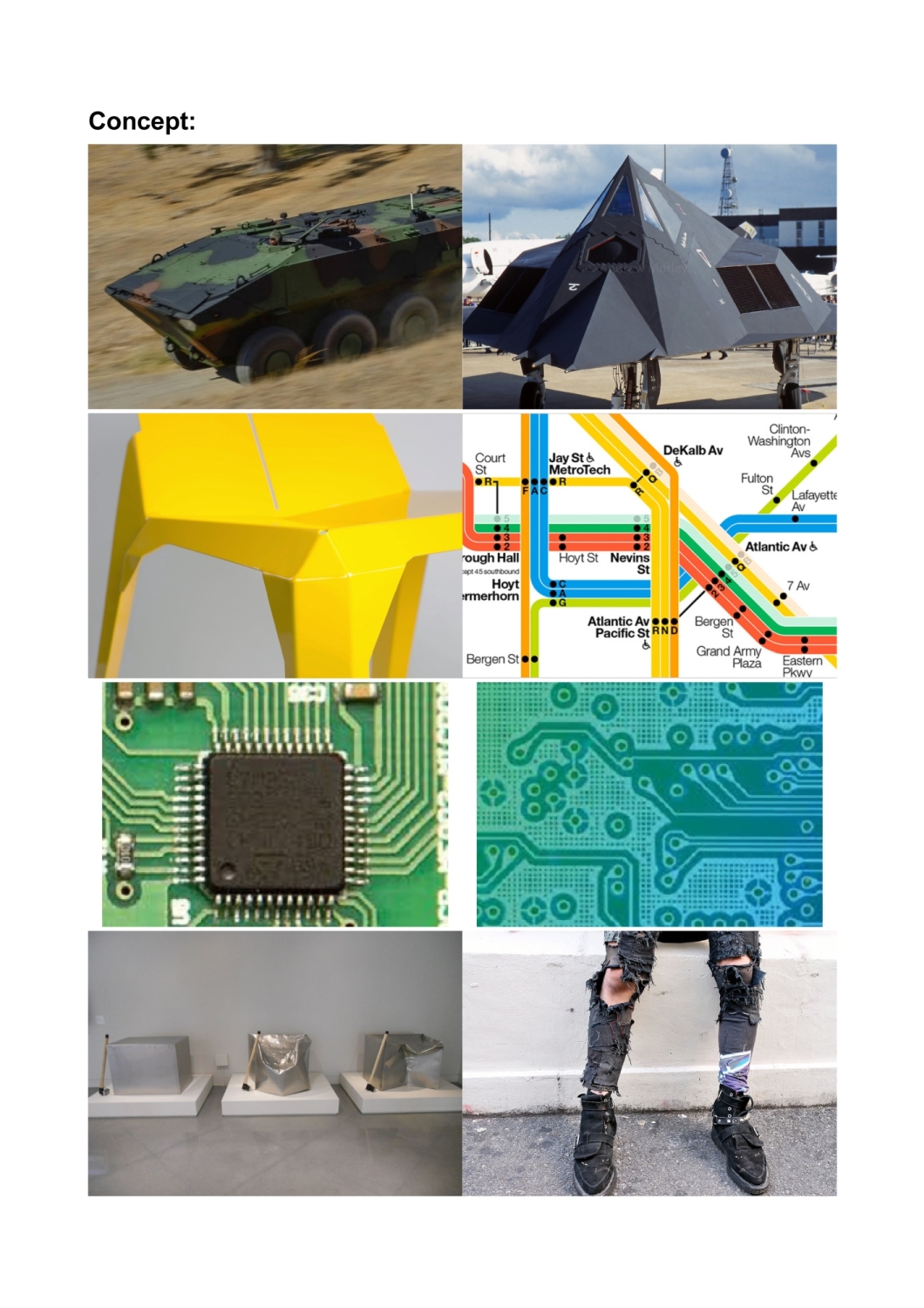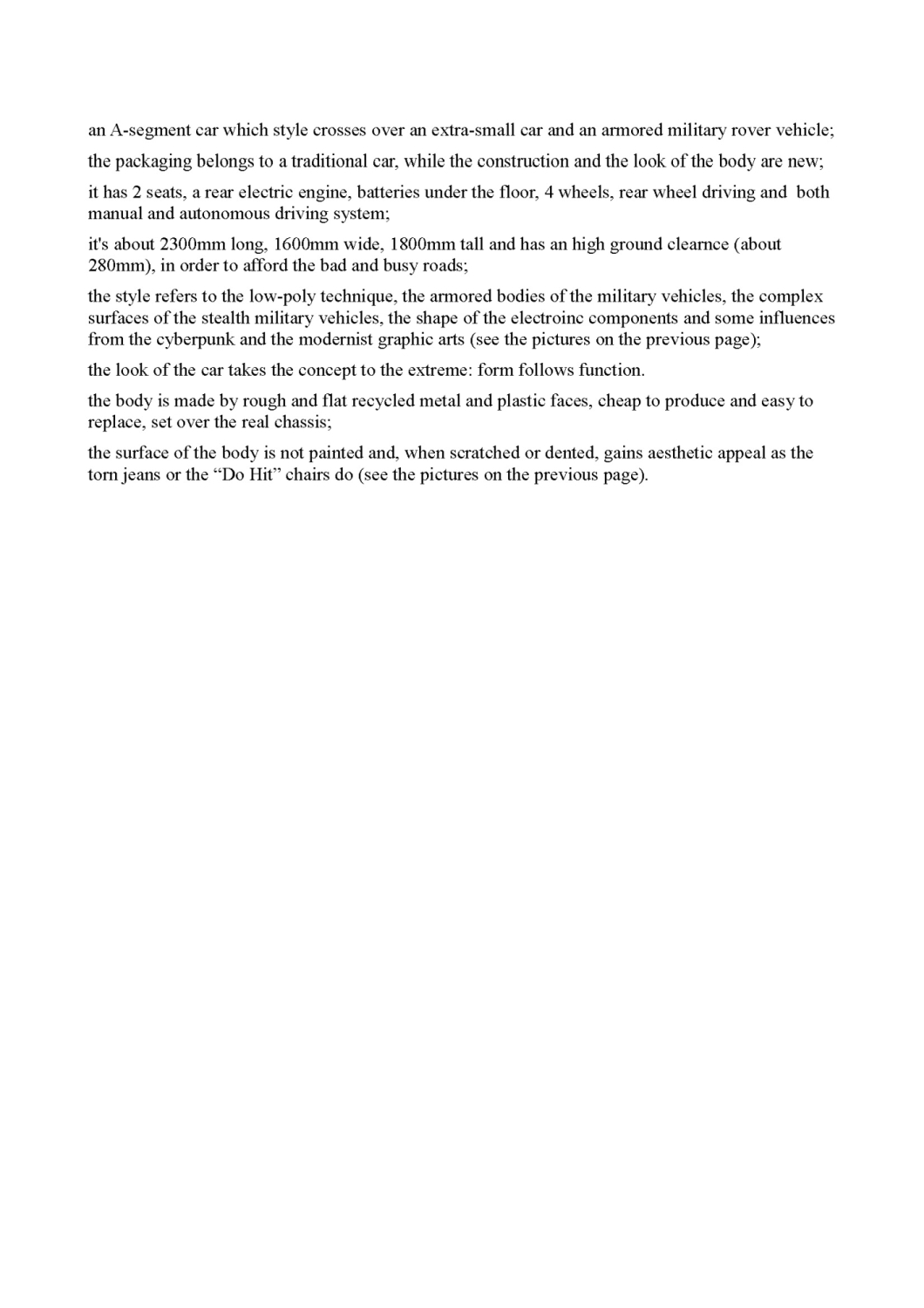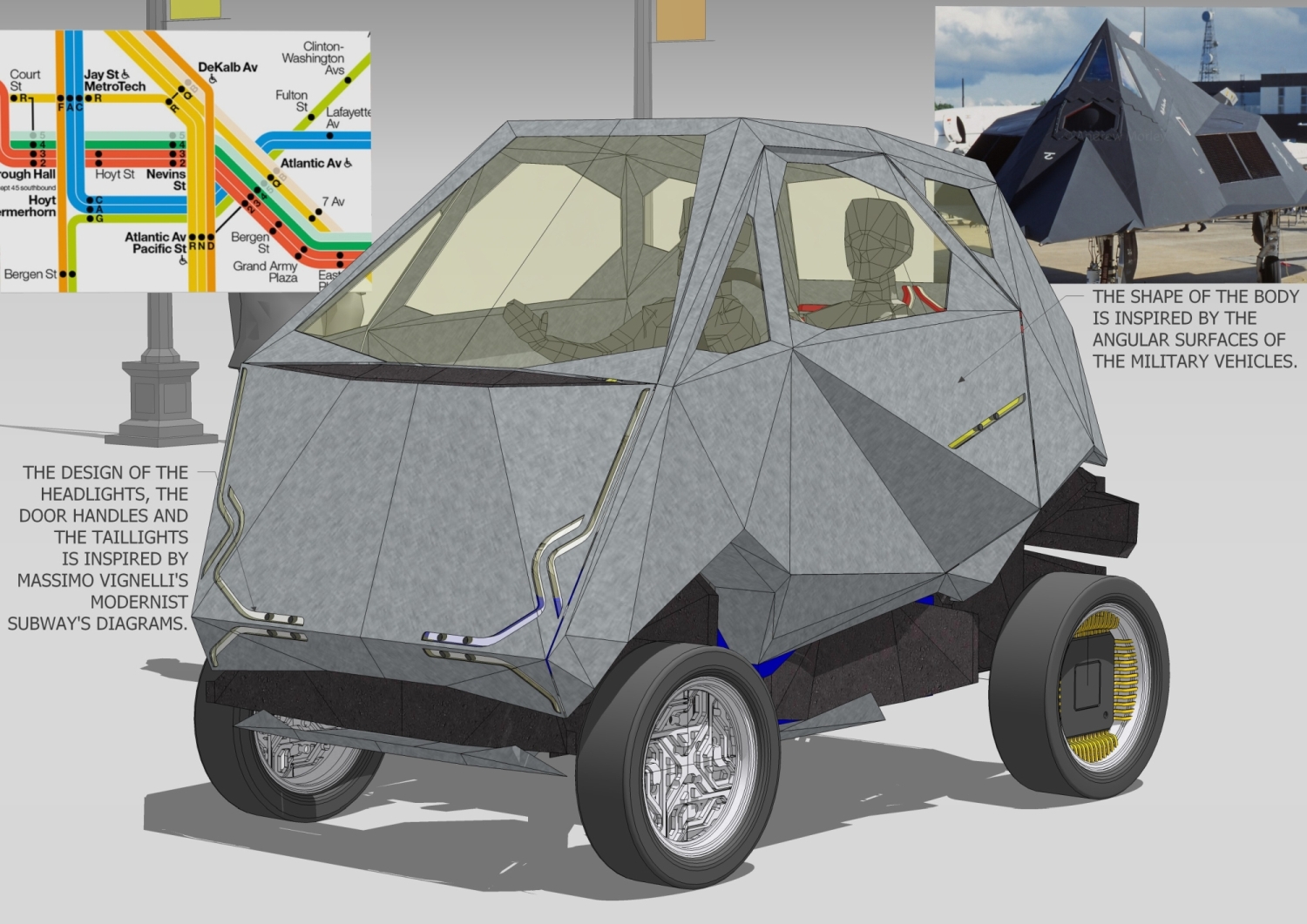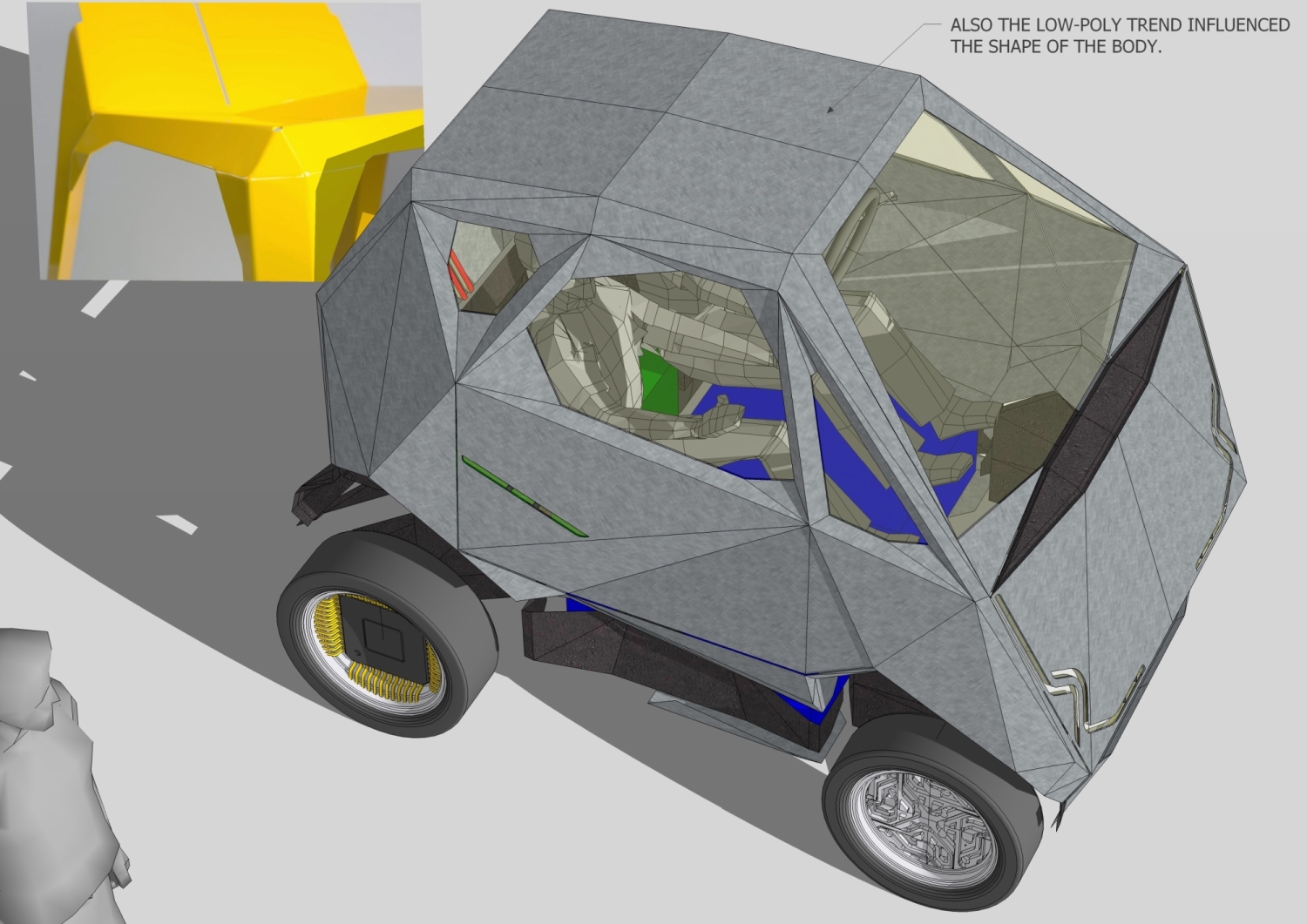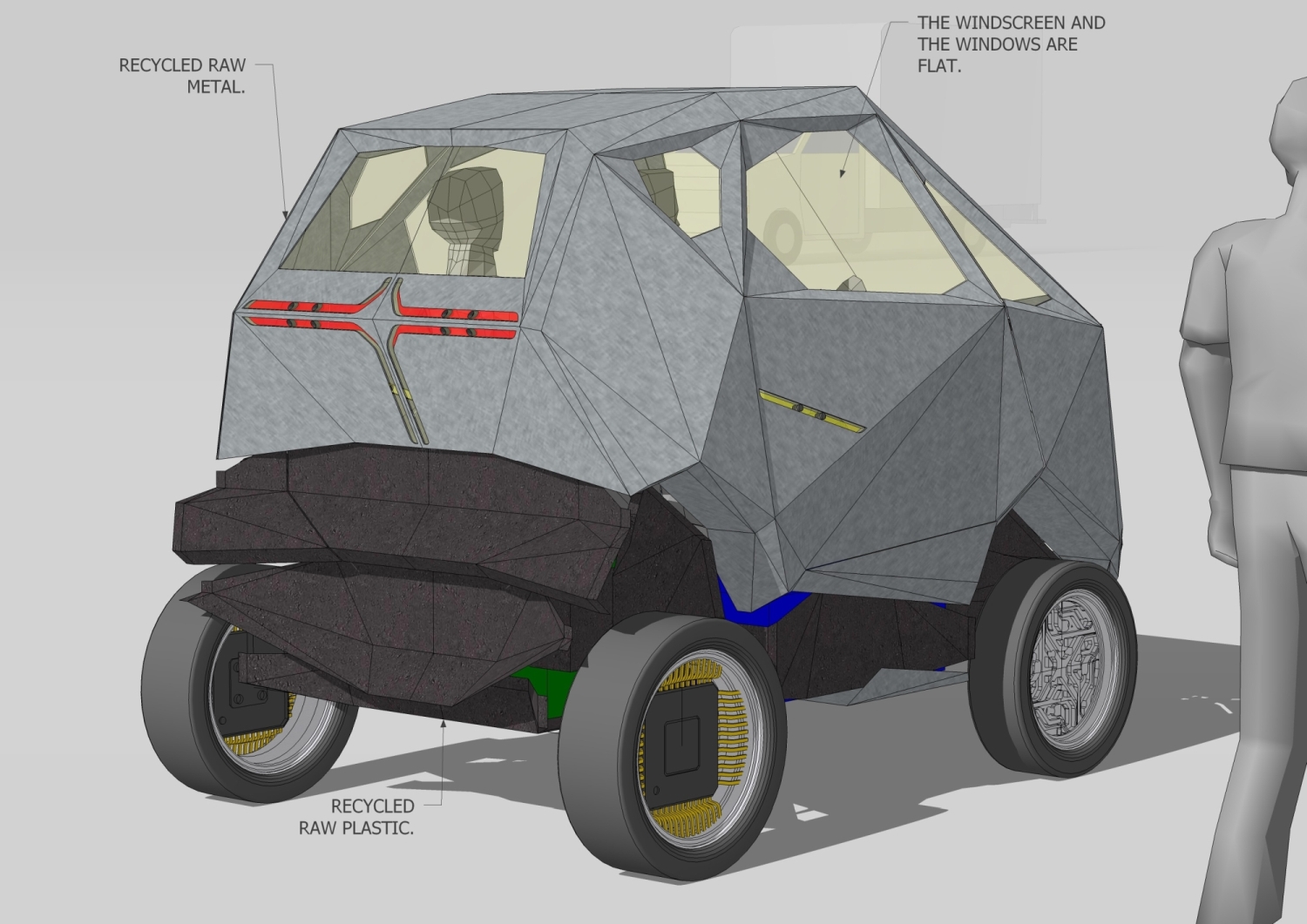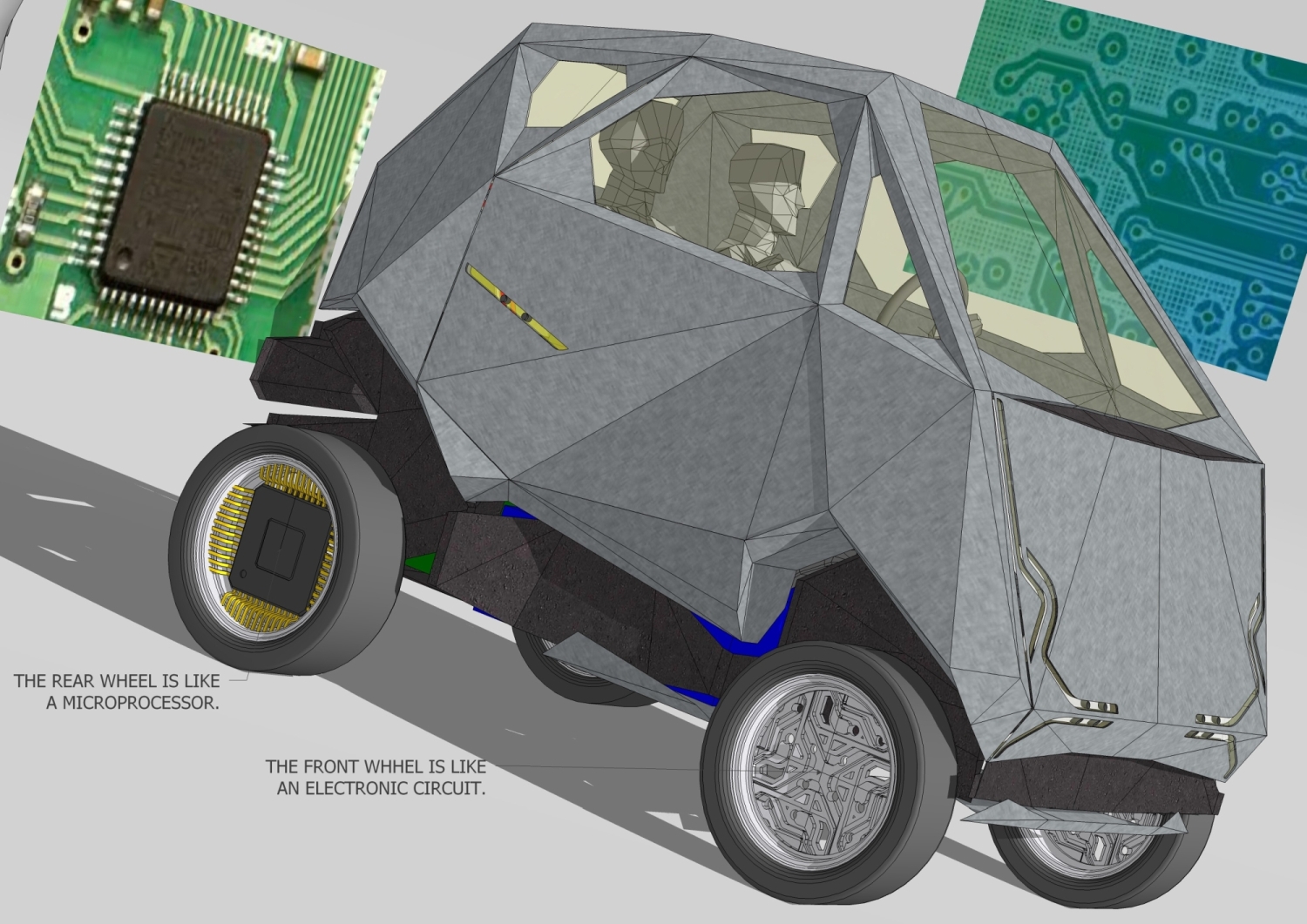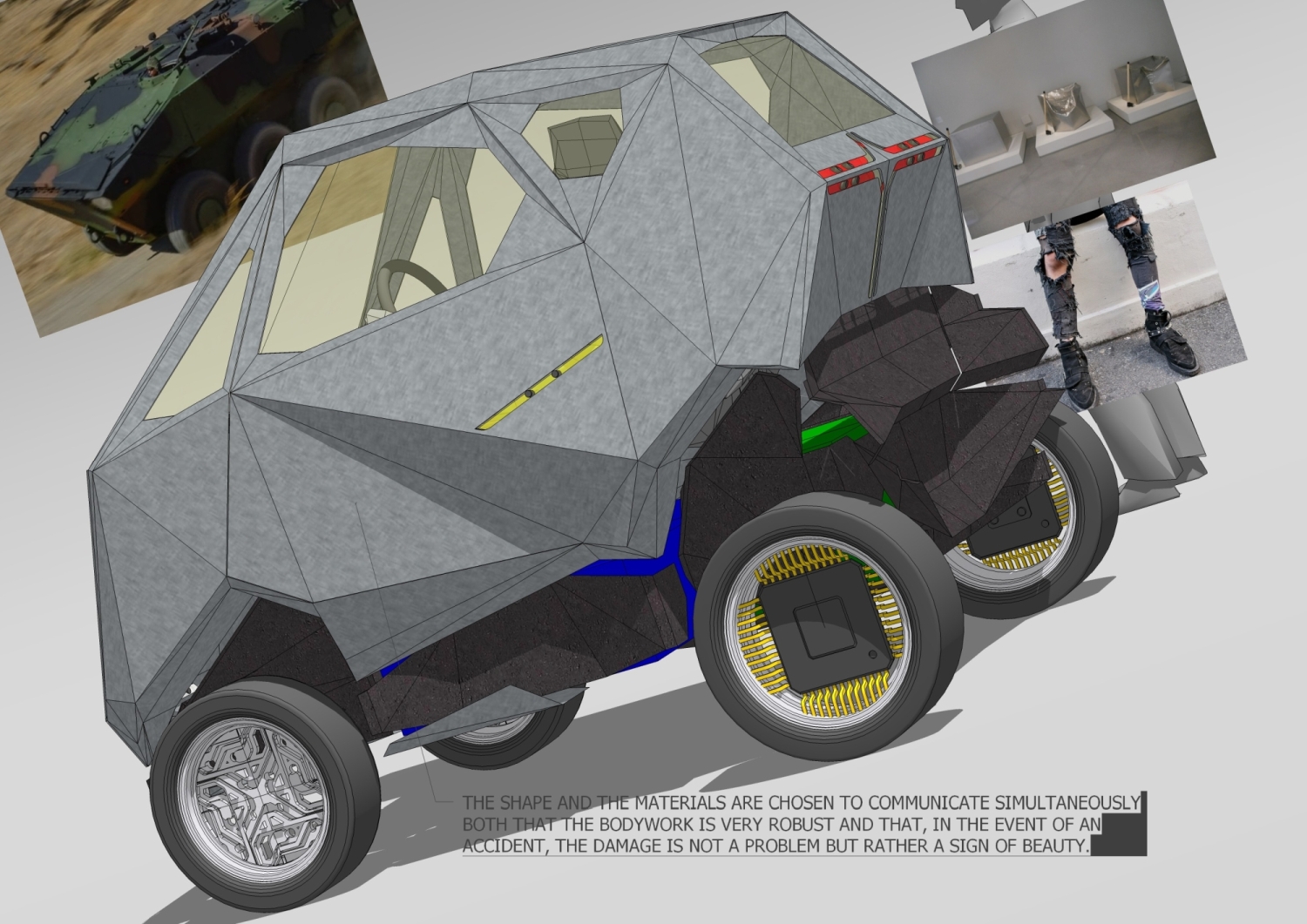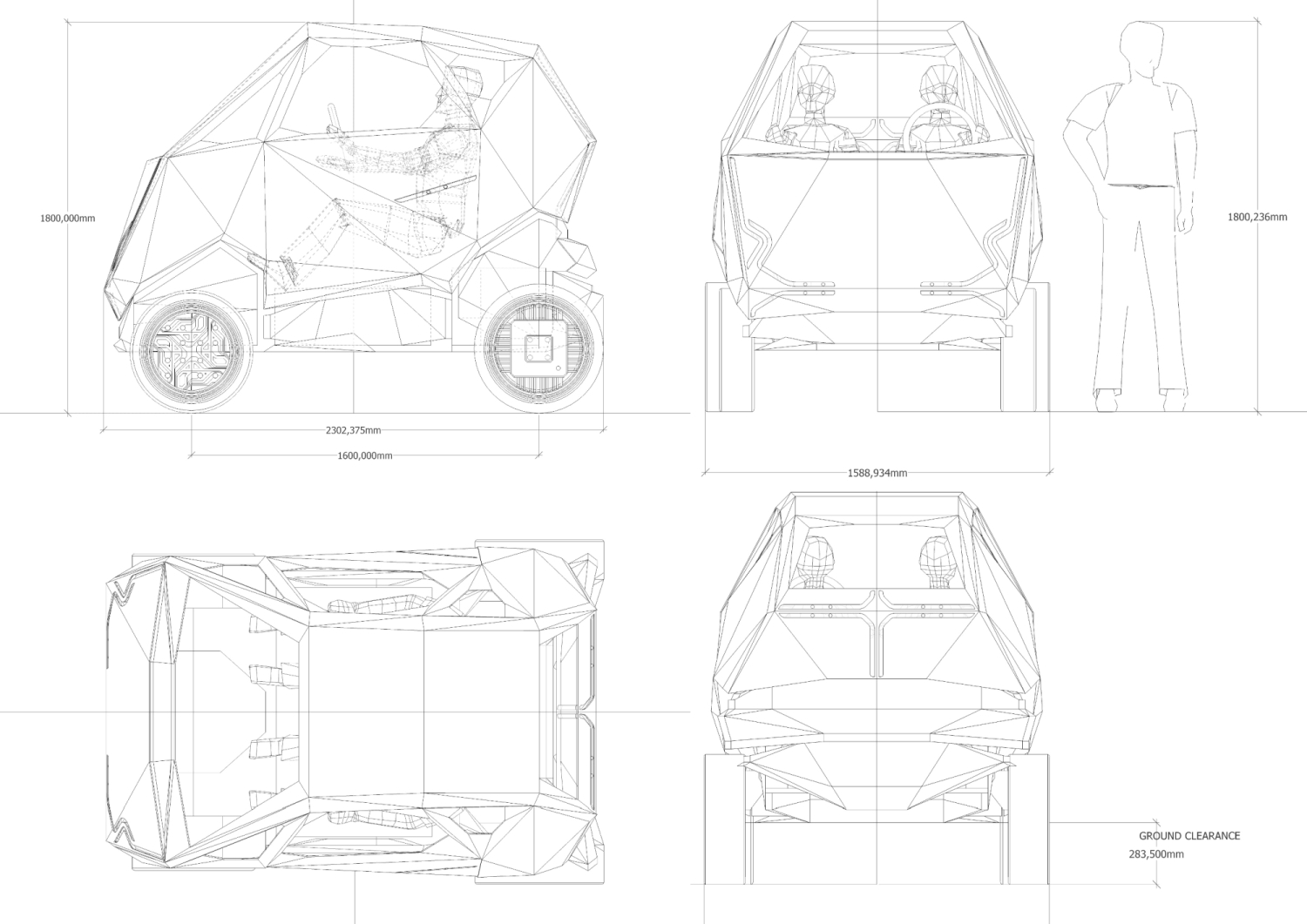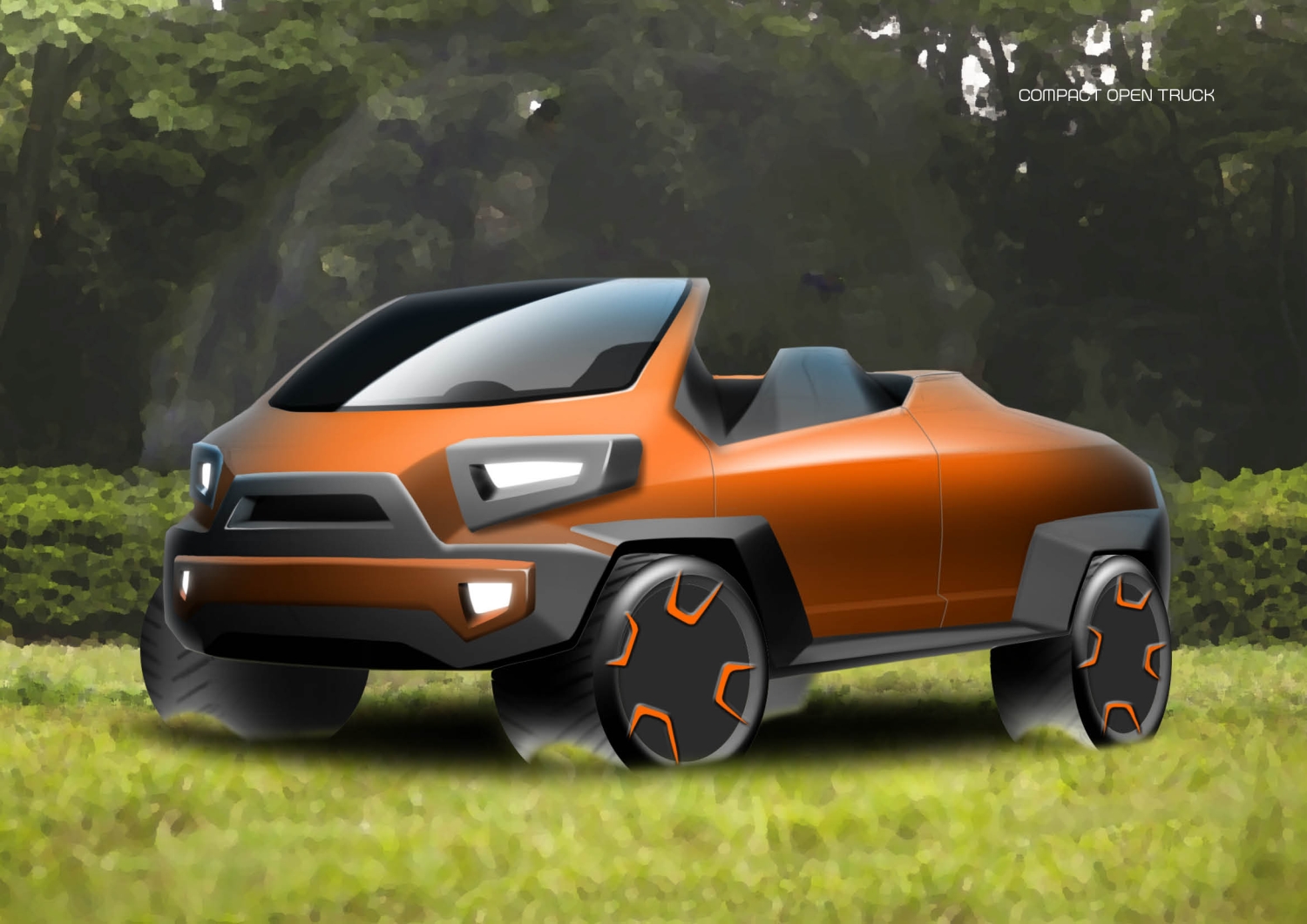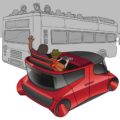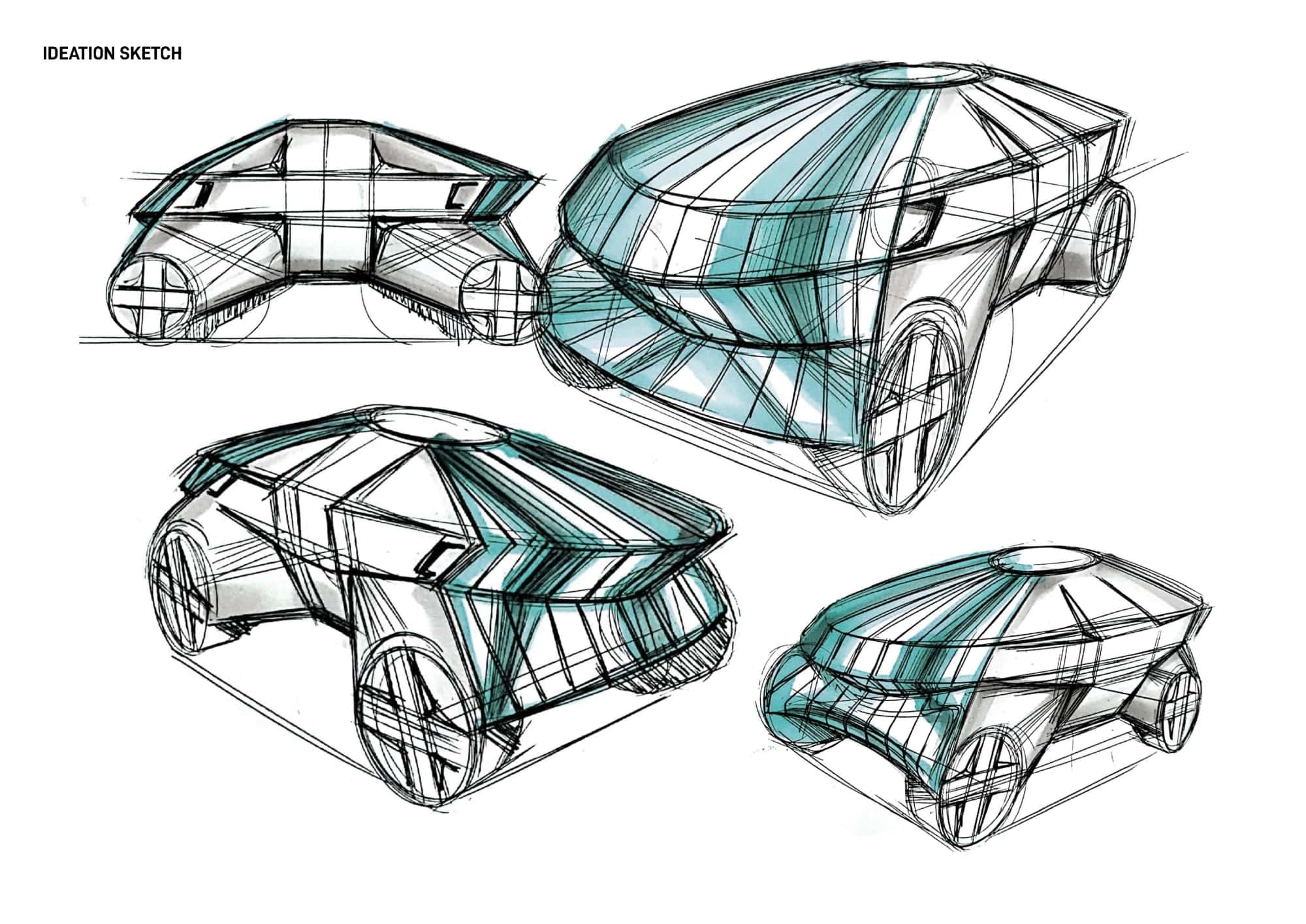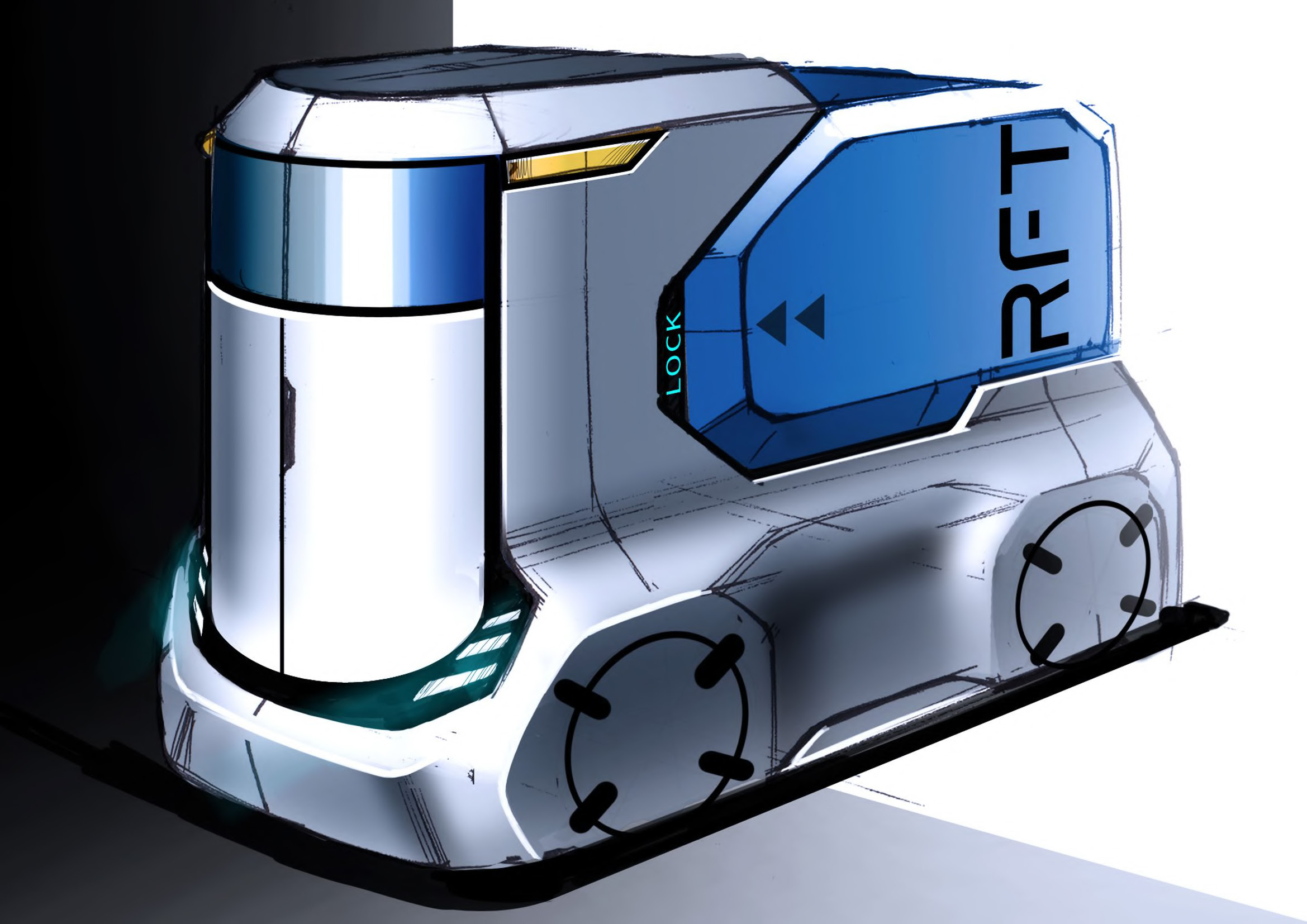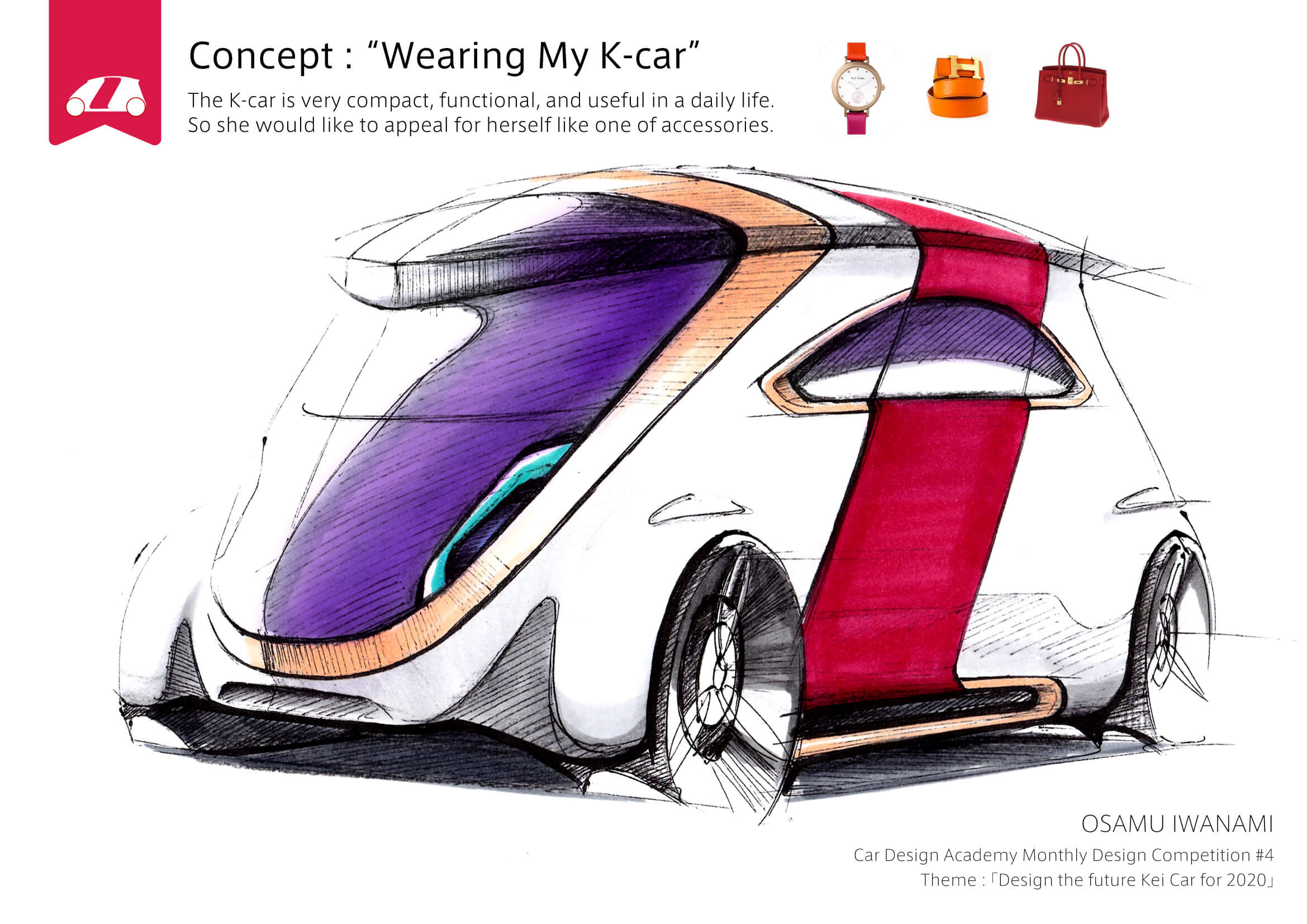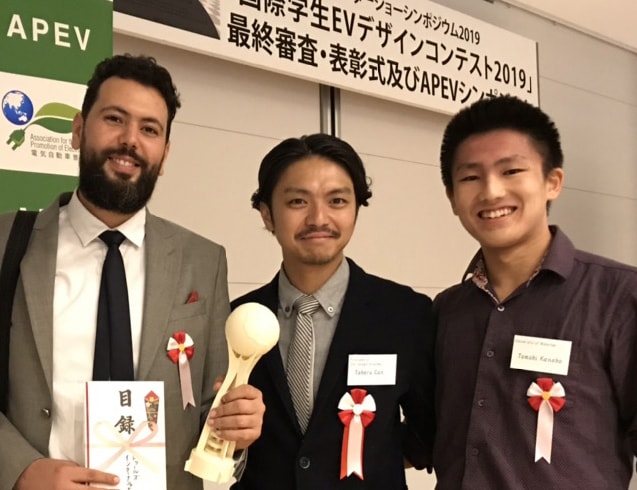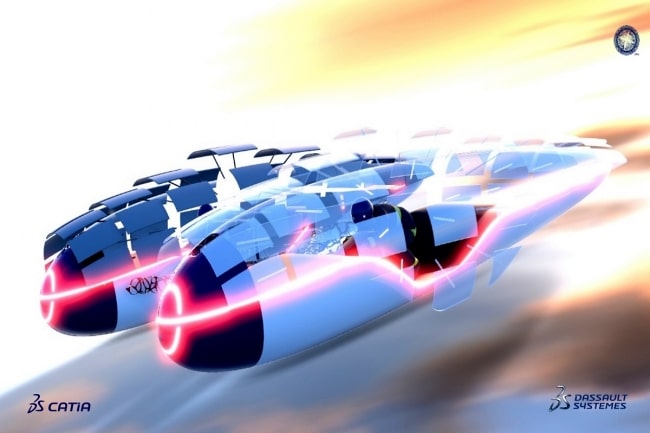【A New Framework】
#10 CDA Design Competition
“A-segment Crossover”
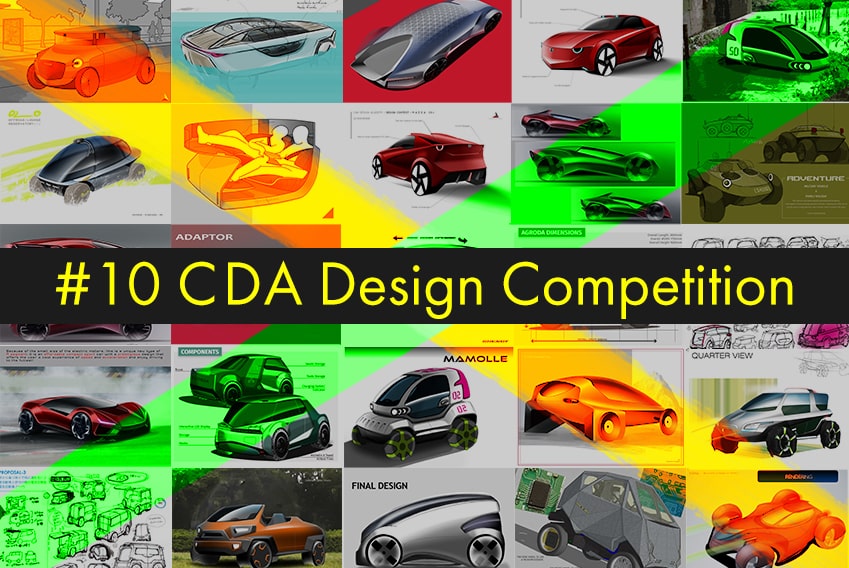
In June 2020, the 10th CDA Design Competition took place. The CDA Design Competition is held biannually, and exclusive event for CDA students where both current and former students in our academy are eligible to enter.
Mr. Toshio Yamashita, one of the world’s most well-known car designer, was assigned as a head of judgment team to review all the submitted works from our students.
Learn About Mr. Yamashita
In this time, the judging process moved online due to the effect of Covid-19, and was fully completed remotely.
The past CDA Design Competition
A New Framework: incorporating the elements of workshops into CDA Design Competition
This CDA Design Competition is designed for educational aim, not just a field of competing.
To offer a more productive learning experience to our students, we decided to rebuild a framework of the competition. “Intermediate Check” conducted by Mr. Toshio Yamashita starts from this time as a new framework – he reviews and gives advice to students in the middle of creating works. After the competition was closed, we now have confidence about that it made students possible to explore creating their works in more depth.
The #10 CDA Design Competition was running over a month. Here is a brief schedule: On June 1st, the competition theme was announced. The Intermediate Check was held on June 16th, and finally all entries evaluated on June 28th.
This schedule became the heavy timetable for the students; however, they much engaged in producing their best works.
Competition Theme: To design a new A-segment “Crossover.”
It is crucial to gain abilities to come up with ideas for designers because they will be asked more to find a new value and break into a new ground to survive this, a rapidly changing world.
In order to prepare for it when students will once face that situation, “a Crossover (functional) vehicle in A-segment size that combined different factors and brings new values” was set as the competition theme this time.
It was a little complex and harder than the past themes for the students.
We hope you will enjoy seeing how our students approached this theme.
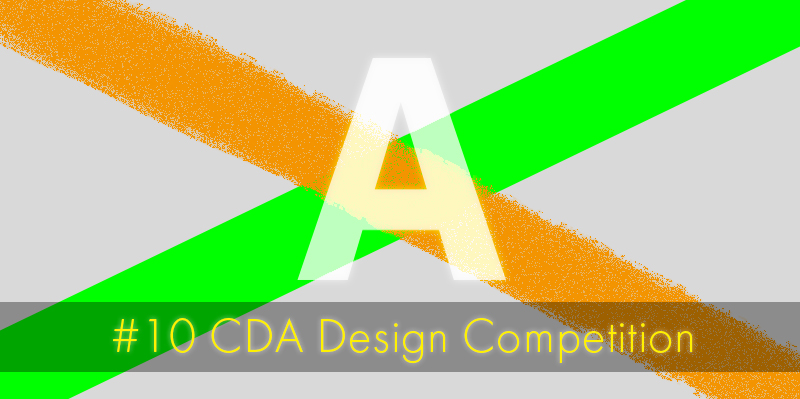
Evaluation Criteria
- Points are given on a scale of 1 to 5 for each criteria.
- ①Consistency between the theme and the concept (5 points)
- ②Development of idea (5 points )
- ③Sketching skills (5 points)
Those realistic designs, that have consistency in-between theme and concept, tended to earn higher scores.
In addition to that, whether having certain sketch skills for expressing one’s concept and showing attractively or not was one of the significnat determinations for judges.
And now we are pleased to announce the results of our competition.
The Grand Prize is…
Abdul from Indonesea!!
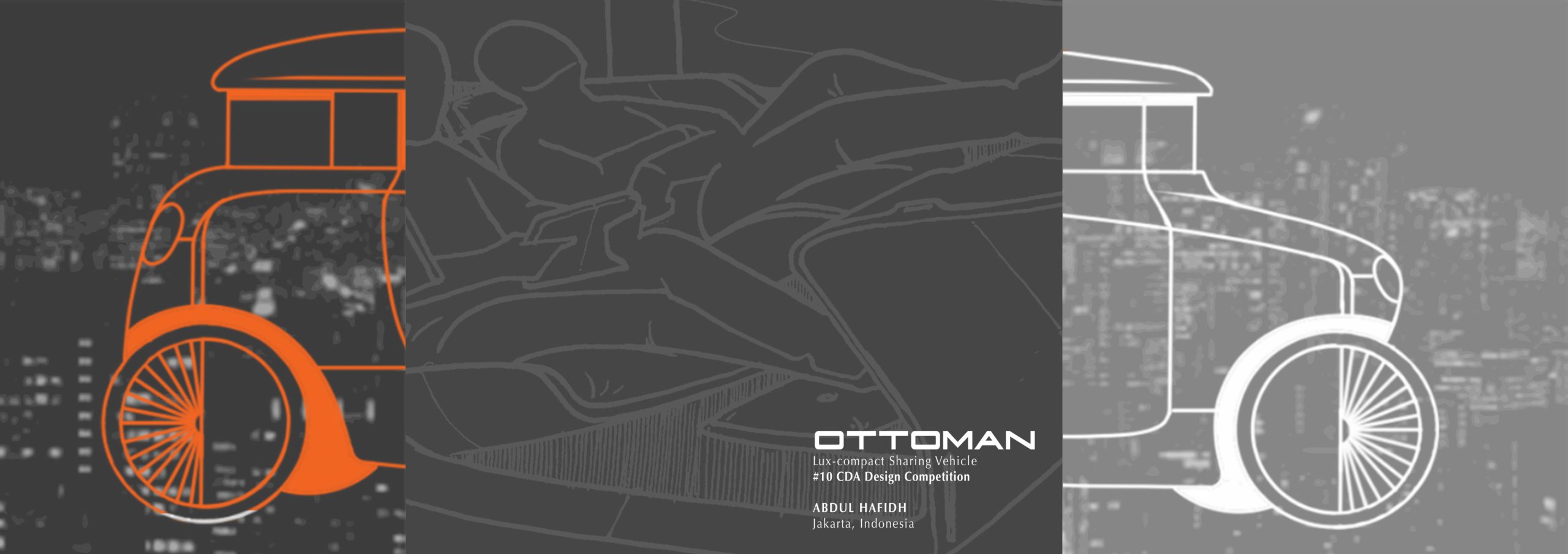
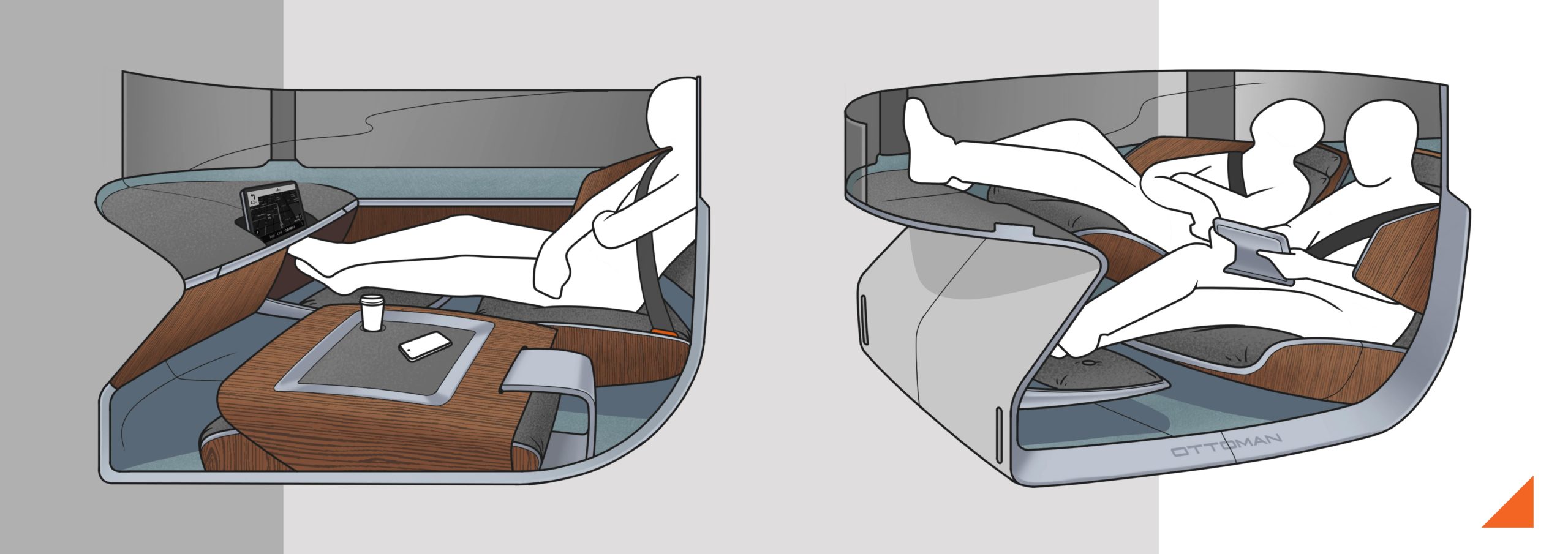




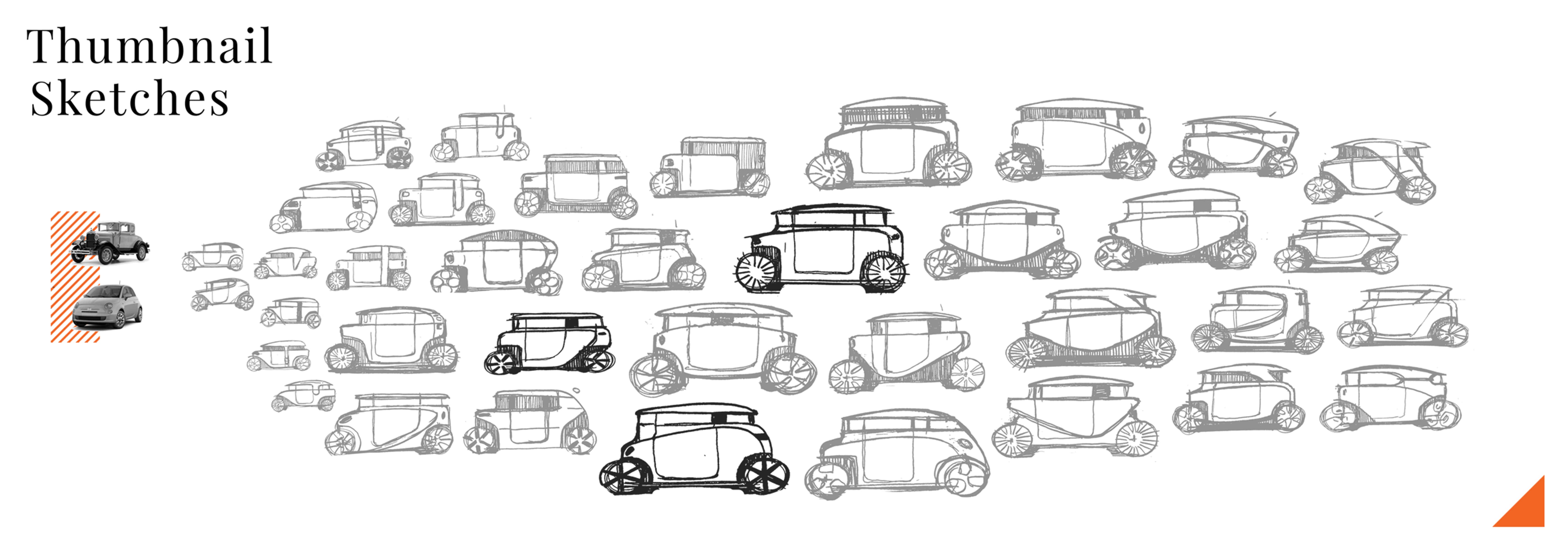

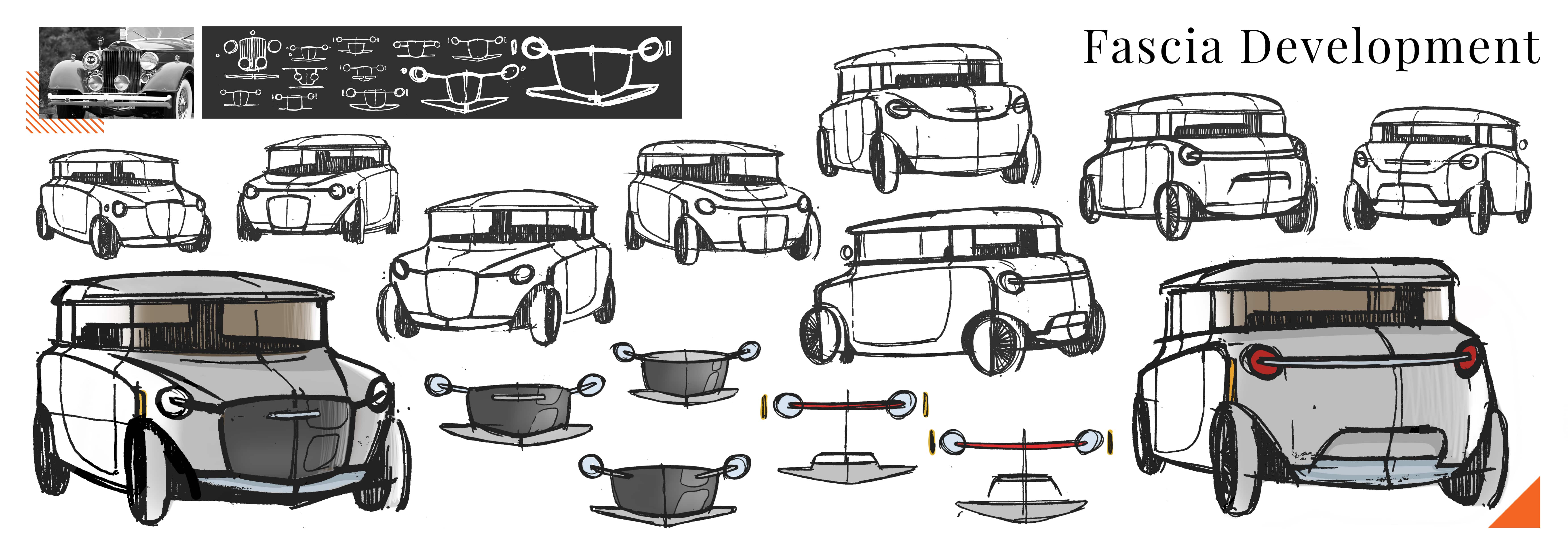
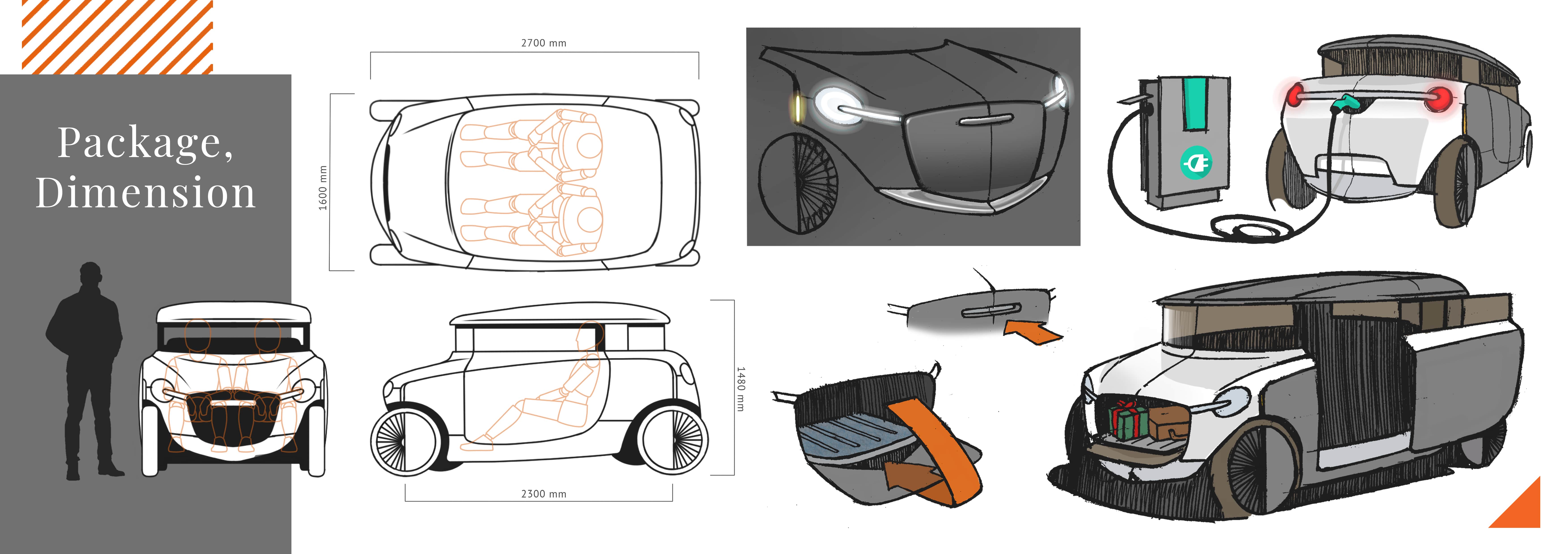
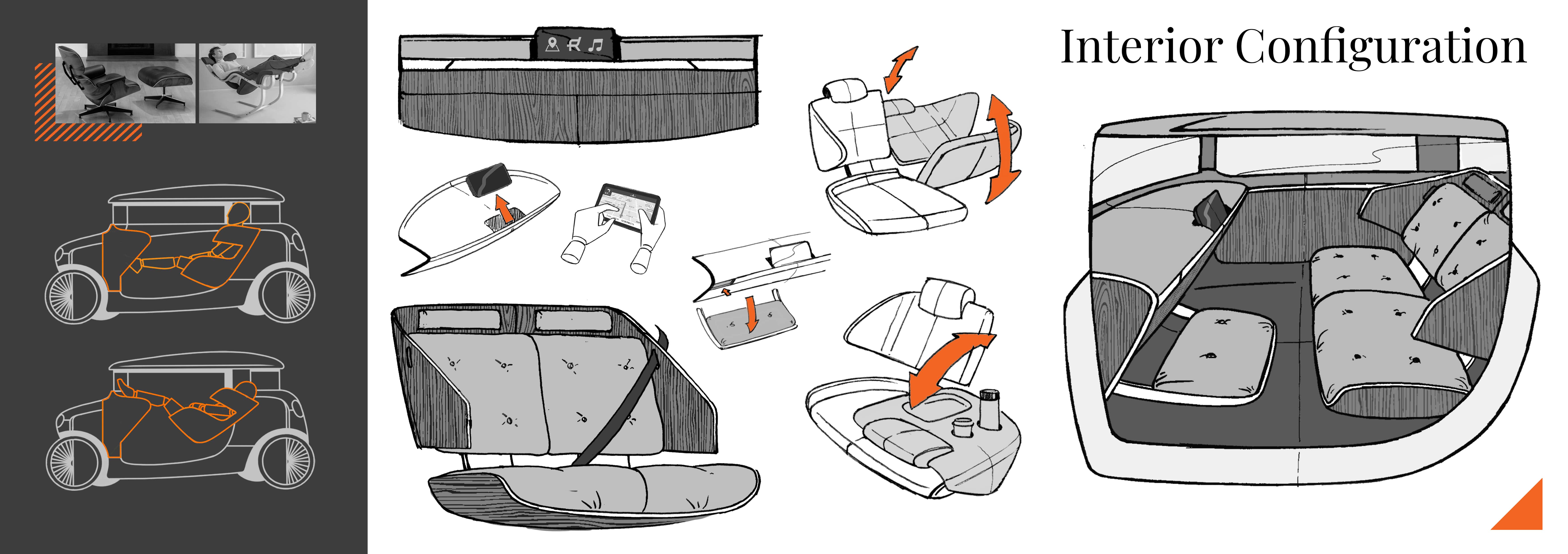
Adbule combined the functions, “Compact car” and classical “Sedan Coupe in Χ1930s,” and proposed a luxury autonomous vehicle which will be used as a new commute, providing users relaxation for getting rid of their fatigue and daily stress.
His design includes interior space. As its name is “OTTOMAN,” the ottoman (footstool) is placed in the front part of the seat, and the person who gets in this vehicle can sit in the seat with the posturer allowing him to relax. When level 5 autonomous driving technology is put into practical use, how to spend in the vehicle will be dramatically changed. Then, this idea will take on reality and will be one of the attractive proposals.
His choice of sedan coupe in the 1930s for the exterior matches well with the design motif, Mid-Century Modern furniture he applied into the interior, that makes judges feel he has good taste.
Mr. Yamashita offered him the maximum score because his works are high level in regards to everything, such as from a concept building to presenting sketches, and graphics on his concept board. He proposes not only vehicle’s exterior, but also interiors are included in his design, so he creates that whole car, and it is also one of the reasons he got a high evaluation. Every point on his work, like idea development, scene sketches, and organization of presentation boards etc. are good examples for all of us. These are important activities for creating a design, so we encourage you to see this work as a reference for the future.
However, he would need more glossy expression on the rendering. We expect him to develop skills for it.
Evaluation at Intermediate Check
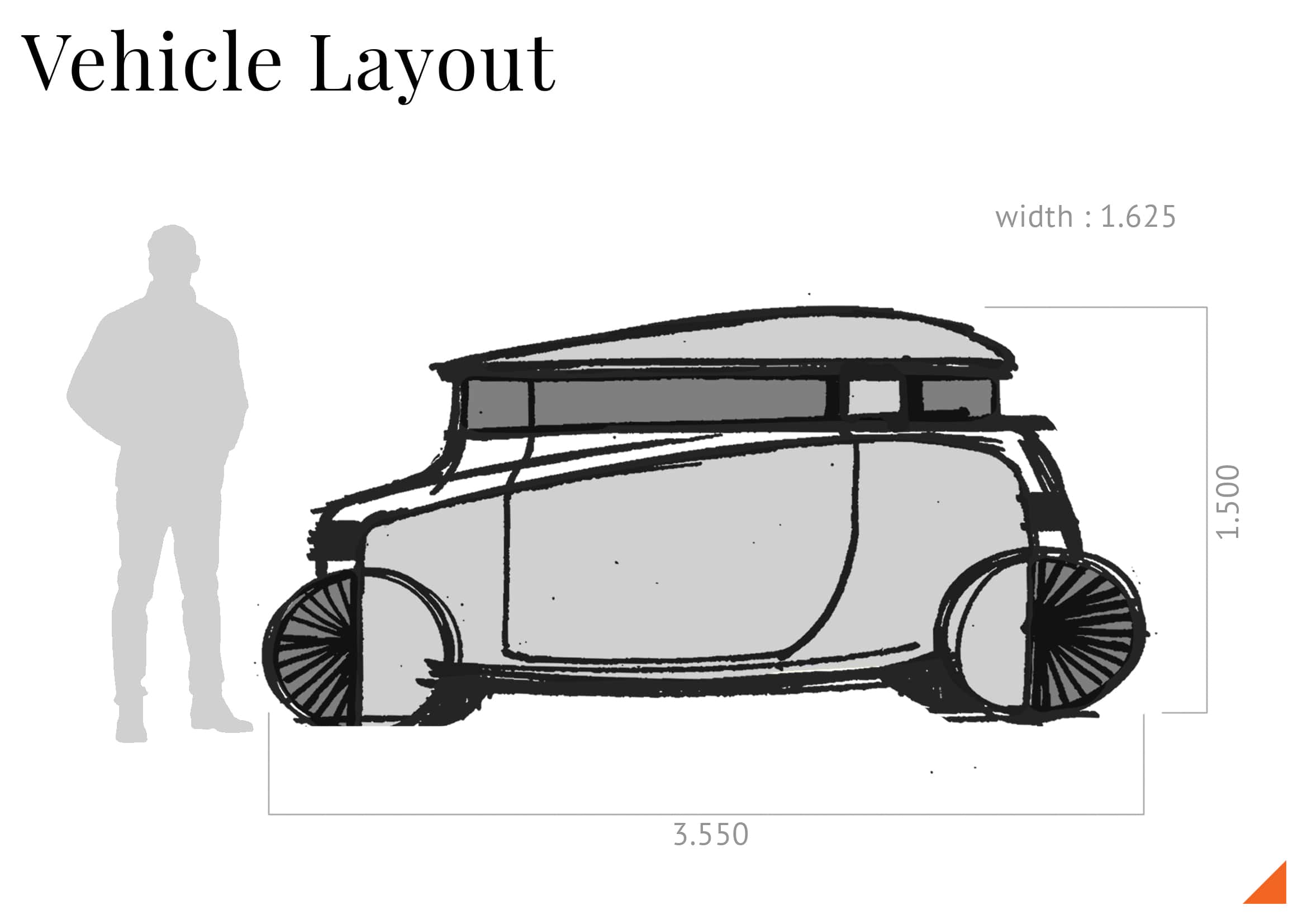
As for the consistency in-between theme and concept, Mr. Yamashita evaluated as “well balanced” at the Intermediate Check, however, the cabin and body were a little small to produce its luxury interior space. He gave advice to Adbul that it was supposed to make them bigger as much as possible while keeping the style.
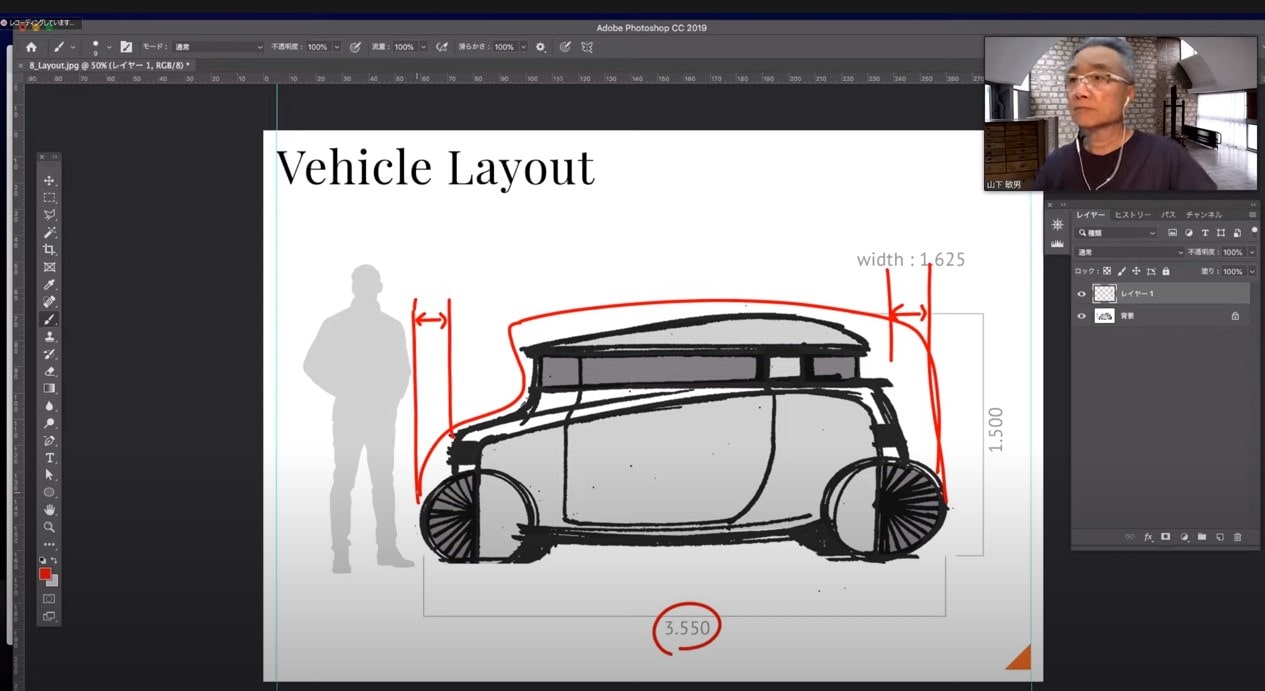
Mr. Yamashita is giving advice through screen sharing.
The Second Prize
Salim

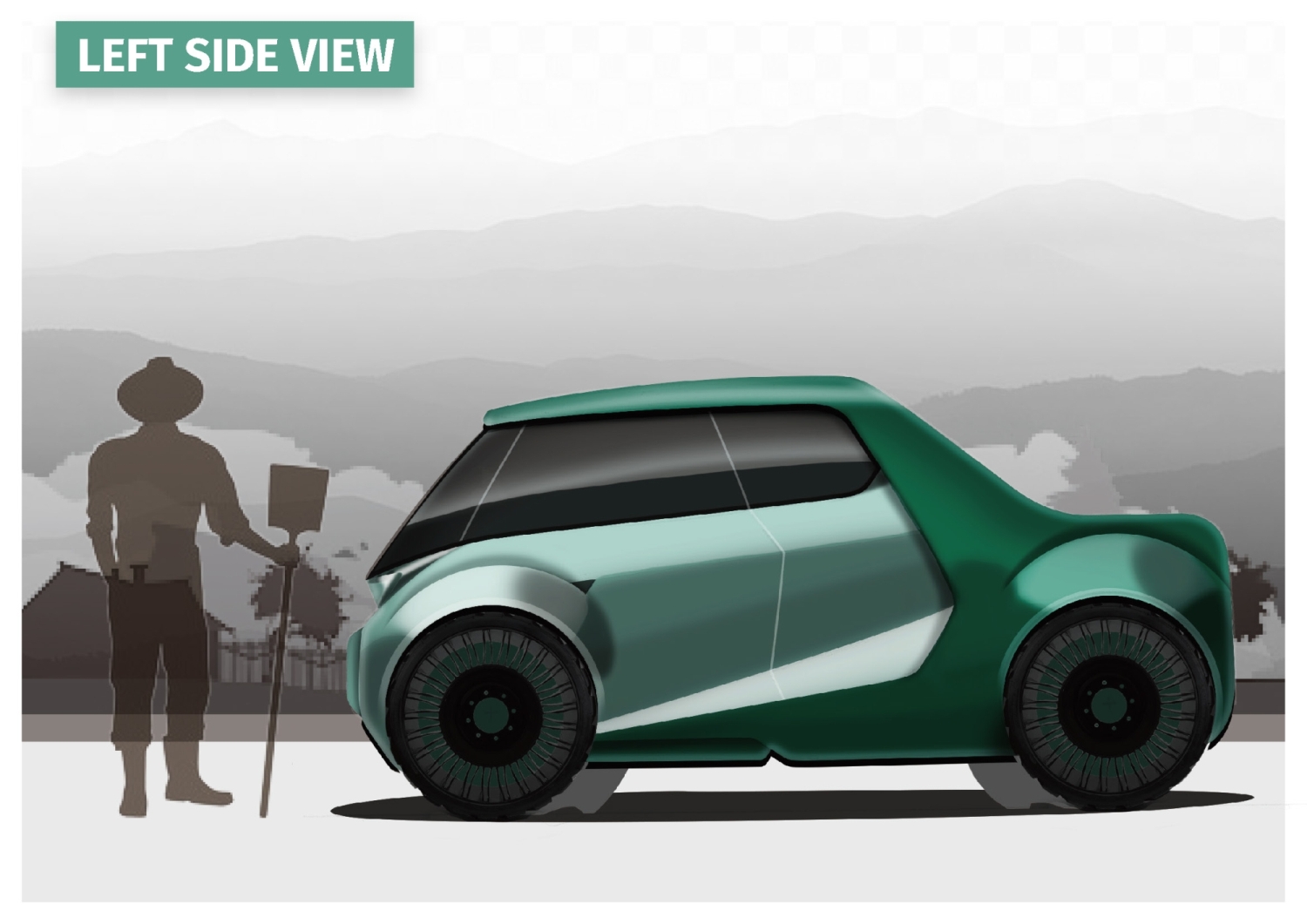
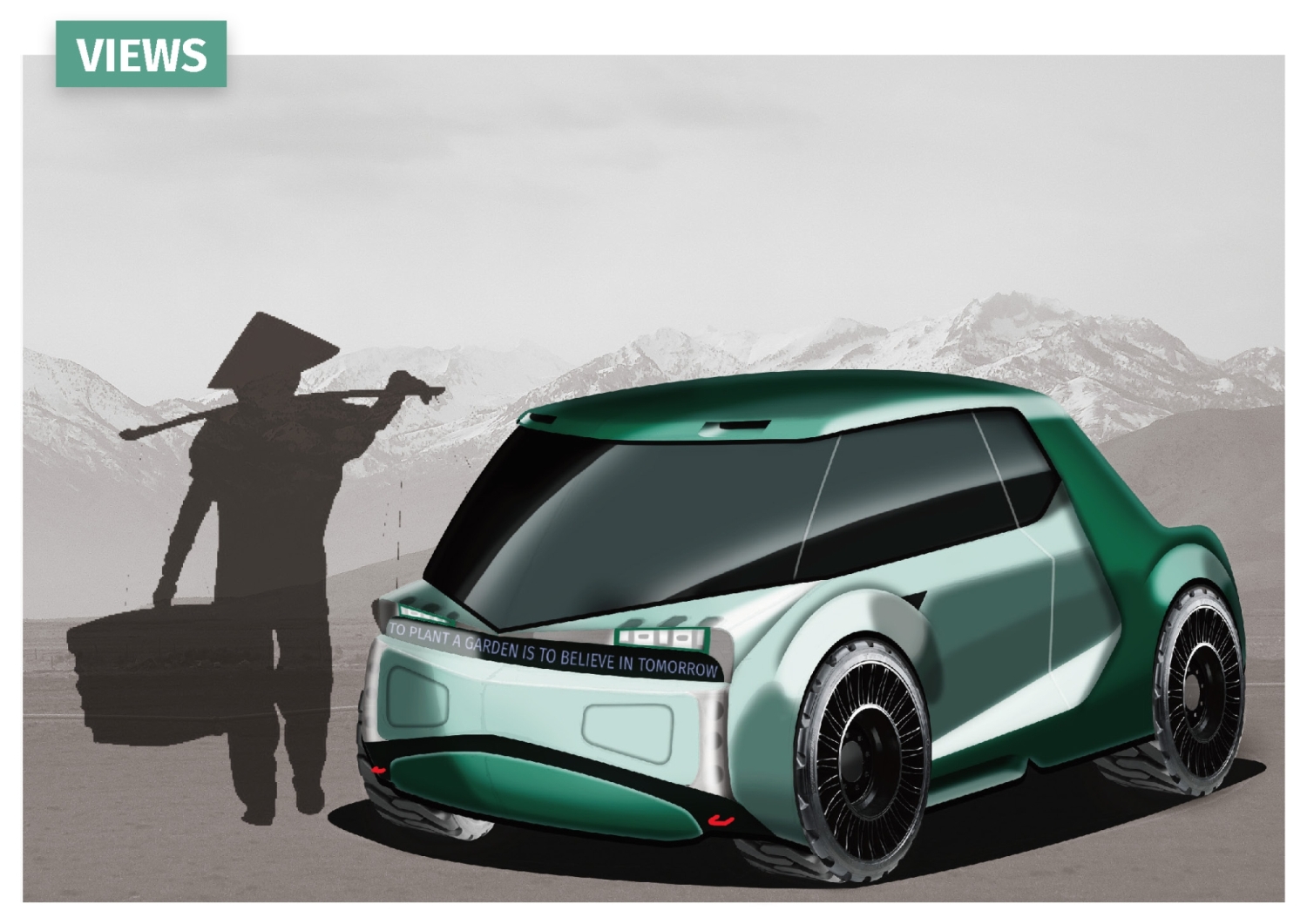
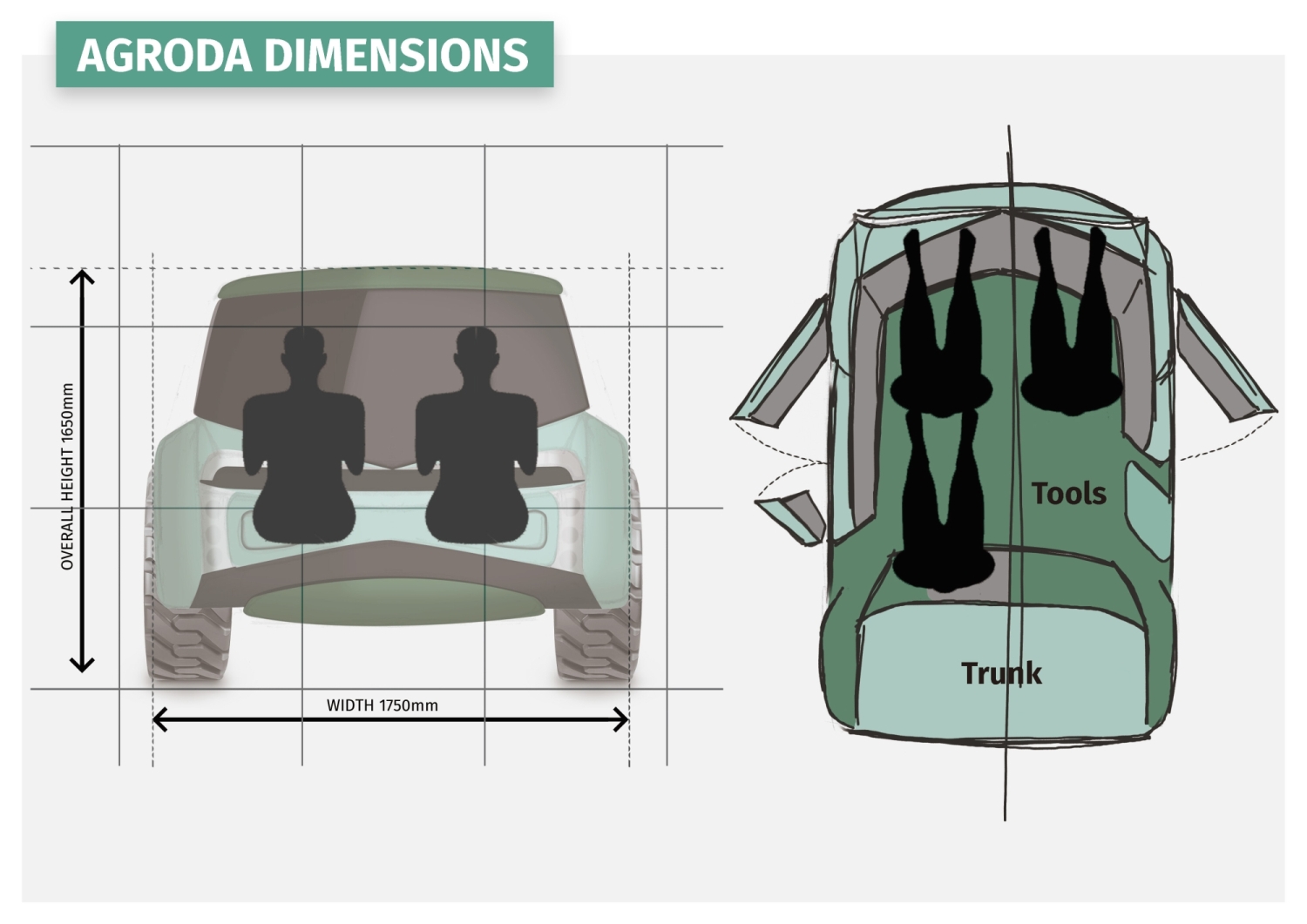
Salim combined functions, “Compact car” and “Agriculture,” and proposed a small sized agricultural vehicle. It’s designed for new entrants into farming, not current farmers, that is a unique point in his design. Assuming it will be used in a community consisting of small-scale farmers or individuals, he emphasized a practical use and yet attractive design of the vehicle. Indeed, we see that several points in his design are well designed. For example, in the package layout, there are 2 seats in the front, and one seat in the rear. The open space next to the seat in the rear is for a purpose of loading farming implements. Moreover, in order to take the passengers and luggage as many as possible within the vehicle’s overall lengths, he applied the cab forward into the proportion.
His design aligns with the purpose of the vehicle, that received a high evaluation from Mr. Yamashita. The point to be improved in his design is a cargo area. If he could propose some features specialized in agriculture (For instance, users can load the equipment covered with dirt or mud and the vehicle can deal with it), his score would be higher.
Evaluation at Intermediate Check

At the Intermediate Check, Mr. Yamashita evaluated that Salim decided to go with this idea and his design direction was firmly set, however, at the same time, Mr. Yamashita was concerned that it didn’t look like a farming vehicle at this point because the surface of the body had softness.
The 3rd Prize
Mitsumori
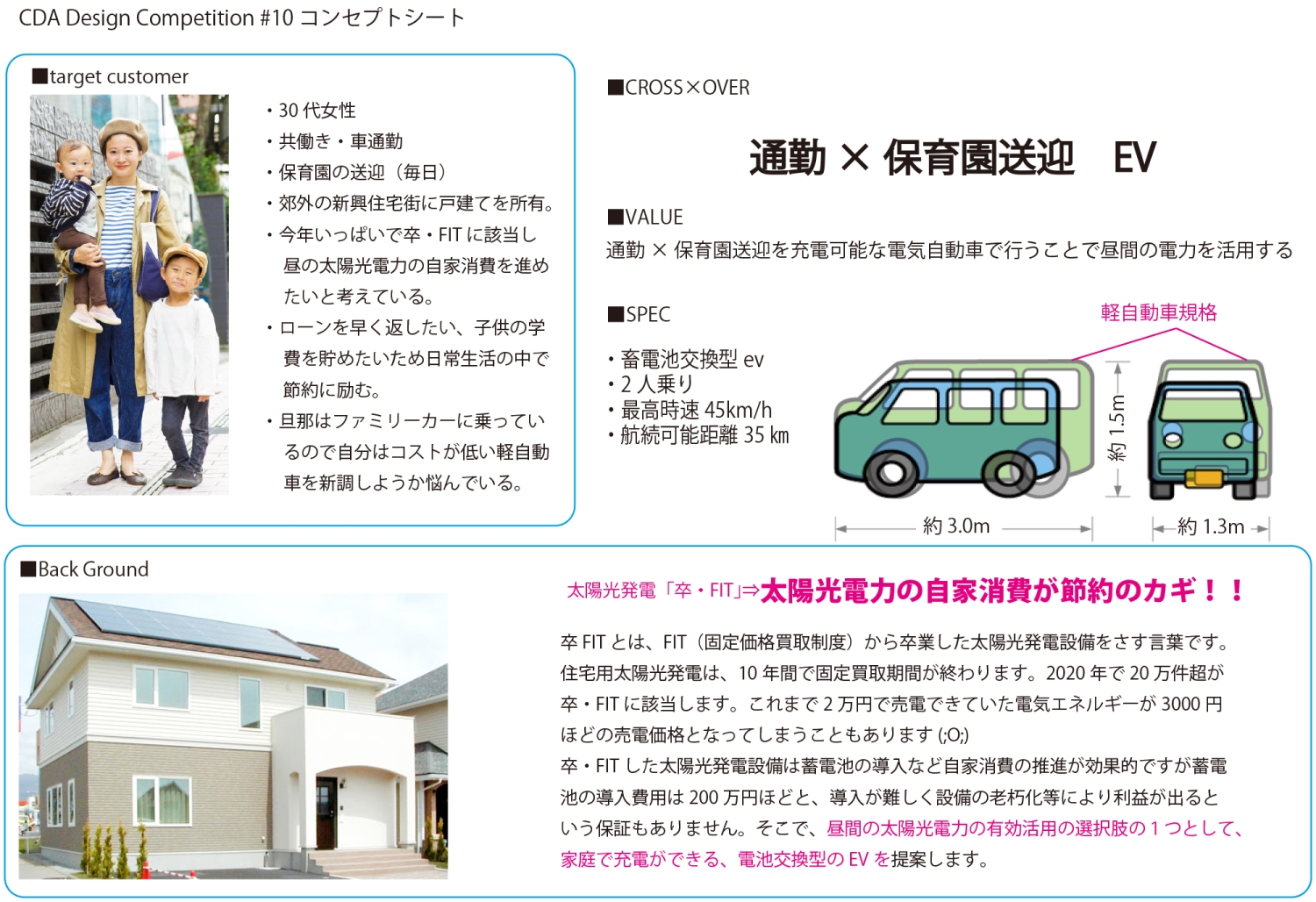
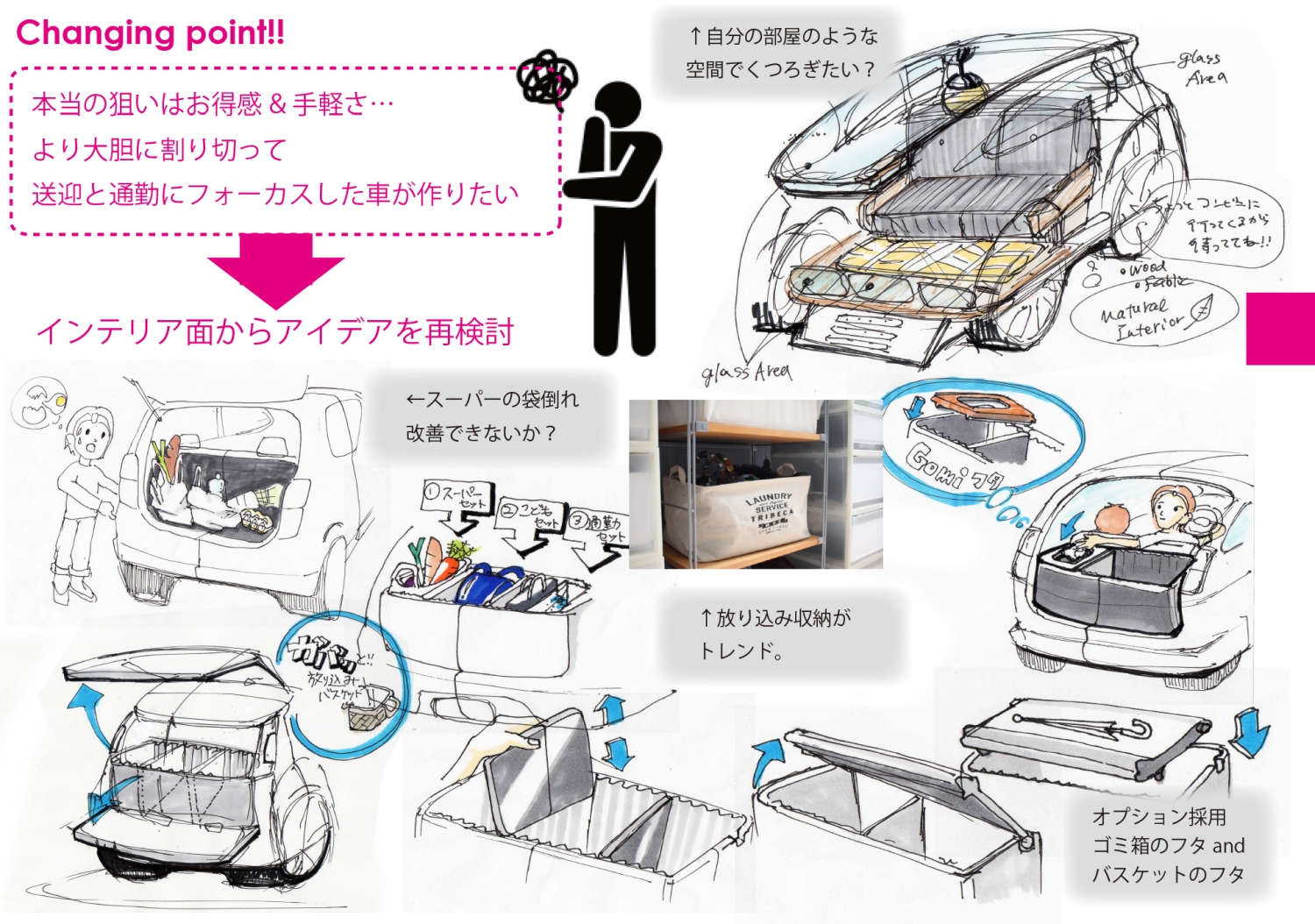

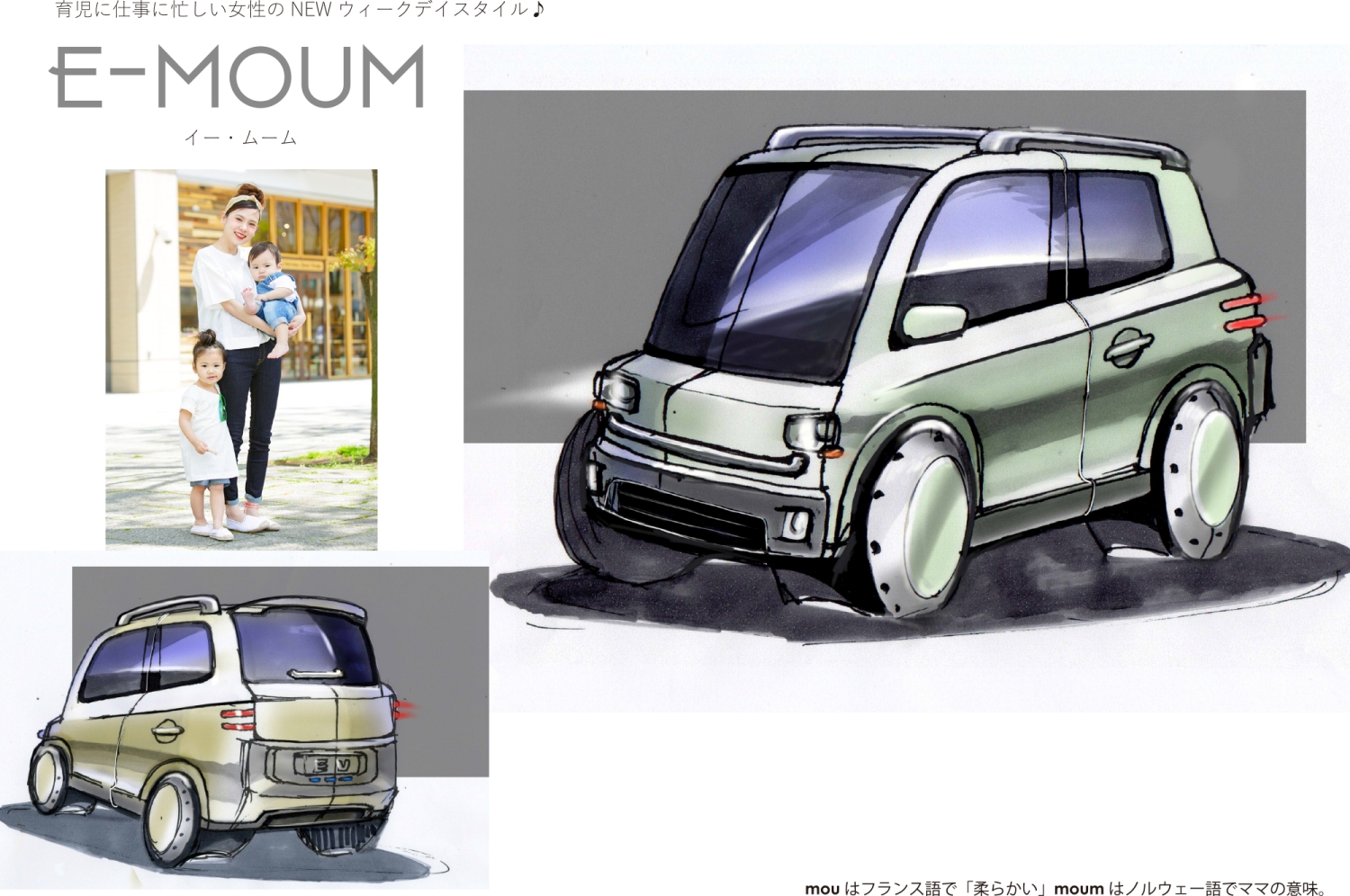
Mitsumori combined functions, “Commute” and “Dropping kids off & picking them up at nursery school” which is a very original concept, and proposed a compact car for working women. Her sketches certainly tell that she tried seeking the solutions by exposing everyday routine and functions that are essential when those women drive a car. Mr. Yamashita highly evaluated her idea development which was widely stretched. Especially, the number of her scene sketches surely tell her an aim, that is outstanding.
However, judges concerned her selection of key sketches. There actually were more attractive and unique ideas than the key sketches she selected. Not only producing ideas, designers also need to develop a skill for making the right design choice. We expect her to absorb Mr. Yamashita’s advice and the level of her next works will be higher.
You will see more Winnning Works from here!
※A slide show starts by clicking on the image.
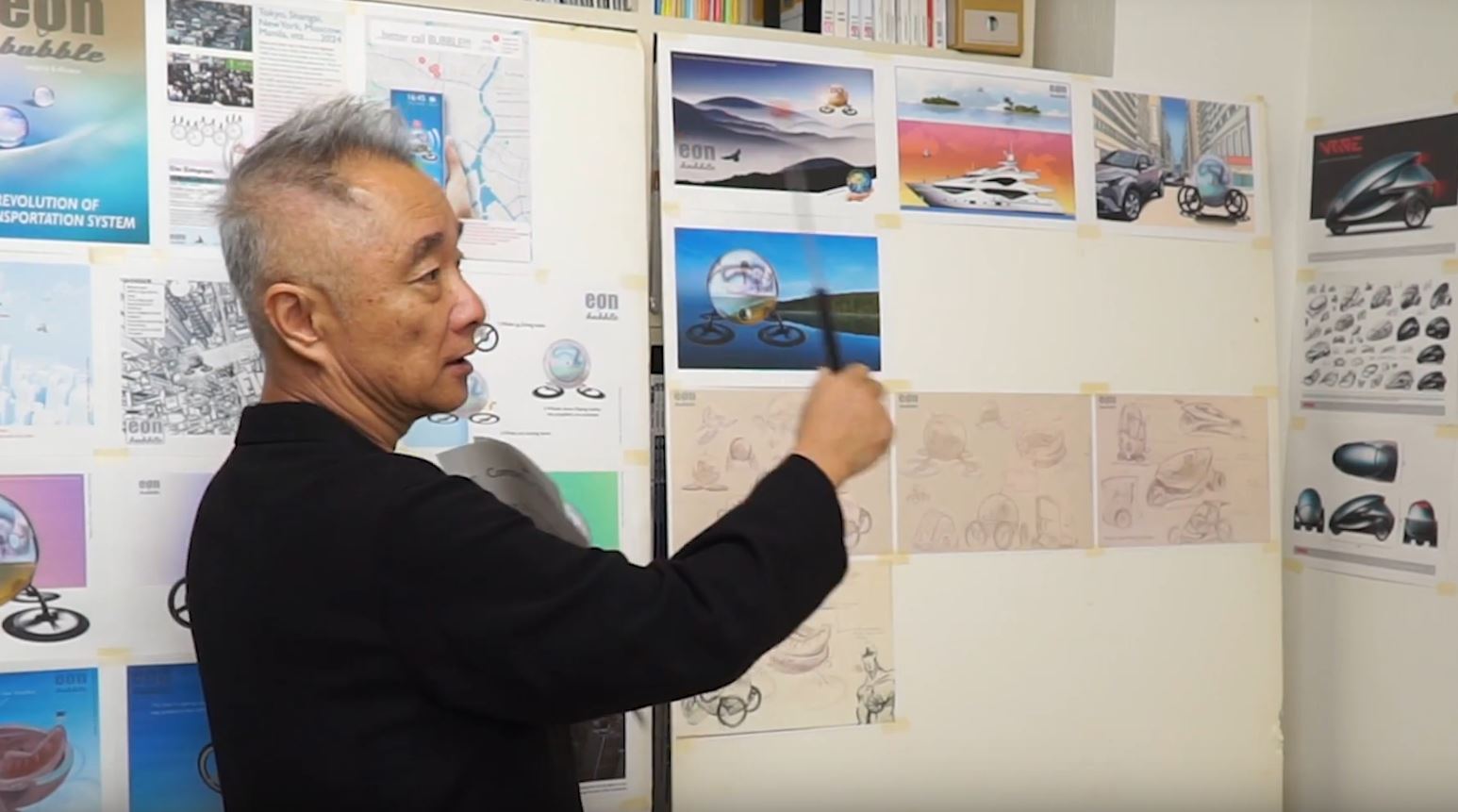
We have been releasing all judging process including the Intermediate Check on our education platform, and only CDA students are able to access it at any time.
We believe that it helps students to improve and to gain a way how to win the competition by knowing the results of how other students recieved evalucations from judges.
Would you like to know more about our competition? Are you having any concerns in learning car design? We are delighted to set up the video conference, “Free Individual Information Session”, and you will talk with our top designer. Please feel free to apply from here.
Free Indivisual Information Session



